 Developing Bauhaus Principles and Aims of the School Continuing the legacy of the Bauhaus, the Ulm School of Design was another radical design institution that has a huge effect on 20th century design. In 1946, various people attempted to revive the Bauhaus's ideas in Germany after the Second World War. The school was established in 1953 by Inge Scholl in memory of her siblings Hans and Sophie Scholl, who were executed by the Nazis in 1943 for being members of an anti-facist resistance group. Otl Aicher and Max Bill were also founders of the school. Bill was a Swiss artist, sculpture, architect, industrial, graphic and product designer and previous student of the Bauhaus before its closure, and was the Ulm School of Designs first head master until the late 1950s. Otl Aicher was a German graphic designer and typographer, particularly interested in corporate branding. Born in Ulm, Aicher was friends with the Scholl family, and was also strongly against the Nazi movement. After being arrested and forced to join the army, Aicher deserted and hid at the Scholl's family home. After the war, he attended the Academy of Fine Art Munich studying sculpture and then later married Inge Scholl, where alongside Max Bill, they established the Ulm School of Design. In 1969, Aicher designed the brand identity for the German airline Lufthansa, which the logo is still used today. Aichers interest in corporate branding resulted in him being commissioned to design the 1972 Olympic Games branding. It was requested that the design complement the architecture of the new stadium that had been built in Munich, basing his work on the 1964 Games iconography designs by Masaru Katsumie. He designed pictograms to visually interpret the sports in order for people to find their way around the stadium, using grid systems and bright colours. The colours were inspired by the Bavarian countryside and the Alps mountains of blue and white, in addition to green orange and silver, each allocated to different areas such as media and public functions. These colour themes were also used to colour coordinate staff through their uniforms relating to which department they worked in. The typeface 'Univers' was used for Aichers designs and twenty one sports posters were produced to advertise the games. A process called 'posterisation' was used in the graphics to separate the tones of the colours from the images; the first posters displayed were of the stadium. These designs later inspired the DOT pictograms that are seen indicating toilets and telephones all around the world. Aicher also designed the Munich Olympics logo, a spiral shaped garland representing the sun and the five Olympic Rings, as well as the famous dachshund mascot which had colours representing the Olympic Rings, designed to represent the resistance, tenacity and agility of all the athletes. In his later life, Aicher consulted for 'Bulthaup', a kitchen manufacturer, and created the 'Rotis' typeface family in 1988, before his death in 1991.  Product Design and the Domestic Sphere Any sort of formal qualifications were not required to become a student at the school, they looked for those with talent, drive and enthusiasm. Much like the Bauhaus, student studied a basic course first before moving to specialist areas that overlapped to create multi skilled designers rather than with specialist skills in one area. Topics were grouped together under general headings such as economics, politics and philosophy. The basic course consisted of studying through visual experiments (perception, symmetry), workshops (wood, metal, plastics, photography), presentation (drawing. writing) and methodology (logic, mathematics). Visiting lecturers also created an atmosphere of constant discussion, critique and ideas coming in from other areas, and permanent lecturers were also encourage to take on work outside of the school in order to bring in more funding. Max Bill resigned in 1957 due to conflict with the staff regarding the progression of the school, as he was failing to recognise the importance of building industrial links in order for designers to have an influence in rebuilding society after the war. Thomas Maldonado took over his role and wanted to move the school away from 'art' and more towards science and an objective design process. He developed the 'Ulm model', a view of design which involved the whole of society. Development groups were created where students could work with industry partners to develop and manufacture products that could make a difference in the world. The schools approach revolved around the design of a system rather than an individual object. Areas of focus included furniture systems, construction systems, electronic systems and communication systems. The electronic system revolved around creating products that could be multipurpose and fit into a modern, domestic environment. The school collaborated with the company 'Braun' alongside Dieter Rams, one of the most well known industrial designers, to develop new products with the students. Designs were geared more towards targeting the newer generation and their willingness to embrace new technology, which the older generations were still quite afraid of. As a result, consumerism grew. Innovations in Graphic Design The school also had a communications system area of development which involved designing marketing material, packaging, mapping etc.. The British designer and typography, Anthony Froshaug was among the teachers at the Ulm school of design associated with a more systematic approach to graphic design. Much of the work produced at the school was documented in a magazine which Froshaug designed, becoming quite influential to magazine design today due to his purest approach to type. In the 1960s, the school started emphasising more on theory again, which was opposed of strongly by Maldonado and Aicher. Collaborations with industry and maximising profits, and the philosophy of using art and design for social good and democracy caused clashes which unfortunately undermined the whole institution. Due to this funding was withdrawn, forcing the school to have to close in 1968.
However, many of the innovations introduced by their approach to design is still relevant in teaching today, using methodical, analytical and reflective techniques in our own studies of the subject.
0 Comments
These two weeks revolved around developing confidence in drawing and sketching. One Point Perspective Perspective drawings make an object appear solid using a linear illusion of depth, making objects look solid and three-dimensional. One point perspective uses a single vanishing point... Moving cubes and boxes around the horizon within the frame: Playing around with fences: Playing around with grids/chessboards: Playing around with ellipses/cylinders: Two/Three Point Perspective Thumbnail Visuals Warm Up Session
Aims and Philosophy of the School The Bauhaus was one of the most influential institutions into art and design history; the worlds greatest art school. Though it only existed for 14 years, it had a huge impact on art and design education and what is produced today. The school sought to train a new generation of designers with all round skills, starting with design basics followed by training in workshops, aiming to unite art and technology. The origins of the Bauhaus goes back to mid 19th century England, where the founder of the Arts and Crafts movement, William Morris, inspired to counteract the cultural damage caused by industrialisation. This eventually reached Germany, where they were inspired to create their own art school system and art and craft manufacturing. The goal was to close the division between someone who made things and the artist. People of any background, gender or nationality were welcome to be a student.  Key Figures Founded by the architect, Walter Gropius in 1919, the Weimar Academy of Arts and the Weimar School of Arts and Crafts was combined. Gropius wrote a manifesto as a basis for the concept of the Bauhaus, based on experimentation through craft to create a new visual vocabulary for industrial manufacturing; not just to create one off objects but rather people who could design for mass production. The first example of Bauhaus architecture was the 'Haus am Horn' which was part of the Bauhaus Exhibition in 1923. The building was designed by Georg Muche but many members of the school contributed various aspects to it, demonstrating ideas for modern living; a prototype of modern construction. It was considered to be a sort of testing ground for new materials, contraction methods and technologies, focusing more on functionality rather than ornamentation. The house was designed for a family without domestic staff, showing the schools political aspirations as they wanted people who were less fortunate to still have a nice place to live. It was the first building to feature a fitting kitchen, central heating, modern gas stove, washing machine, telephone system and Lino flooring. Everything inside was bespoke for the house.  In 1925, the school moved to Dessau due to political pressure causing cuts in funding, but this only resulted in motivating people more to produce work that was related to social change. A lot of resentment from the general population in Dessau was caused by the libertarian lifestyle of those associated with the Bauhaus, and as a result in 1927 Gropius resigned as director. A new director was appointed, Hannes Meyer, a Swiss architect, and previous professor of the school, who philosophy was more about meeting the needs of the people, rather than making things that were luxurious and beautiful. However, he was thought to be a threat due to his communist associations and was then deposed and replaced by the last leader of the Bauhaus, Ludwig Mies van Der Rohe. Mies van Der Rohe tried to detach any associated political involvement but despite his attempts the city council of Dessau passed a resolution to close the Bauhaus in 1932. The school was then moved again to Berlin in an abandoned telephone factory but financial backing had been severely cut, the building was raided and even some students were arrested and so it was decided that the Bauhaus was to be closed completely in 1933. Many of those who taught and studied at the school immigrated to avoid the political situation in Germany and so its ideas and ideals were spread across the world and other cultures. In 1937, Laszlo Moholy-Nagy founded the New Bauhaus in Chicago in an attempt to continue the educational philosophy. The Basic Course and the Workshops in the beginning, Gropius appointed some of the leading figures in the arts to be the 'masters', including Lyonel Feininger, Wassily Klanindsky, Paul Klee, and Oscar Schlemmer. The tutors developed a new programme based on a 'preliminary course' which involved studying composition, colour, materials, collage, life drawing etc, as well as more practical based training in various specialist workshops to which students were allocated to according to their strengths and potential. These were also complimented by some non-artistic subjects such as ballet, singing, and drama. Workshops included sculpture, ceramics, joinery, metal work, weaving, printing/advertising, graphic printshop, stagecraft, stained class, wall painting and photography. Most creations were made with the intention to be for mass production and taken to local factories and many design classics were produced that we still see today. The Output of the Visual Communication/ Typography Workshop There were various workshops devoted to graphic art, one of which was printing and advertising. The other workshop was the graphic printshop, which produced limited addition prints and portfolios by the Bauhaus masters. One of the masters, Herbert Bayer, dedicated himself to designing new types of lettering and modern typefaces combined with very simple graphic elements. Born April 5th 1900, the Austrian and American graphic designer began his studies as an apprentice under the architect Georg Schmidthammer and then later became a student of the Bauhaus studying wall painting under the Russian painter Vasily Kandinsky. After graduating form the school, Bayer was appointed head of the printing and advertising workshop where he taught students about the potential of letters and layouts of type as a form of communication. He was responsible for innovations such as the 'Universal alphabet', a typeface which he created, commissioned by Gropius, that consisted of only lowercase letters. The font was made up of a simplistic geometric san-serif, and it became the schools signature font. Bayer also emphasised to his students the importance of design having a dynamic sense of composition, using geometric elements, often combined with primary colours, in order to be suitable for mass production. Bayer designed many groundbreaking printed material and advertising graphics, containing elements such as type on its side, areas of white space, sense of alignment, abstract shapes, and photography combined with geometry, features that are so fundamental to how graphic designers work today. He also created designs for kiosks and small booths during the early 1920s, where he combined bold colours and typefaces with architecture and advertising techniques. Whilst working at the Bauhaus, Bayer married the photographer Irene Angela Hecht who he met at the first large Bauhaus exhibit in Weimar, and in 1928, he left the school in order to become art director of Dorland advertising agency and Vogue magazine. Bayer then left Germany in 1938 and during this time he created/directed various exhibitions such as the Deutscher Werkbund exhibition in Paris alongside Gropius and Laszlo Moholy-Nag. He then continued working as a commercial artist and graphic designer, designing the American propaganda exhibition Road to Victory in New York, consulting at the Aspen Cultural Centre and directing the design department of the Container Corporation of America until his death in 1985. The incredible objects originally created by the Bauhaus are seen everywhere in art and design today. The word 'bauhaus' is even used as a word to describe a certain kind of functional, modern style, illustrating the major impact the school has on design today all over the world, throughout architecture, product design and graphic design.
Brief For our second project we were asked to transform ourselves into an inventive 'designer' paper toy. We were required to present the made up 3D model of our character, in addition to the A4 net with associated typography, graphics, instructions and cutting lines. Our toy had to be in some way recognisable as ourselves, reflecting our own culture, background, interests, sense of humour and concerns. It could be rendered digitally or as traditional artwork. Research Paper toys are constructed by cutting, folding and glueing paper to form desired shapes. They originate from the art of origami (research from here). I began my research by looking at other designs for paper toys online, particularly at different ways to layout the nets to create the shapes/pieces. I wanted to be able to draw out the net myself from scratch rather than just using a template. Here are some of the ones I used for reference (links are in the captions): Development I first brainstormed some ideas of how I wanted my paper toy to represent me by doing a quick mind map of some of the things I associate with myself. For example, my interests include Harry Potter so one idea was to create myself wearing a Hogwarts robe, holding a wand or spell book. Another idea involved representing me being a vegan; wearing an avocado costume to add some humour, simply a typical outfit with the vegan symbol on the shirt, and extras such as holding vegetables to link to the stereotype of vegans only eating healthy. Here I also thought a little bit about the net itself with the idea of having an interchangeable face to show different emotions. I then did a few quick sketches of some of the initial ideas. I decided to move away from the avocado costume idea as I wanted my paper toy to still have sharp edges and be cube-like similarity to how they are traditionally. So I focused on drawing visuals of myself wearing a typical outfit I would wear that still showed a part of my lifestyle with the design on the top. Here are some mock ups/experiments of some of the shapes I wanted to create. Inspired by one of the paper toys I linked above, I tried to make a net for the head and hair separately as I thought it made it look like it had more dimension. Next I started to draw out rough diagrams of the nets for the shapes that would make up my paper toy. thinking about where the tabs needed to be placed for gluing. I chose to create nets for the top, left arm and right arm, bottoms, head, a hair piece and a base. I then decided to draw the nets onto graph paper in order to keep them as accurate as possible. Using a light pad, I cut around the nets so that I could arrange them to fit on A4 paper before scanning them and drawing them out digitally on Procreate, making sure the lines were crisp and clean. After this, I constructed the mock up nets into their 3D models using a craft knife and ruler to cut out the nets, score the fold lines and glue the tabs together. Final Piece Once I was happy with the nets, it was time to add colour. Using my preliminary sketches of designs as inspiration, I used Procreate to colour my paper toy. I wanted it to be realistic and true to my likeness, but in a cartoony style. I coloured the tabs black to make it clear they were the parts to add glue to and also made the lines that are scored and folded as dashes. I then designed the page to include instructions for construction as well as labels to each of the pieces to make it look more like a finished product. Overall, I am happy with my finished paper toy and I feel it fits the brief well as it represents me and my interests. The things I think I could improve on the most is that my research could have been more thorough, in addition to the amount of initial ideas being drawn up as thumbnails so that I had more designs to work from. However, I did experiment with the nets and shapes and how I could draw out the grids before committing to the final piece, showing development from start to finish. Below is the made up 3D model of my paper toy.
Early Modernism/Cultural Determinism Modernism was a sustained period of innovation and expansion in the arts, starting roughly from the 1800s to the late 1970s. There are a few key themes: Modernism is told as a great meta-narrative. Going through the 20th century it is told by key figures such as artists critics, historians, and has a sense of hierarchy and order. It also signifies a conventional, patriarchal view of art and design history. Showing a a quest for originality through constant experimentation in literature, music, visual arts and architecture, it was a series of interlinking movements. Another key theme was determinism. From the 1870s innovation in science, technology, and industry and changing socio-political ideas was closely linked to the changes in art. The philosopher Karl Marx broke down society into the infrastructure (economic sphere of productive activity) and the super structure (social sphere). He argued that change happens at different speeds in each sphere and what happens in the infrastructure determines the superstructure. The Shock of the New and Crisis of Representation The old ways of portraying the world were no longer relevant. The idea of a static image of one perspective no longer made sense so new ways had to be thought up in order to depict the new interactions with industry and technology, time and space, changing social conditions and notions of peoples identity. It's now a more complex world.  20th Century Paris (Post-Impressionism) In 1889, Paris held the Exposition Universelle, a world's fair to showcase art and technology side by side. The Eiffel Tower was a big symbol of modernism and so served as the entrance into the fair. Impressionists were revolutionists, painted real everyday life, usually outdoors with a first person view. It was developed by artists such as Claude Monet who's work showed a greater understanding of light and colour in natural scenes by working quickly. Post-impressionism, however, describes the changes that came about after the Exposition. One of the major figures who developed the art movement was George Seurat, a French artist best known for introducing the painting techniques chromoluminarism and pointillism. His work differs from classic Impressionism as even though he is still painting what is real, his work was heavily pre-thought out in a studio before resulting in the final piece. Another important Post-Impressionist was the French artist Paul Cézanne, who's work is characterised by vivid colours and constructive painterly brushstrokes to create geometric forms. His work also featured creative perspectives; his paintings would often show the subject from different angles at the same time, which later became a major influence on Cubism. 20th Century Milan (Futurism) Futurism was a movement that originated in Italy which emphasised speed, technology, youth, and violence. A lot of Futurist art contains themes such as the car, airplane and the industrial city. Founded in Milan by the Italian poet Filippo Tommaso Marinetti, a manifesto was brought out where he was joined by painters such as Umberto Boccioni and Giacomo Balla. Futurists wanted you to be energised and motivated. Boccioni's painting 'The City Rises' is a good example of Futurism, symbolising manual labour through the rapid movements of the crowd scene. Similarly, Balla's painting 'Dynamism of a Dog on a Leash' shows the action in blurred frames depicting light, movement and speed. Modernism can be seen as a design for living. Structuralism implies we are formed and influenced by our surroundings; form follows function. 20th Century Moscow (Constructivism)
Post Russian revolution saw the first flush of communism. Film makers, artists and designers were used as messengers of the state and to create its visual identity. The western idea of the artist was rejected; they would use their talent as artists to get messages out using words and images as agents of revolution to influence society. This became known as Constructivism; a belief that art should reflect the modern industrial world. Agitprop was designed to get people attention, motivate and get people to do stuff. Posters were created that were assertive, powerful in order to be used as mass communication. They featured dynamic geometric layouts but were restrained to limited colour options, fonts and usually made from recycled materials. They also featured heavy use of photography, using the power of image to grab peoples attention. The Stenberg Brothers were Soviet artists and graphic designers famous for their cinema posters which were nearly all of them were illustrated. They actually developed an overhead projector that allowed them to project images onto the posters and play with geometric forms, distort perspective, crop and montage elements and type. One of their most famous posters was for the silent film Battleship Potemkin. The piece has strong features of industry and modern warfare capturing the viewer with bold and powerful colours. Geometric elements seen through the use of diagonals as opposed to static verticals create a more dynamic perspective to the composition in addition to exaggerating scale. Another Russian artist associated with the Constructivist movement was El Lissitzky who is thought to have pioneered geometric collages of just photographs. The piece 'The Constructor' features himself with his hand over his face holding a compass. The highlighted eye gives the impression that he is symbolising the notion of the idea to production. It differs to the Stenberg Brothers work as it is has no colour, thought to make his face stand out more. The lines are are sharp, precise and distinct which represents the revolution of the machine. The type 'XYZ' symbolises the idea that it is the end of the last art movement; futurism is the future. It is overall a very powerful image.  The Late 19th Century During the late 19th century, if you wanted to become a painter or sculptor (and you could afford it), you could go to art school. You would spend most of your time studying the human form as making and designing things was considered to be more lower class. It was rare you would see a female as women were not allowed to attend art schools until much later on; they weren’t even allowed to paint the naked body and would be limited to studying sculptures instead. If you wanted to become an architect, you would learn it on the job much like an apprenticeship. Outside of this, there were those who also became interested in design alongside their main career. For example, Owen Jones was an architect considered to be one of the most influential design theorists of his time. He released the book ‘The Grammar of Ornament’, a design sourcebook containing ornamental designs from all over the world in order to help other aspiring designers take influence from others. Another inspiring artist was Dr. Christopher Dresser, a designer and design theorist who considered himself to be an ‘ornamentist’. He pioneered conventionalised ornament. The more something is stylised the more it is conventionalised. He is widely known to be the worlds first ‘industrial designer’; he understood how things were made but he would provide the designs to ceramic and furniture companies rather than making the himself. It is clear that he was claimed by the Aesthetic Movement, influenced by Japan after a trip to the country where he brought back things for inspiration, as well as being iconically known for his modern/minimal looking metal work  The Arts and Crafts Movement The Arts and Crafts Movement was an international trend in the decorative and fine arts marking the beginning of a shift in how it was thought things should be made. This was due to the damage the effect of industrialisation had on society. In 1884 a group of British architects created an organisation focused on the ideas of William Morris and the Arts and Crafts Movement in order to bring artists/designers together to discuss topics and learn things from each other. Later on, the Art Workers Guild formed the Arts and Crafts Exhibition Society in order to exhibit the decorative arts alongside the fine arts. It is interesting to note that the poster for this society contained an illustration of an artist and worker shaking hands, a symbol for setting aside class to come together as creatives. An example of a designer considered to use the Arts and Crafts style is C. F. A. Voysey, an English architect, furniture and textile designer, mainly known for building several country houses but who also designed wallpapers, fabrics and simple furnishings in his early career. Another well known contributor to the movement was C. R. Ashbee, a British architect and designer who founded the Guild of Handicraft to help teach traditional craft making skills. Art Nouveau The members of the Arts and Crafts movement were not particularly big fans of Art Nouveau because they believed it was not true to materials, taking hours to carve, having elements not necessary for the structure and designed purely for aesthetic reasons. However, it did originate in the UK. A big influence of Art Nouveau was nature and natural things. Artists were inspired by plant forms which they then flattened to create abstract and elegant creations. The style was interpreted differently by different countries; the French city of Nancy embraced it throughout the entire region covering buildings with extravagant floral and leaf motifs. Artists including Émile Gallé and Louis Majorelle co-founded the ‘Ecole de Nancy’, the leaders whose inspiration stemmed from plants and animals. The style was also interpreted different by designers in Madrid. The Colonia de la Prensa is a good example of architecture with beautiful modernist ceramics, wrought gates and statues.  It is clear there is not just one style of Art Nouveau; another influence was geometry, and asymmetrical compositions, thought to be pioneered by the Scottish architect Charles Rennie Mackintosh. His style was recognised through his use of black and white geometric patterns, characterised by strong but graceful abstract lines and shapes. He is largely know for designing the building that houses the Glasgow School of Art, one of the cities leading landmarks. The Viennese loved Mackintosh and invited him to exhibit at the eighth Secession exhibition, founded by artists such as Gustav Klimt and Josef Hoffman, who Mackintosh influenced significantly alongside a generation of other Viennese designers. Viennese Jugendstil, was hugely shaped by the architect Otto Wagner, whose buildings were usually symmetrically arranged, normally with floral ornamental exteriors using marble, glass, tiles and metal. Another designer involved largely in founding the Secession was the graphic designer Koloman Moser, who alongside Josef Hoffman established the Wiener Werkstätte, a company that brought together designers and artists from different specialities. Some good examples of the geometric style of Art Nouveau are shown in Hoffman's designs such as the 'Kubus Armchair’ with the use of squares and cubes, and graphic art with clean linear lines. The Symbolists
As a young man, Moser was one of the many artists considered to be ‘Symbolists’, a movement that sought to use art to escape from reality and represent ideas and emotions, depicting an inner world. It was heavily influenced by the work of Edward Burne-Jones. A good example of a symbolist painting is 'The Crying Spider’ by Odilon Redon; a representation of his internal feelings and ghosts of his own mind through the image of a crying human face on a spiders body. Another good example is 'Anxiety’ by Edvard Munch, symbolising emotions of heartbreak and sorrow. The first two weeks of this project revolved around us practicing, experimenting, planning and exploring. The aim was to get us to develop competence independently and learn from looking at the work of others; to engage with the world. We were given two weeks of old school projects to work through to showcase our problem solving, showing no glue or construction marks. Books Our first few tasks instructed us to make three books; saddle-stitched, stab-stitched and perfectly bound. Each of these included certain specific requirements such as size and decorative motives on the covers and inside the pages. Presentation The next tasks involved working on our presentation skills, mounting postcards, drawing out shapes pristinely and embossing. Each of these had to have specific size requirements and be centred correctly. Cutting We then moved on the cutting. Tasks included cutting out a circle perfectly with a 40mm radius, cutting out and mounting type in a specific size and font and creating our own decorative paper cut out using a craft knife. The Third Dimension These tasks involved making 3-D shapes of specific measurements, experimenting with surface patterns and creating our own paper sculptures using cutting and folding techniques. Paper Play Session This sessions aim was to encourage us to think about folding, cutting, light and shape by creating mini pop-ups and photograph them from a series of different angles. Anatomy of Type and Type Personality Workshop
There are different features that make up letters. For this workshop we were tasked to render a sentence accurately on tracing paper, making sure to consider the anatomy of each character, 'thicks and thins', and the leading and kerning of each character/word. The Brief For our first two week project we worked as a team to create a book of experimental typography consisting of lines of text we were each given to work with to create our own individual pages. The final book is to be commercially printed and sold at the Lakes International Comic Arts Festival. A comic is most commonly described as being made up of a series of panels containing images used to express ideas. These are usually combined with text or other visual information (research from here). As graphic designers, our aim was to use type and typography to interpret and create an abstract response to the text we were given. The compositions had to be entirely typographic and created using analogue techniques and in addition to this, we were restricted to using only black and one other colour of our choosing. The aim of this project was experimentation and exploration, rather than design problem solving. Research To start me off on the right track I began with researching experimental typography to gain some inspiration. Experimental typography can include altering and manipulating the shapes of letters, playing with letter spacing (white/black space), font size, texture, and layout to create new unique designs (research from here and here). One of the graphic designers I looked into was the Swiss typography work of Wolfgang Weingart, who is known for breaking the rules of typesetting. I was particularly interested in his technique of distorting type by spacing out letters, curving lines, collaging and reorganising type to create new compositions. Furthermore, another designer I liked was Chris Ashworth, who similarly to Weingart, was inspired by Swiss design, known for using barcodes, horizontal lines and multiple transparent layers (research from here) Experimentation In order to get us started with experimenting ourselves, a workshop was held from which we were encouraged to explore different techniques and approaches. These involved taking typefaces of various sizes and styles; slicing letterforms into multiple parallel strips and sliding them against each other, mashing up two contrasting typefaces, interweaving two differing typefaces of the same letterform. Other techniques included cutting out a viewfinder to crop portions of letterforms and rearranging the squares, tearing to create an illusion of the letters disintegrating, and using tracing paper to overlap multiple layers of type. Below you can see these techniques in play through my own experimentation. I then continued to experiment further with different materials and mediums. In another workshop we were encouraged to create our own print block of a large letterform from a piece of polystyrene, and print with one/two colours, messing around with misalignment and overprint effects, using acrylic paint, crayon and coloured pens. In addition to this, I chose to distress some of the prints I made; blowing ink to create a dripping effect, sponging paint onto the stencil, overlaying wax crayon with ink and smudging charcoal. I then went on to experiment with collage techniques, trying to think about positive and negative space and the differing scales of the shapes. Development After all that experimentation it was time to start combining it with the line I was given for the comic to make my page. My line was: ‘I woke up in the morning now I go to bed waiting’. To begin, I decided to use one of the techniques by printing out two pages of the line repeated in differing fonts and sizes and interweaving them to create an abstract effect.I then decided to distress it further using an effect on Procreate to fade certain areas to make it look more worn away. I then decided to have a play on Procreate, using some of the collage techniques I learnt previously through the workshops to distort the text. I tried to think about the use of black and white space, adding small pops of colour to add more interest. The only thing I don’t like about these quick compositions is I felt it looked a little too busy, and because I did it digitally I wasn’t happy with the lack of texture that you would get if it was purely analogue. After this, I then went on to think more about the layout of the pages; how I wanted the lines to be lined up on the page and which words I wanted to put particular interest on. One idea involved setting up the page so the line ‘I woke up’ started off small and gradually got bigger to put emphasise on ‘up’. However, I decided against this as I thought that word wasn’t as important as some of the others. Another idea involved abstracting the word ‘waiting’ to look like an hourglass. In addition, I tried to think about way I could manipulate the text to create images representing the words, for example, taking away part of the ‘O’ in ‘woke’ to look like an eye and ‘morning’ to make it look like a rising sun. I also thought about how I could represent the meaning of the words through different typefaces, for example, thin, clean, spaced out letters for ‘woke’. Next I decided to play around a little more in Procreate to create a pleasing composition using some of my ideas. I was happy with the outcome but for further development I attempted to create an analogue version using the techniques from experimenting. I made stencils of some of the words and used a sponge to print the letters on the page, creating a more old-fashioned printed texture, and took the interwoven piece I did previously, adding rips and making it look faded into the background. However, I struggled with not making it look too overworked and as a result chose to go with a different approach. Here I experimented with different layouts: the first containing horizontal lines connecting the words as a way of representing rays of sun light. I also thought about repeating some of the words to add more emphasis. Once I was happy with the overall layout of the main text, I added some colour, keeping it towards the top of the page to link to the time of day, and also playing around with how I could add the interwoven text to the background to keep the page balanced. I also decided to try adding some of the faded text to the ‘O’ in ‘morning’, whilst still having the yellow shine through.  Final Piece Once I was happy with the layout of the design and had a good idea of what I wanted it to look like I began to cut out the letters in the font I chose to arrange on the page. I purposely printed out the letters to look sort of worn and faded in areas to give the impression it was cut from a newspaper. I then cut out stencils of the words 'woke’ and 'waiting’ to print them onto the page using black acrylic paint and a sponge to add texture. I also decided I wanted the text for 'woke’ to be in white to keep the pages lights and darks more balanced, and I chose to not use the eye shape; I preferred it just filled in white as it looked more open. After this I scanned my work onto the computer and used Photoshop to add a section of the interwoven text I created earlier to the bottom of the page and also faded over the sun shape in the word ‘morning’, making sure the entire piece lined up to the template we were provided. The finished piece is pictured below. Overall, I am happy with the outcome of my piece and feel it fits the brief due to it being an entirely typographic way of interpreting the text. I experimented with a wide range of techniques and mediums and have shown good development in my work through exploring differing layouts and compositions, giving myself multiple designs to work from.
The only thing I’m not so happy with is that I think the piece needed more texture and less white space to look more experimental and more like a collage. In conclusion, although improvements could be made I am proud of what I’ve achieved and know I will have plenty of opportunities to improve my technical and design skills throughout the rest of the course.  This weeks lecture focused on the time period between the 1850s and 1900s; a time where art and design changed radically over a rather short span of time. The Gothic Revival Beginning in 1851, the 'Crystal Palace' built in Hyde Park housed the Great Exhibition where other countries were invited to showcase and exhibit their own achievements of art and industry alongside Britains own. The intention was to show our superiority, however this did not pan out as other countries showed much more advanced design. It was noticed that Britains taste was very over indulgent and 'bourgeois'. This later contrasted significantly due to the reemergence of gothic design. Augustus Pugin, who played a huge role in the early days of the Gothic Revival, believed that true Christian architecture better represented us and our country. Considered a romantic form of architecture, the Gothic approach focuses less on created a symmetrical building and more on making sure its flows and is practical to live in. By the 1960s, Gothic was considered the national style. However, the mass production required to produced these exquisite buildings required a lot of labour. In order to show the wealthy what was really going on behind the scenes, French artist Gustave Dore created a series of illustrations that show the harsh realities of mid-Victorian London.  Pre-Raphaelitism Founded in 1848, the Pre-Raphaelite Brotherhood was a secret society consisting of young artists, including William Holman Hunt, John Everett Millais, and Dante Gabriel Rossetti. They were opposed to the paintings promoted by the Royal Academy, particularly those of the Italian artist Raphael. They believed that art should be as true to real life as possible; not just to decorate but to educate. Pre-Raphaelite paintings are known to be extremely detailed but still imaginative, covering themes such as religion, literature and poetry. William Morris, who had a huge influence on Victorian art and architecture became interested by the Pre-Raphaelites due to his connections with Rossetti. He later commissioned Philip Webb to build him a house, ‘Red House’, and frustrated he couldn’t find any textiles to decorate his home that he liked he decided to design them himself. This led him and his friends to found Morris and Company, where they produced and sold things such as stained glass, wallpaper, textiles, and furniture.  Furthermore, a major supporter of the Pre-Raphaelite Brotherhood was the English leading art critic John Ruskin, who encouraged them to ‘go to nature’. He believed it was the artists duty to express nature to its truest form and was a particularly big fan of the work of Edward Burne-Jones. When visiting a gallery he came across the work of James Abbott McNeil Whistler, who believed paintings should be about nothing in particular; ‘art for arts sake’. Ruskin reviewed one of Whistlers paintings, writing 'I have never expected to hear a coxcomb ask two hundred guineas for flinging a pot of paint in the public's face. This was rather odd considering he had enjoyed the abstract work of J. M. W Turner in his youth. As result of this critique, Whistler sued Ruskin for libel, claiming that his review had damaged his reputation. Ultimately he won the case but his claim didn’t cover the court costs resulting in him becoming bankrupt. It was concluded that whilst a critic should still be allowed to freely review a piece of work, art should not have to teach you anything if it gives you pleasure. Subsequently, all of this initiated and became central to the Aesthetic movement. The Aesthetic Movement and the Cult of Japan In the mid-Victorian period, the western world went mad for Japan. Originally, Japan used to refuse to exchange with the west because they didn’t like what they had to offer, but they were eventually forced and we began trading cultural things for new technologies. As a result, Japonism, a passion for collecting Japanese art, came about, introducing us to a new style of art and design, such as wood block prints (ukiyo-e) and manga which hugely influenced European artists such as Vincent Van Gogh, Edgar Degas and Whistler. An example of a piece of art/design that shows Japanese influence is 'A Cart on the Snowy Road at Honfleur’ (1865) by French painter Claude Monet. Monet had a large collection of Japanese art and was particularly fond of wood-block prints. These can be seen to influence his own work through his use of asymmetry; the landscape has no central point unlike most artwork considered by the Academy. In addition to this, themes of winter and snow were common among the Japanese, such as Hiroshige’s 'Ochanomizu’. Monet was influenced by the use of white and colours such as purples, blues, greys and hints of warmer colours like yellow, giving the impression of bright light reflecting off the snow. Furthermore, another artist considered to be influenced in some way by Japan is the work of British artist Aubrey Beardsley. Known for his bold black and white illustrations, Beardsley was also strongly influenced by Japonisme wood-block prints. His piece 'The Black Cape’ (1894), is argued to be similar to Kitagawa Utamaro’s ‘'Flowers of Edo’ due to its use of black clean fine lines and contrasts of large black and white spaces. As well as the piece being a block print on Japanese vellum, the flowy lines and two-dimensional composition further show how Beardsley was influenced by Japanese art. These contrast with works such as from the Pre-Raphaelites as they showed no influence from Japan. Their focus was more on creating pieces with high realism and likeness of the subject, such as 'Ophelia' (1851-2) by Sir John Everett Millais and Dante Gabriel Rossetti’s 'The Girlhood of Mary Virgin' (1849), depicting insane detail and focus on natural forms. In conclusion, all of this massively shaped the Aesthetic Movement as it continued to grow and inspire art and architecture, focusing on producing art that was for its own sake rather than to express a greater meaning.
|
AuthorHi, I'm Emma. I'm currently studying Graphic Design at the University of Cumbria. Modules
All
Archives
March 2020
|
Site powered by Weebly. Managed by 34SP.com

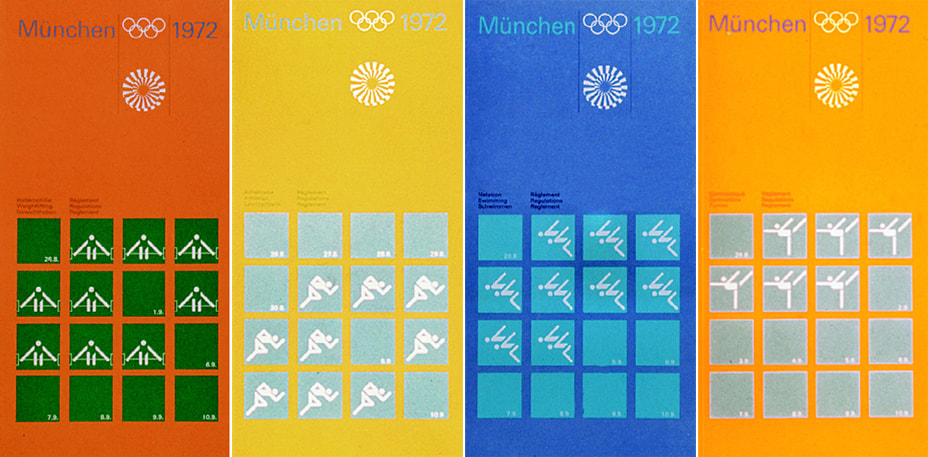
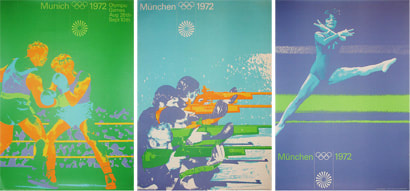
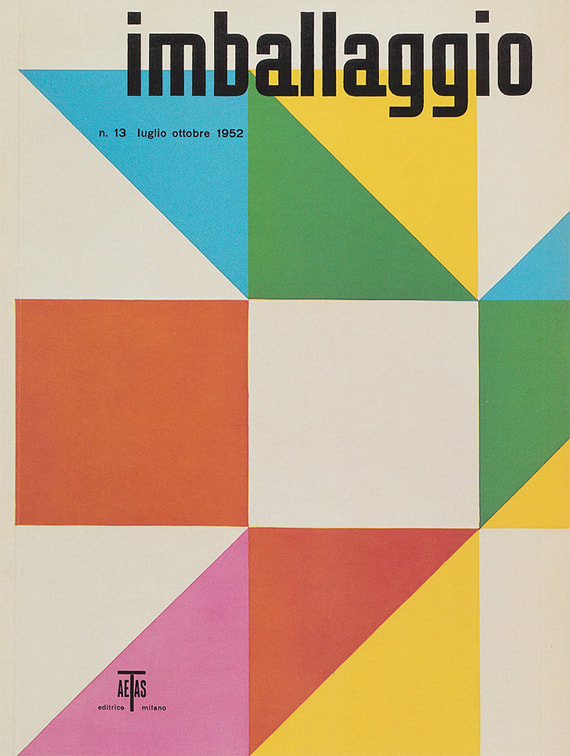
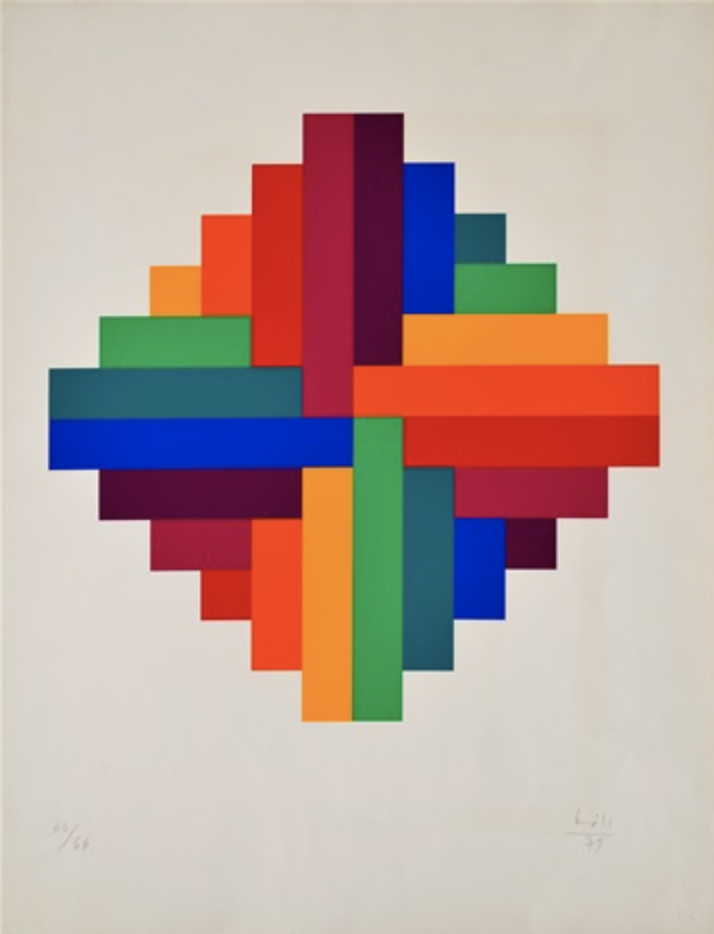
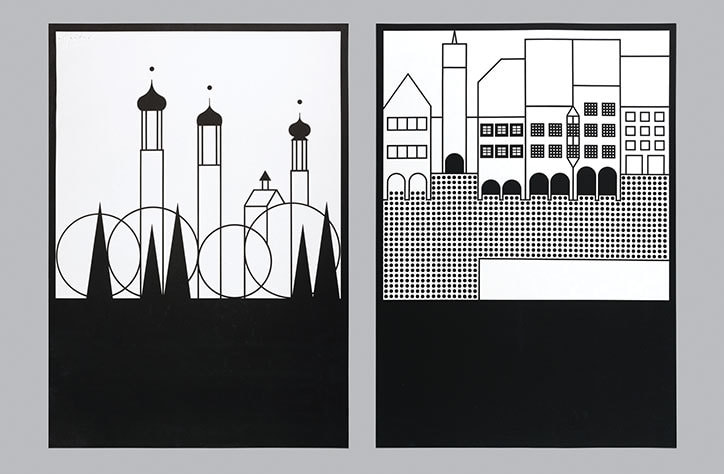
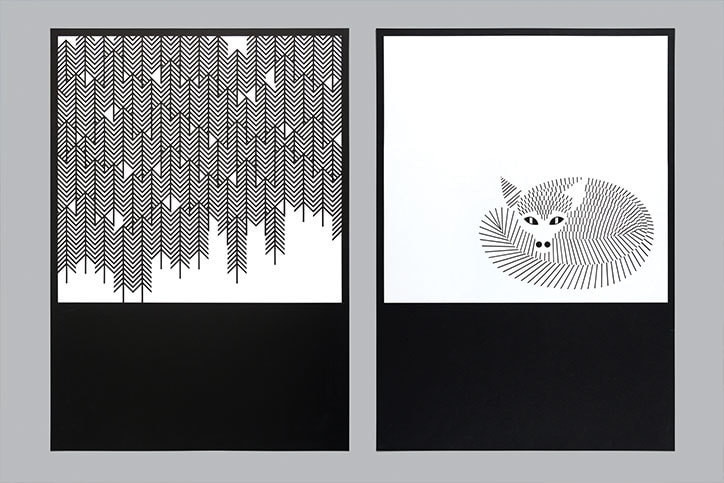
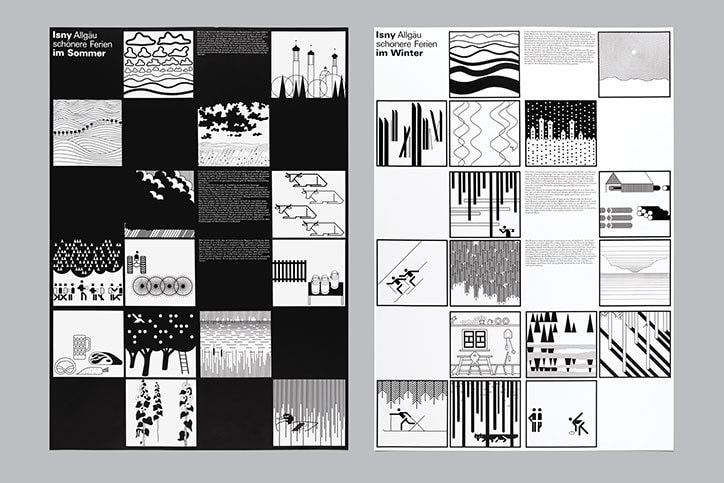
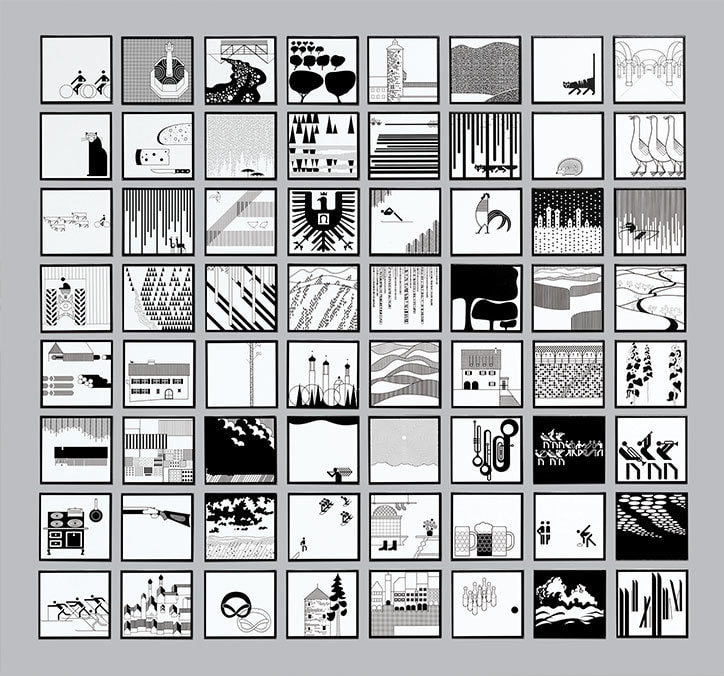
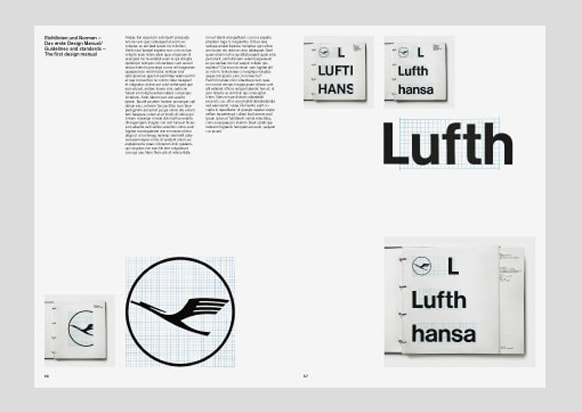
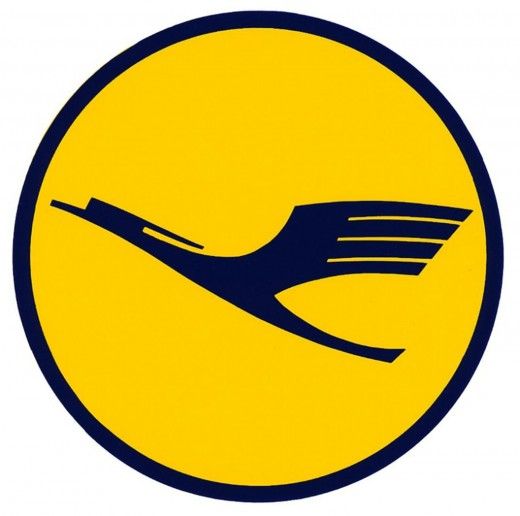
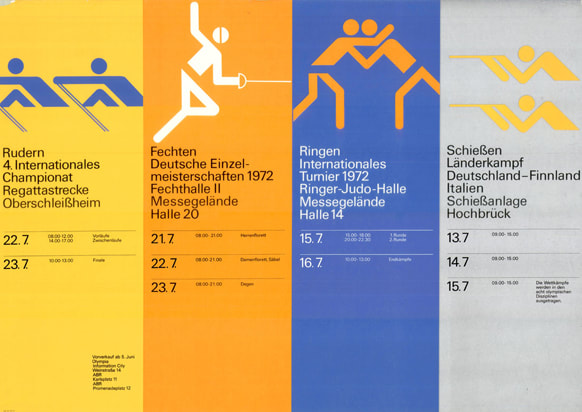
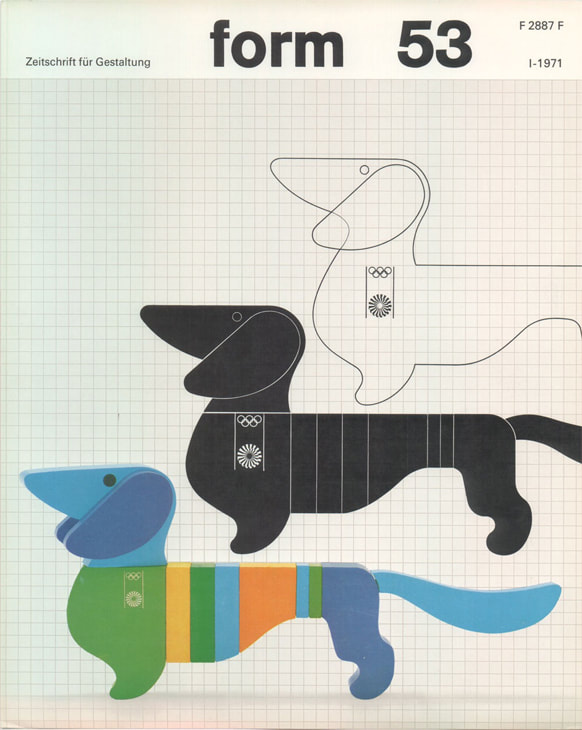
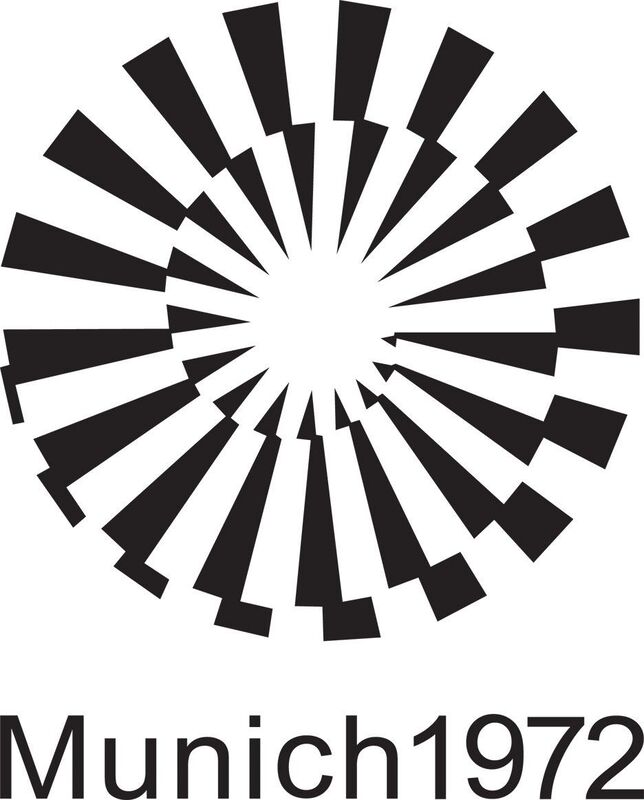
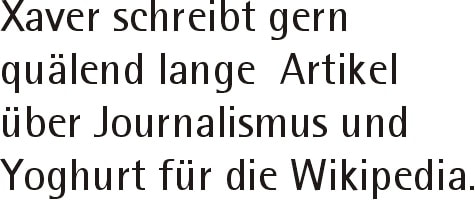
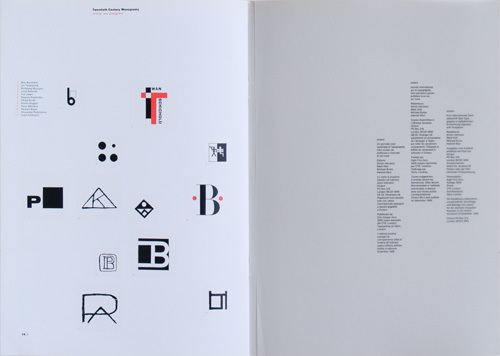
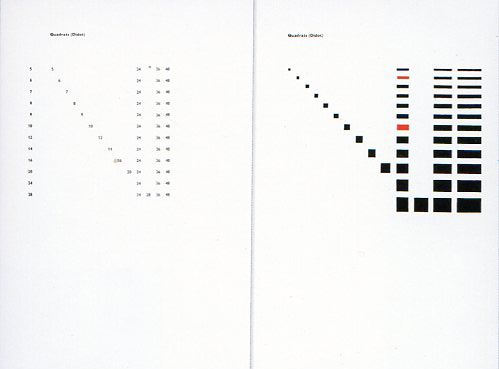
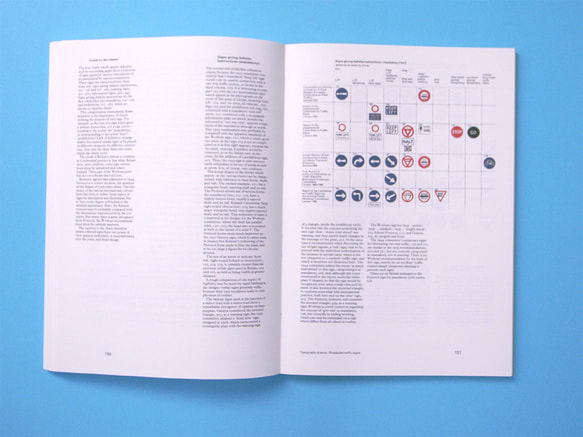
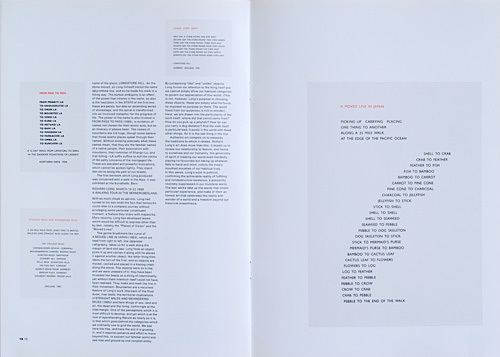
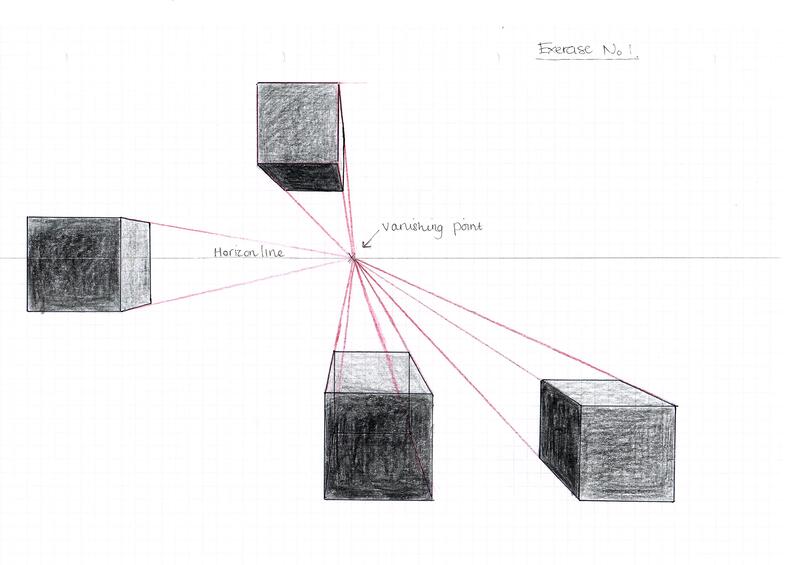
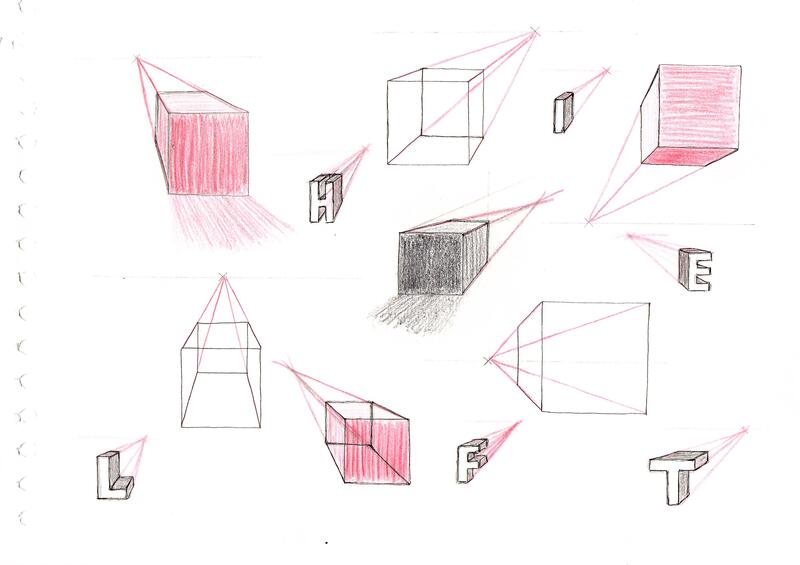
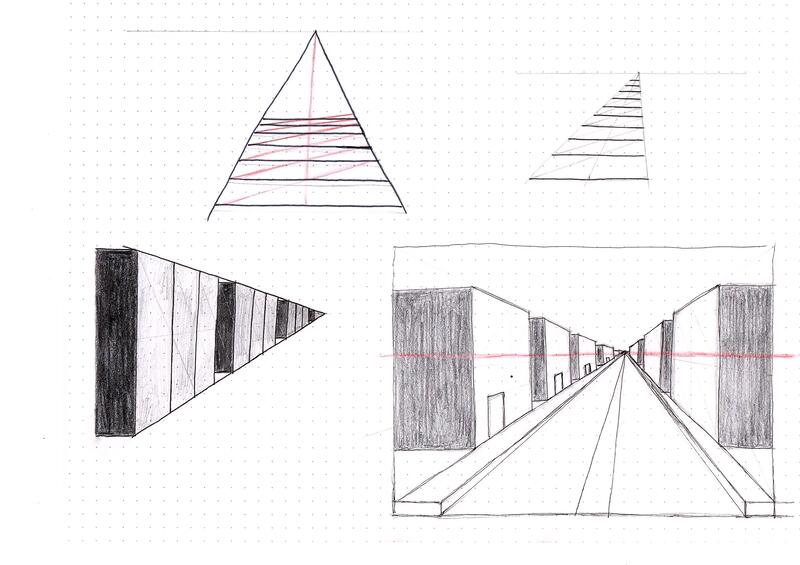
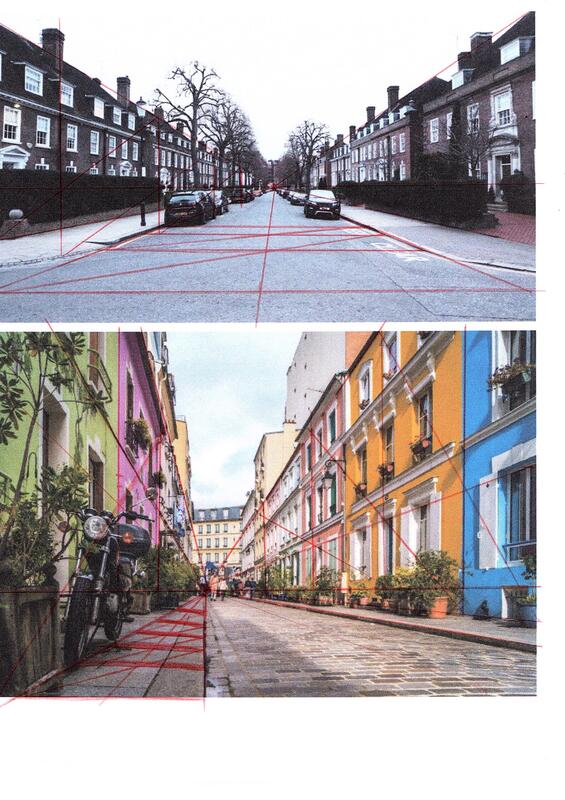
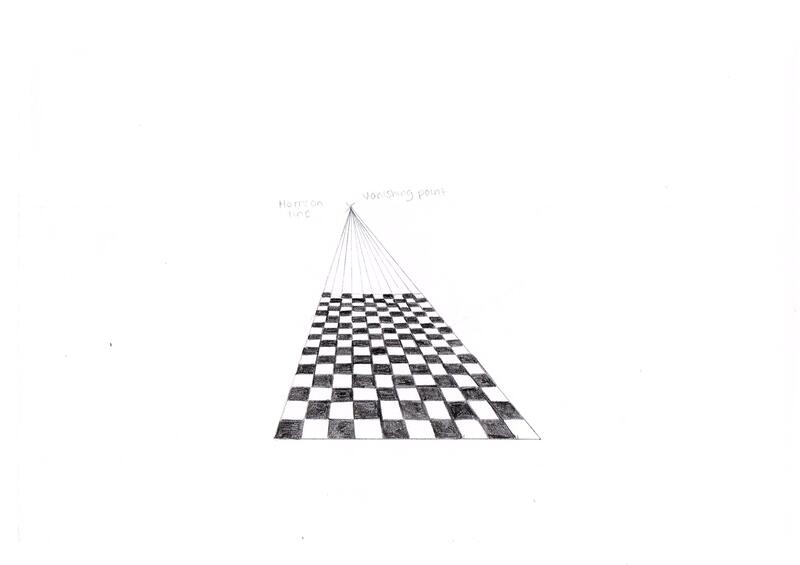
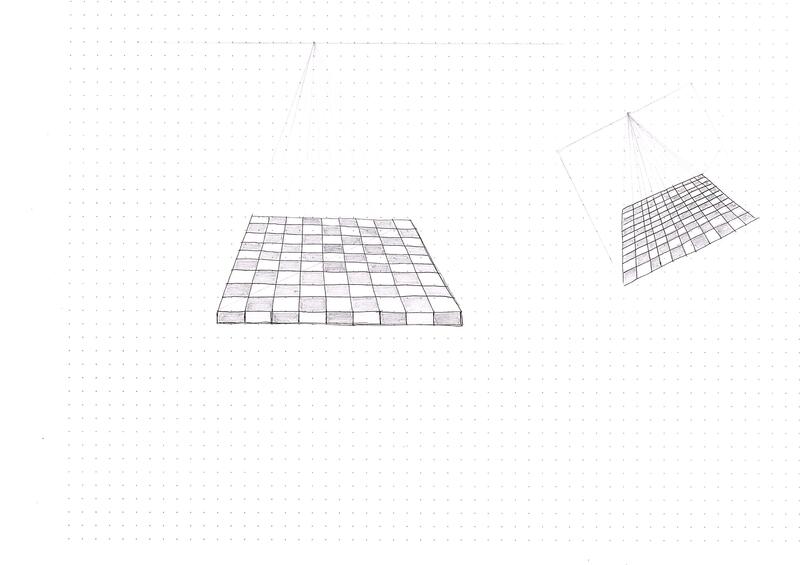
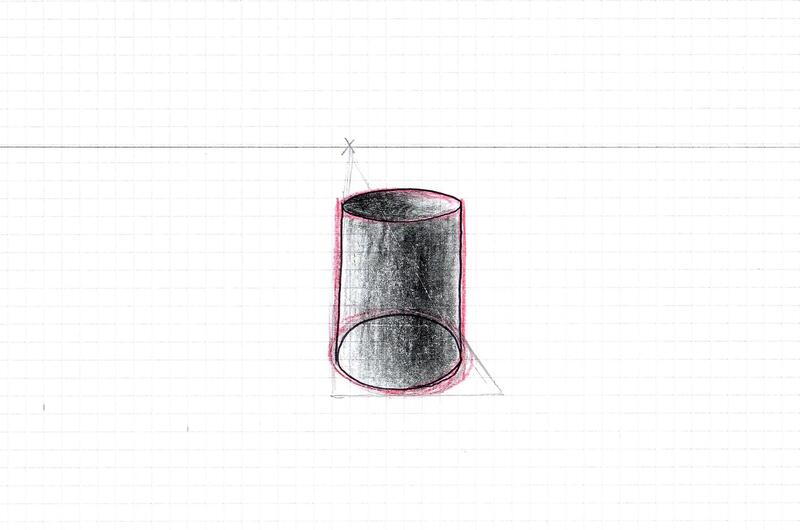
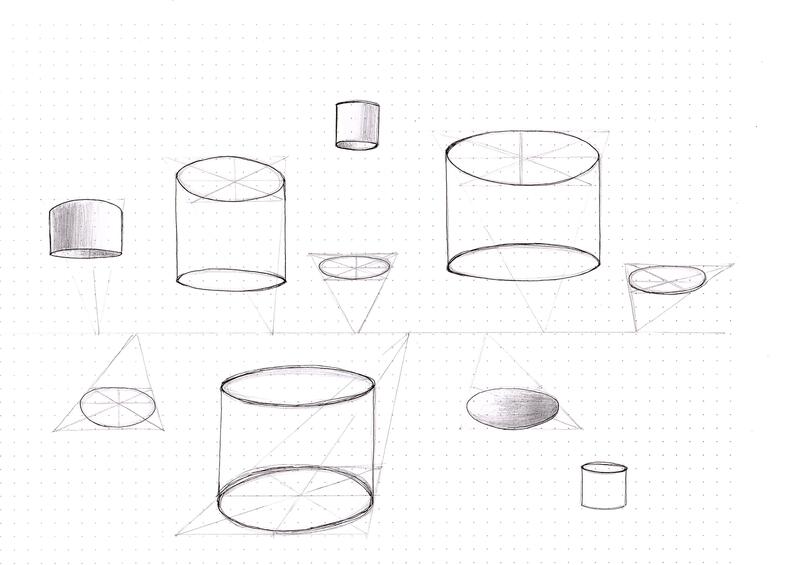
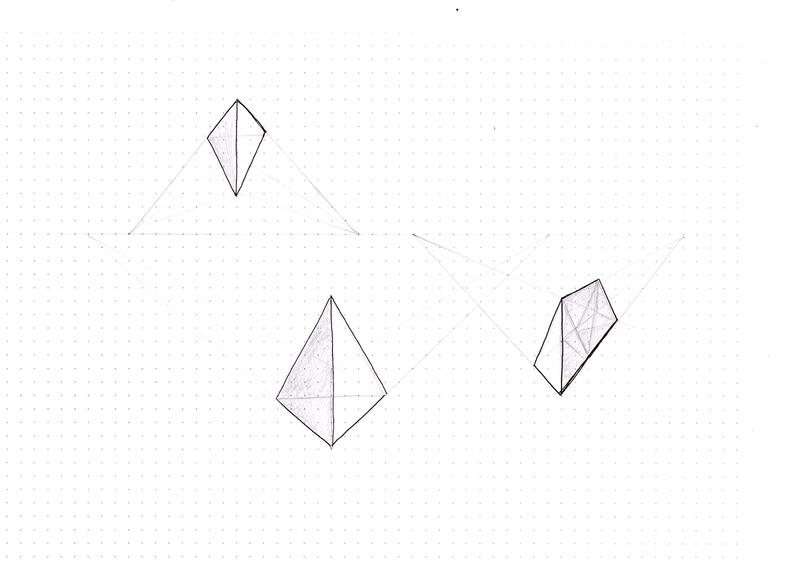
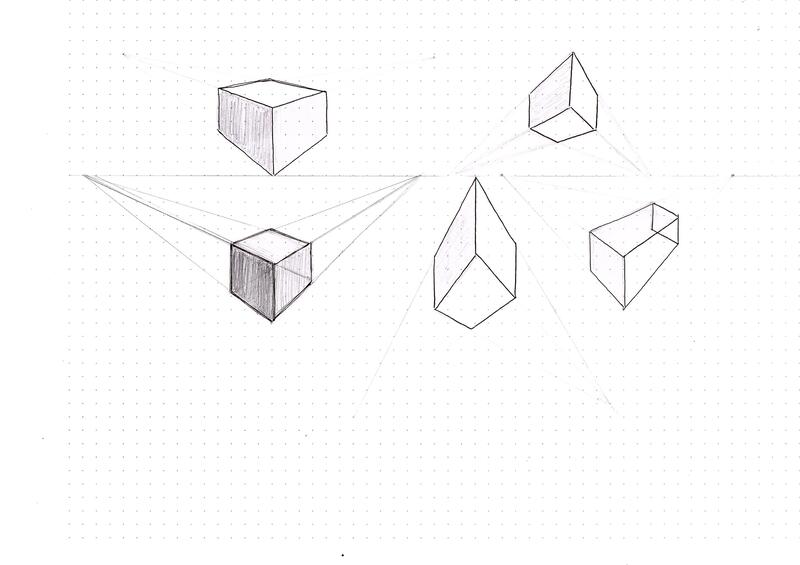
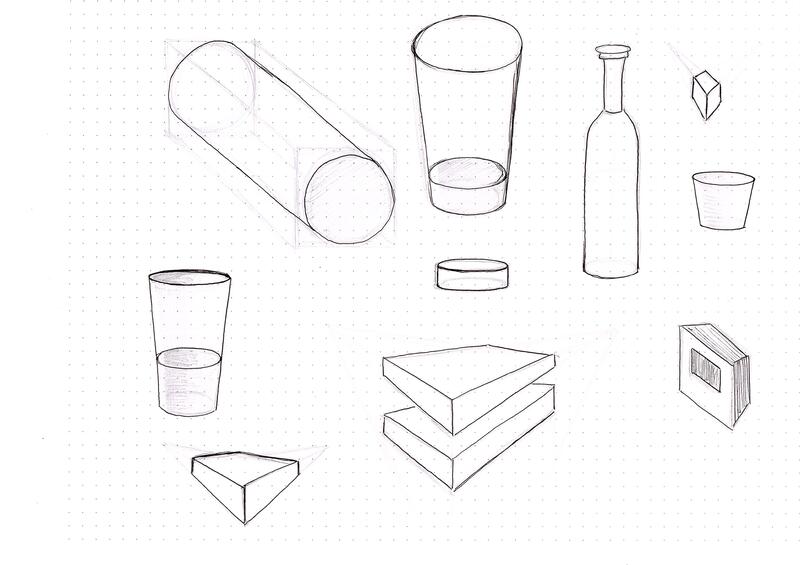
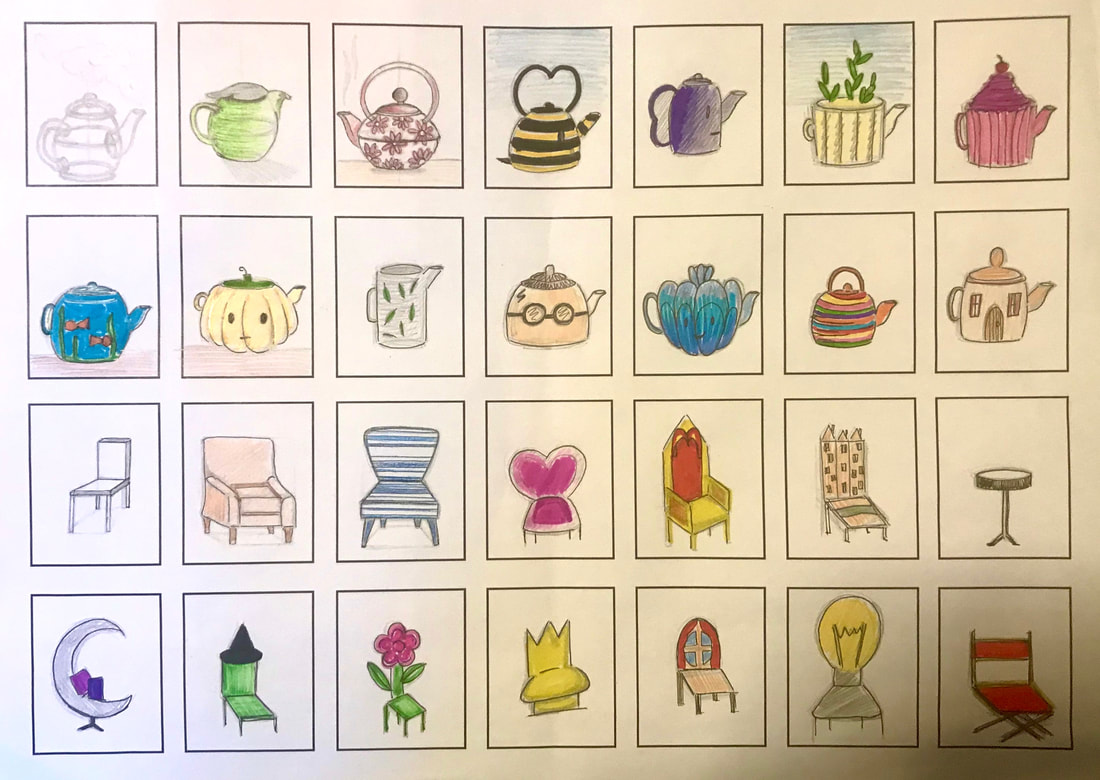
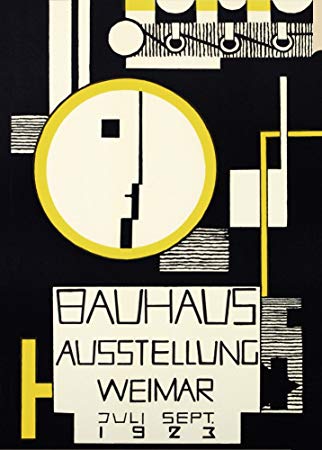
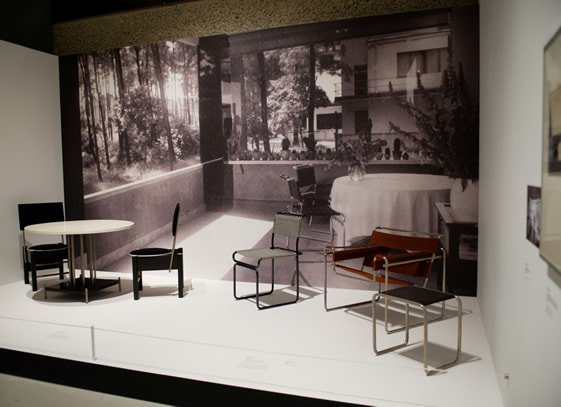
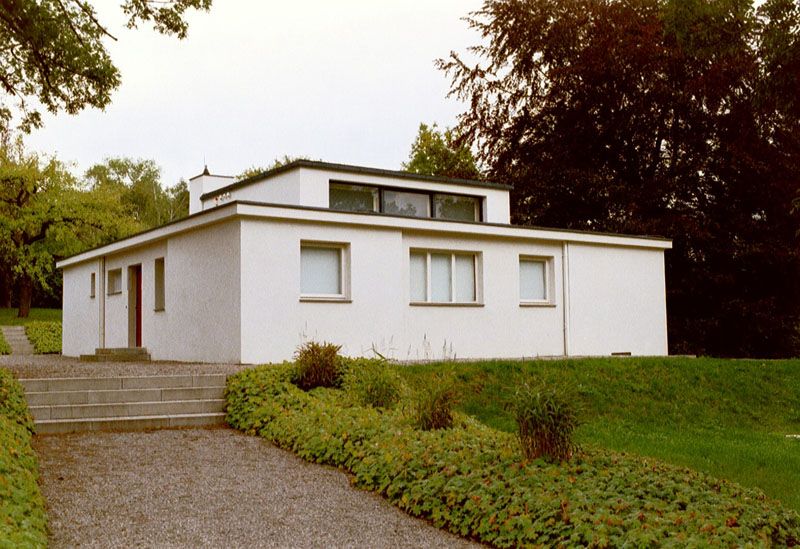
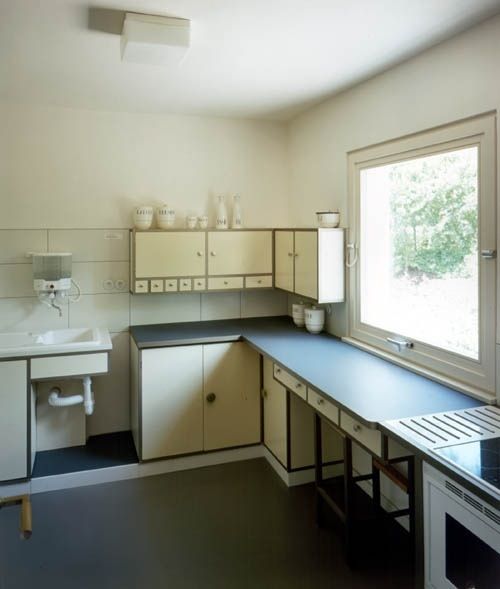
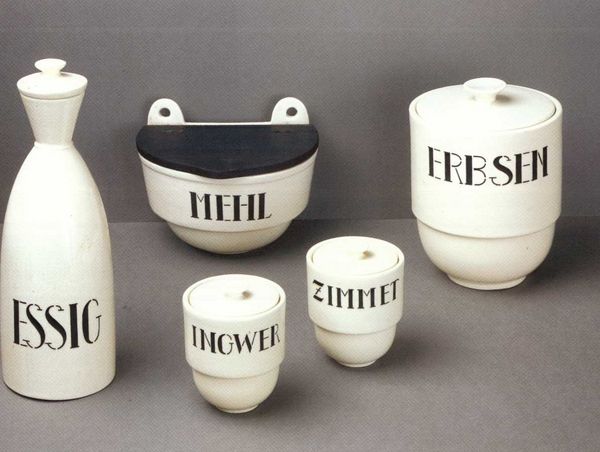
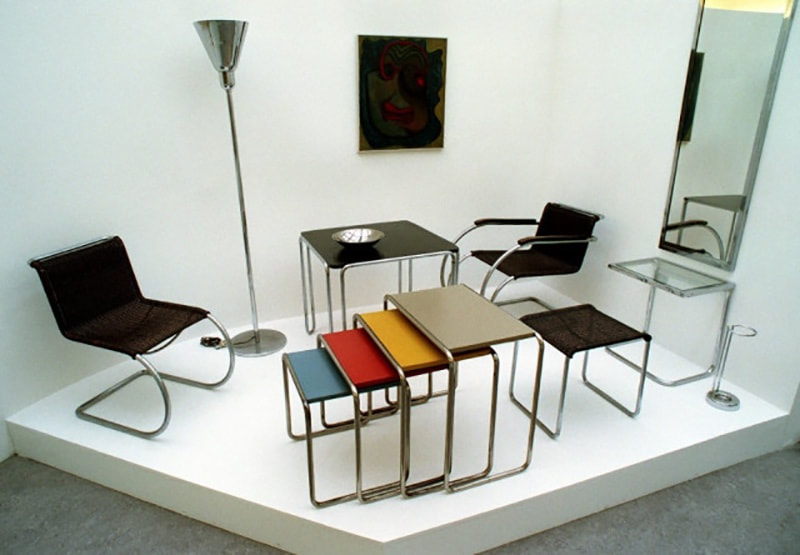
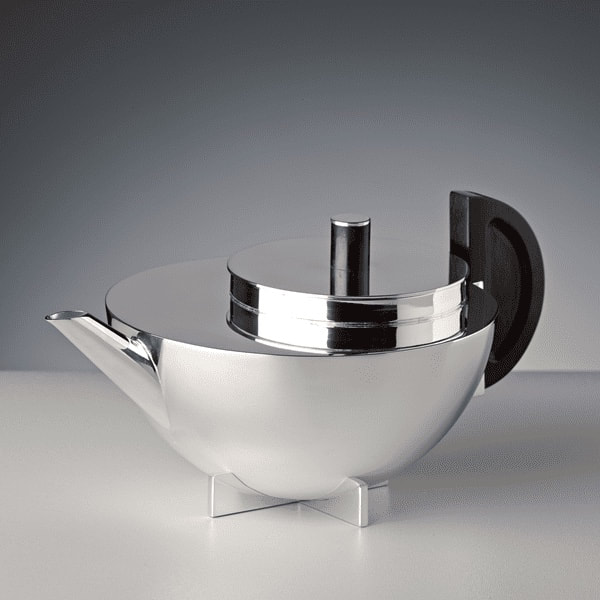
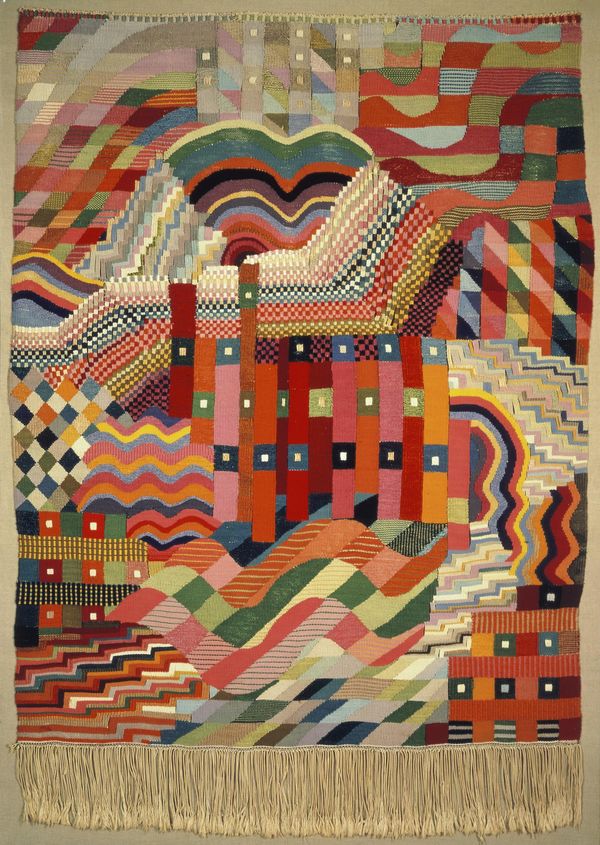
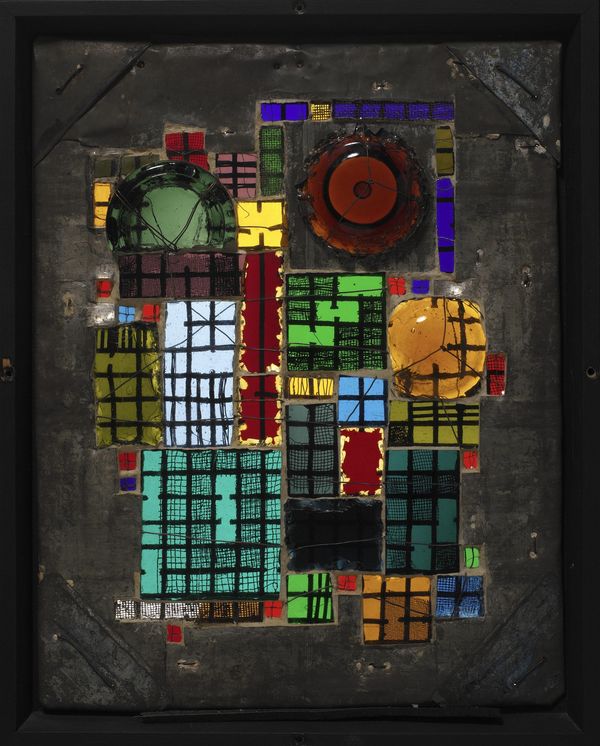
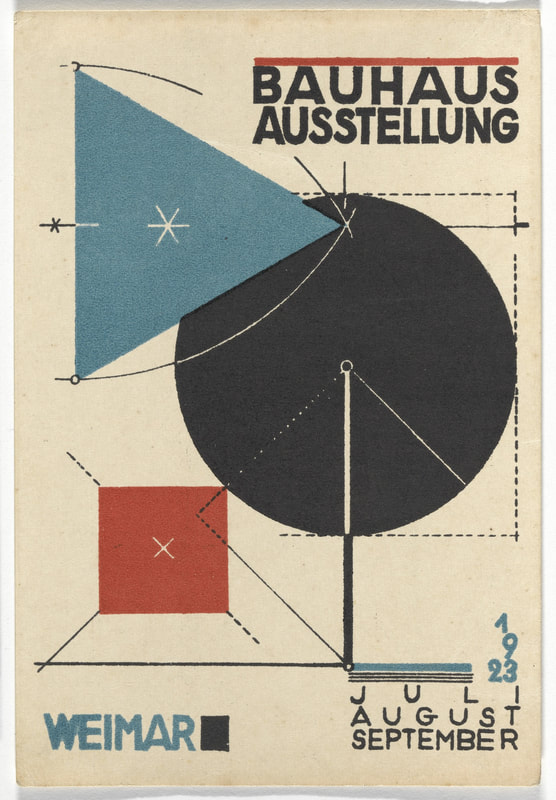
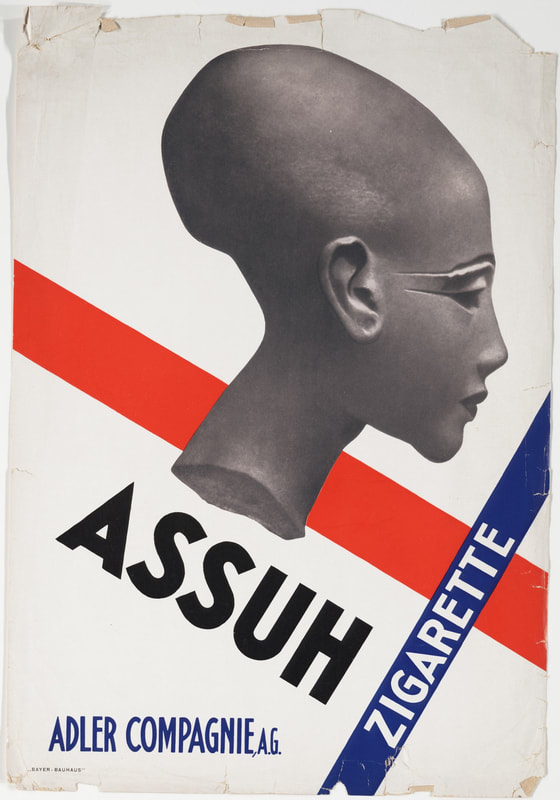
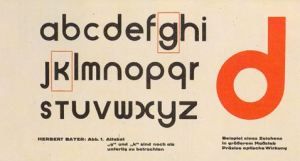

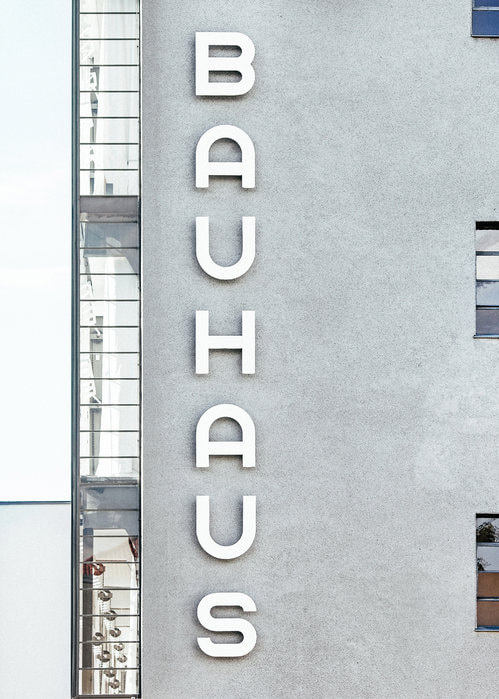
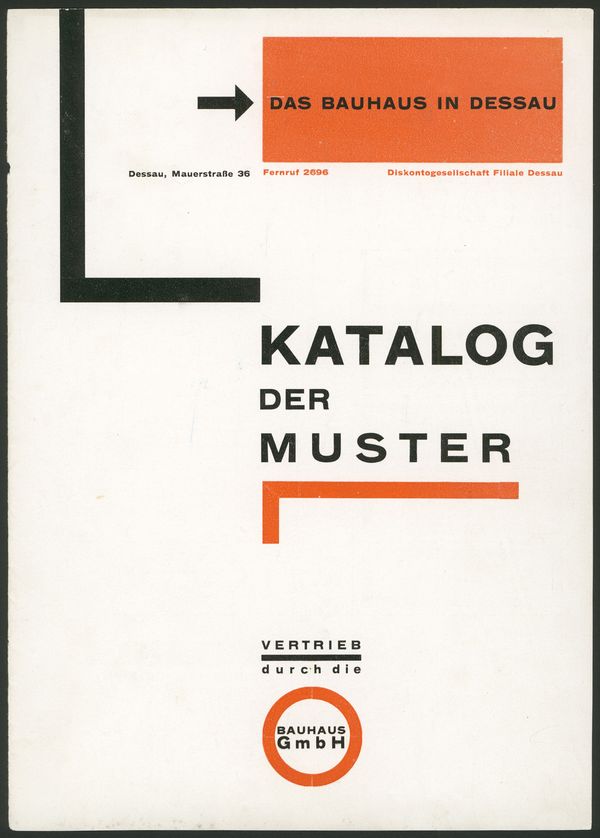
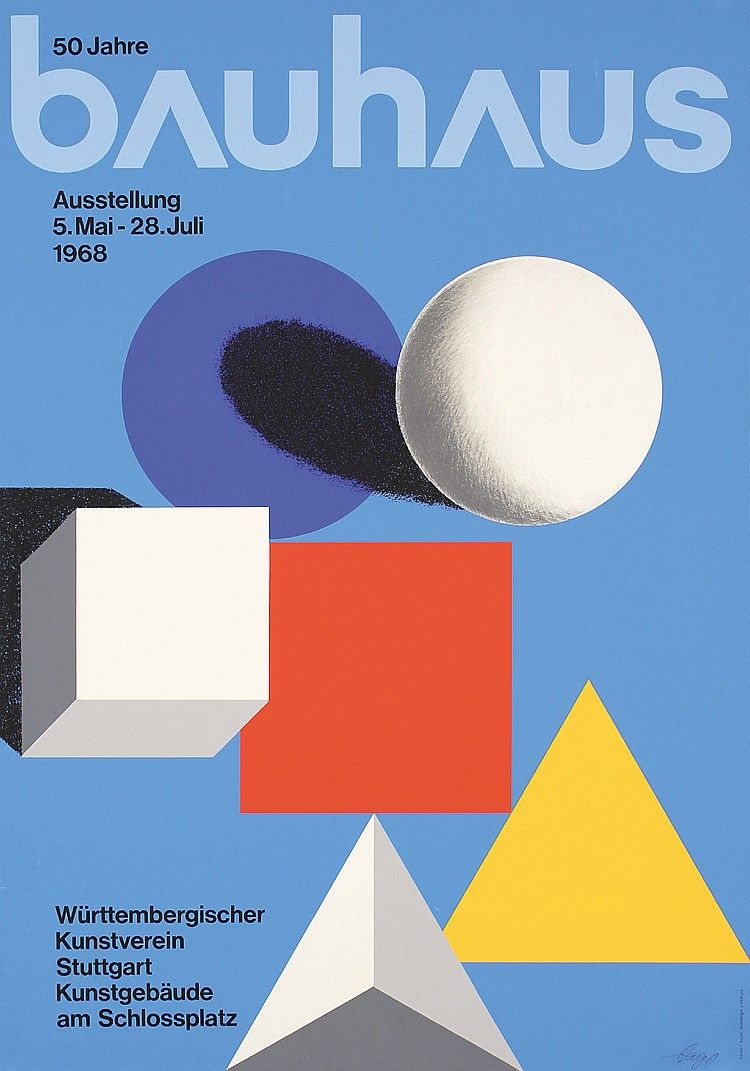
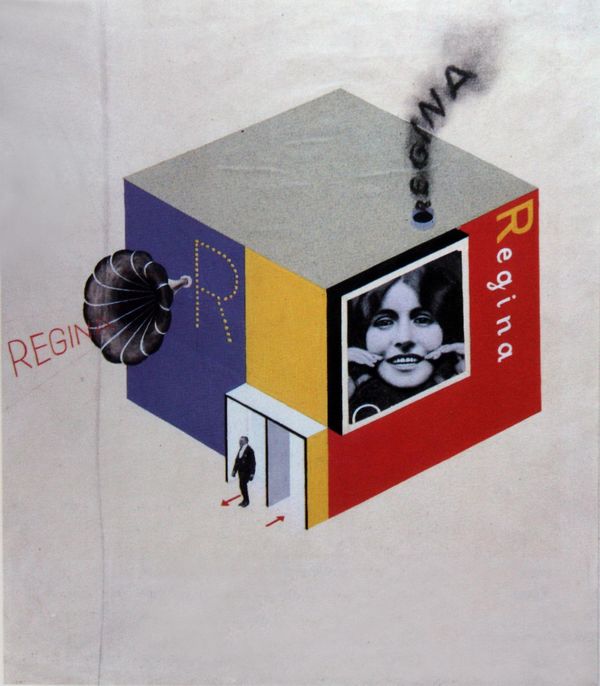
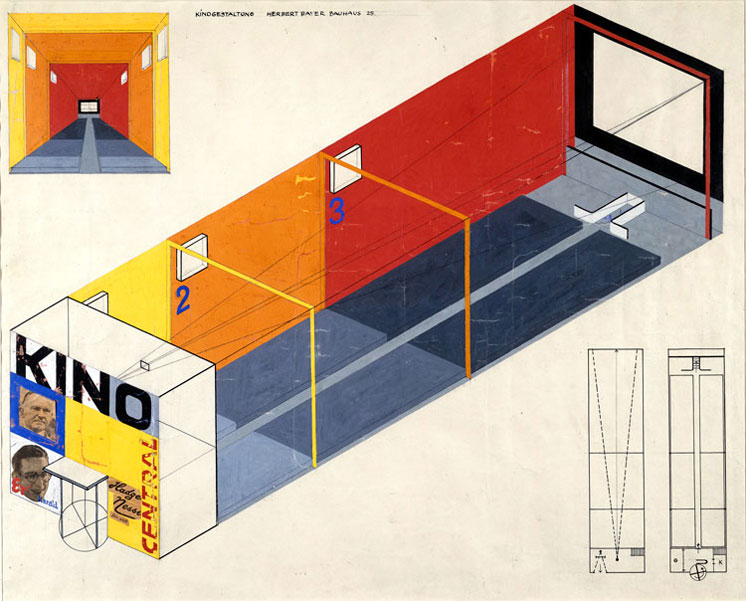
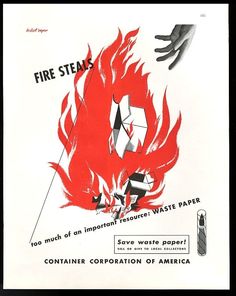
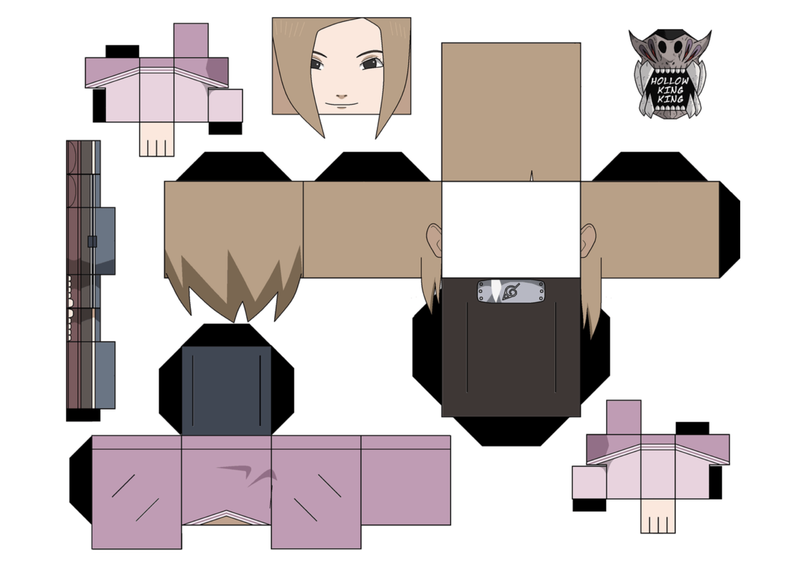
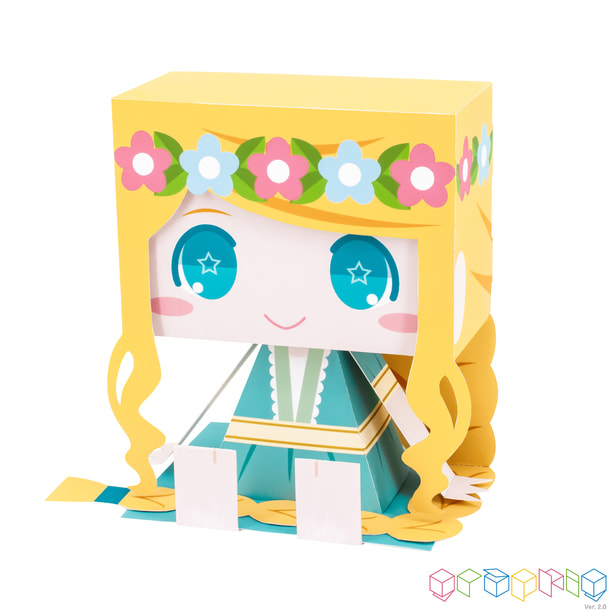
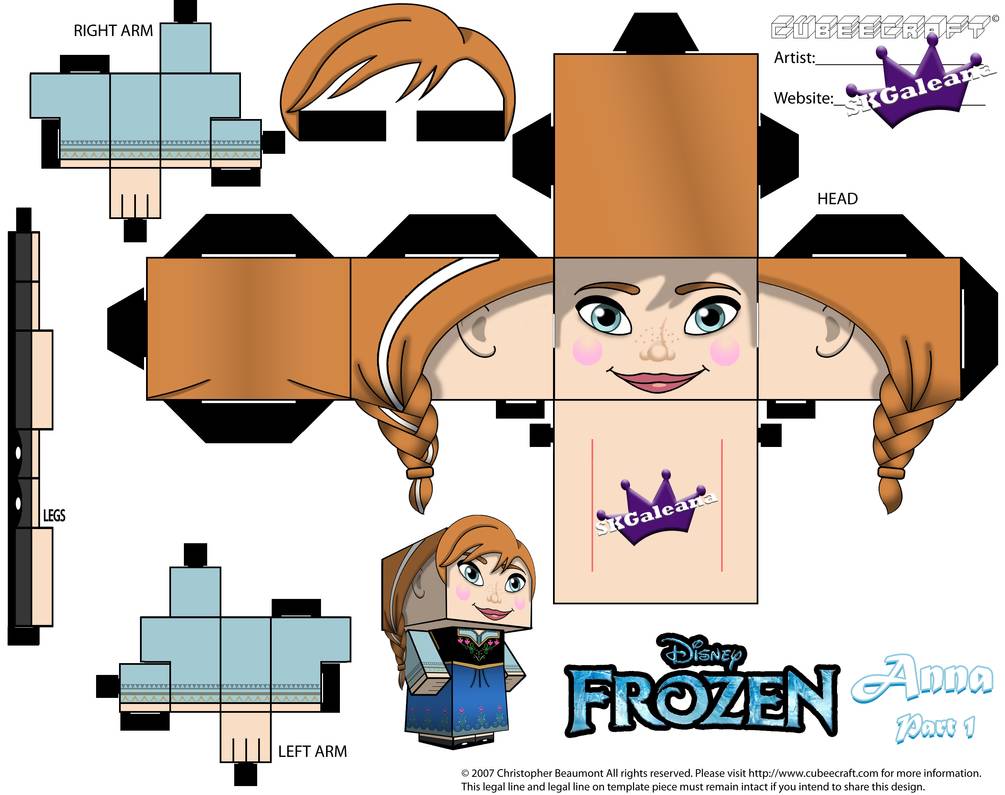

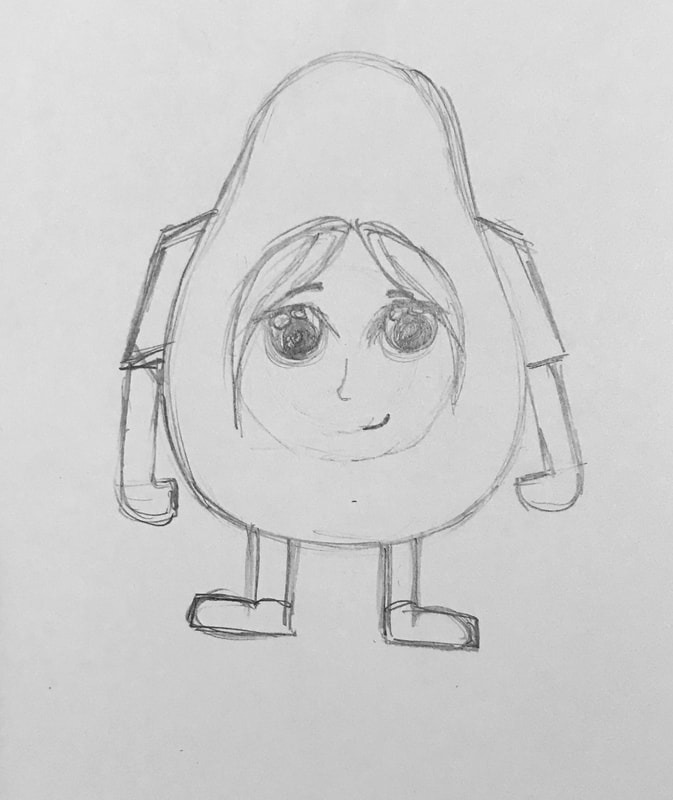
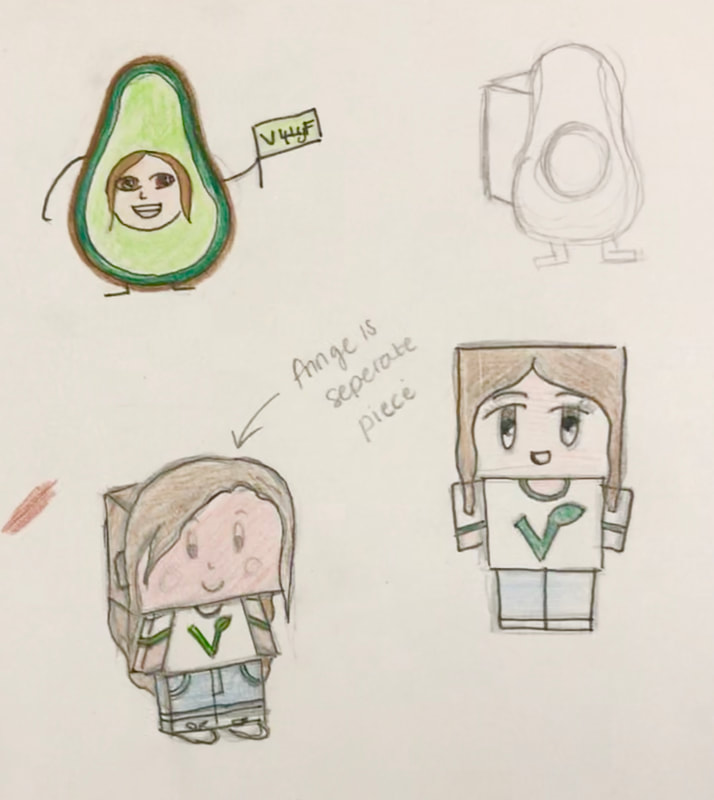
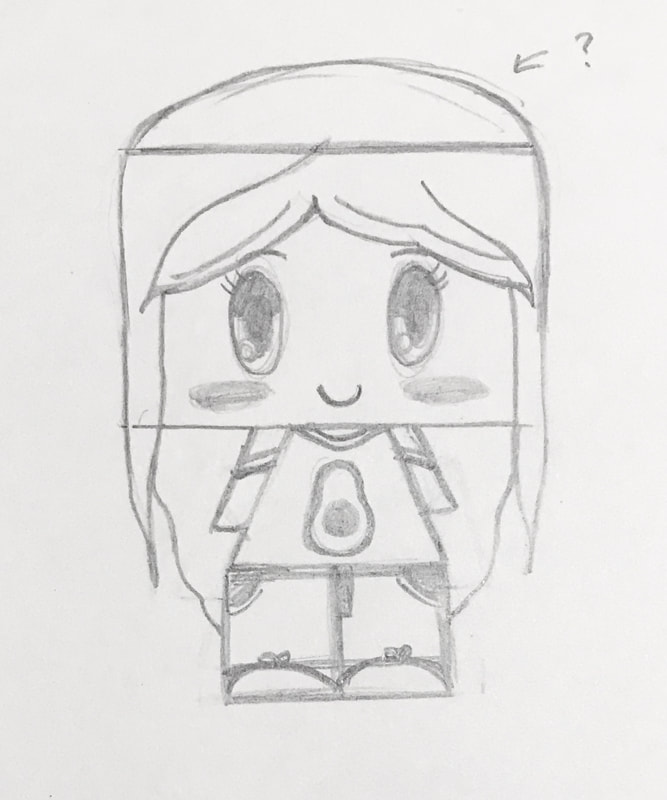
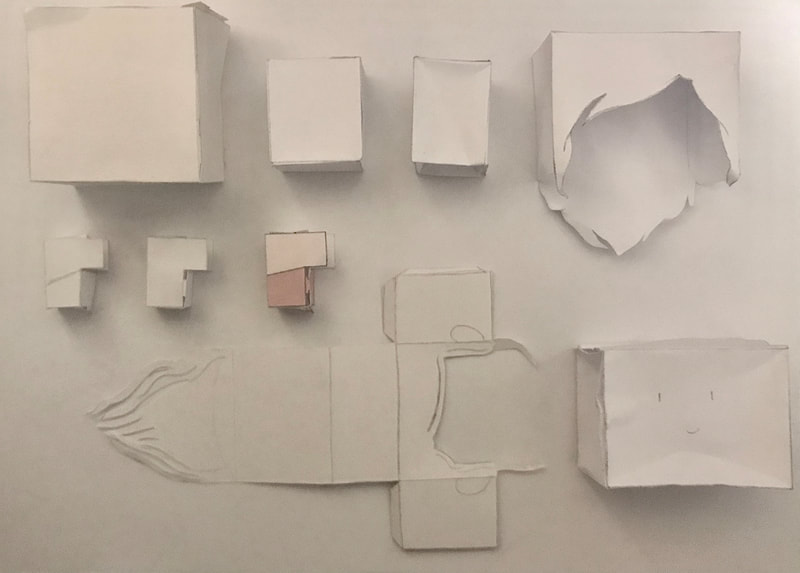
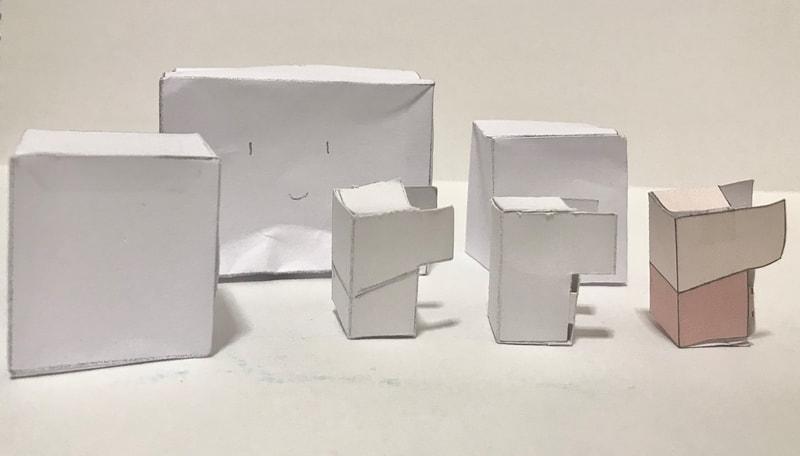
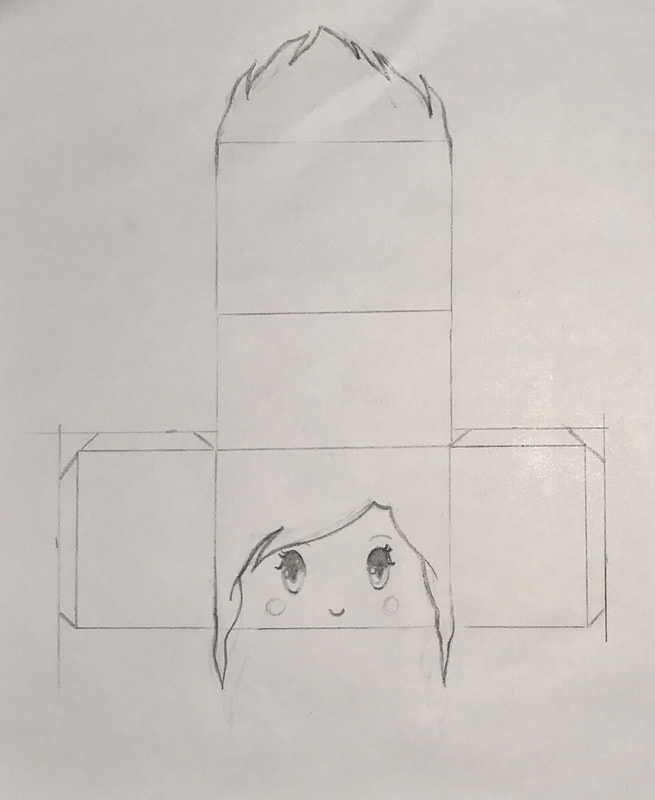
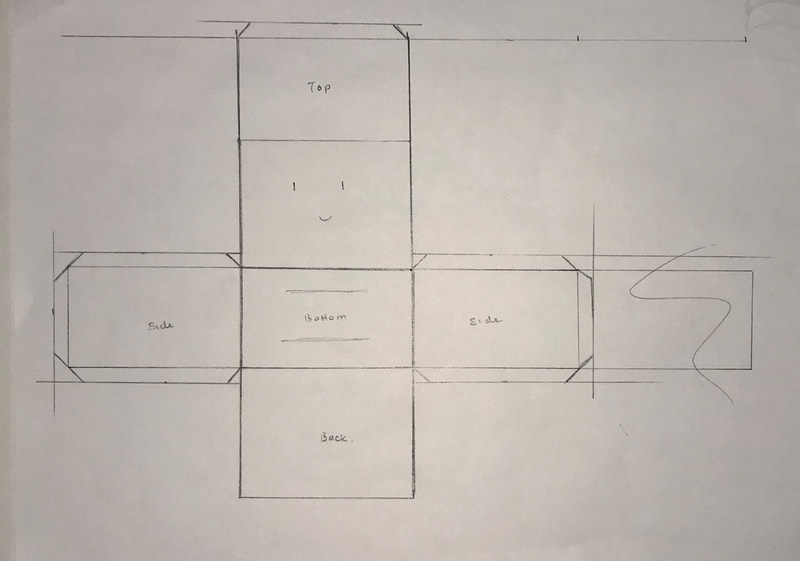
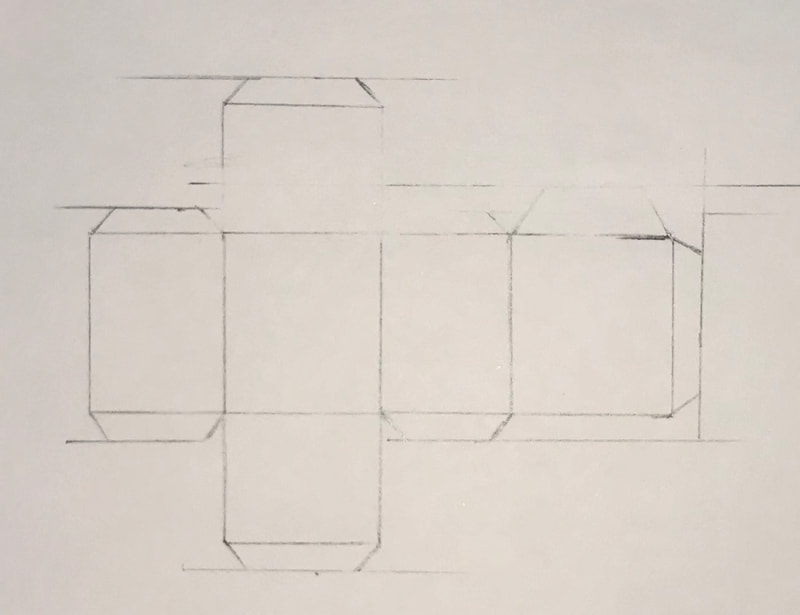
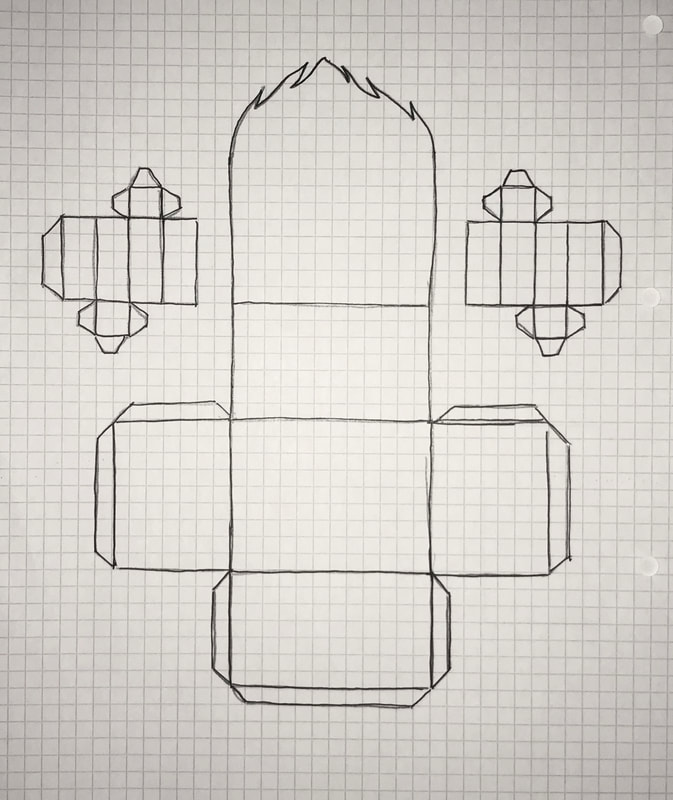
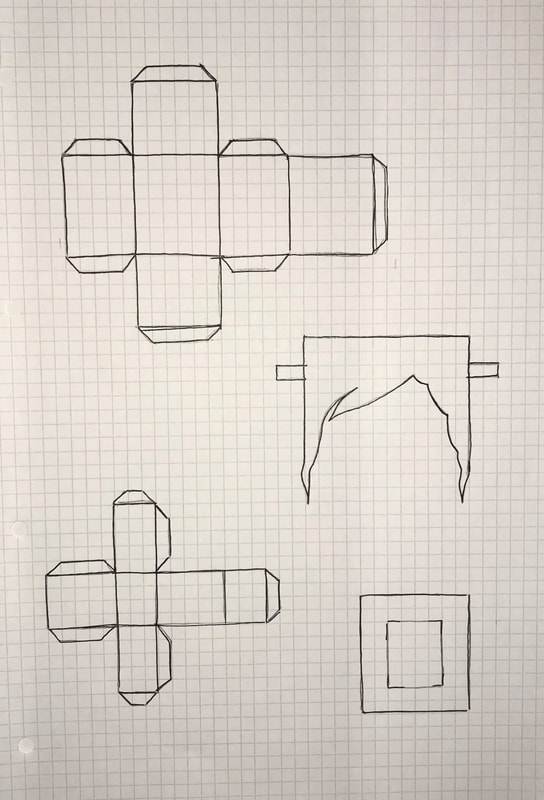
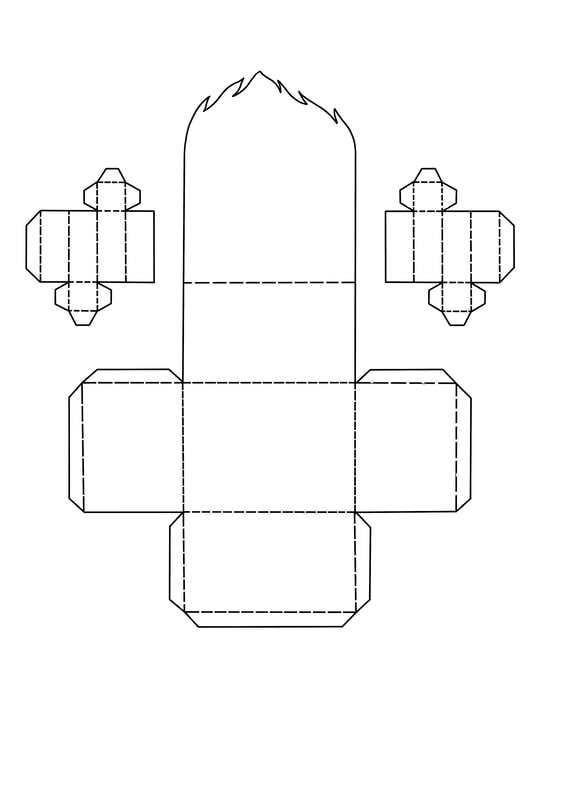
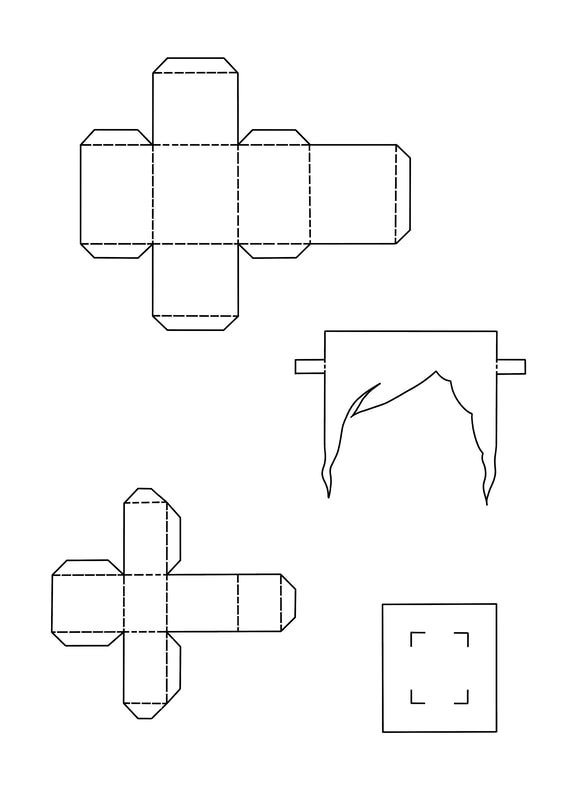
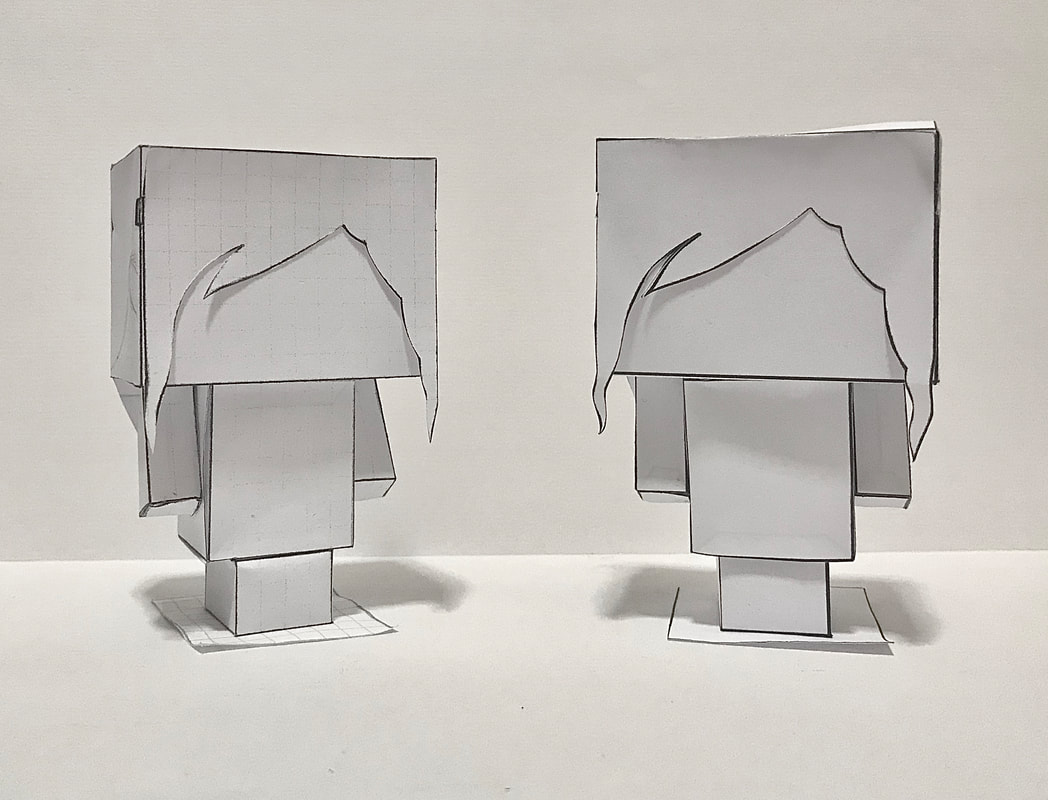
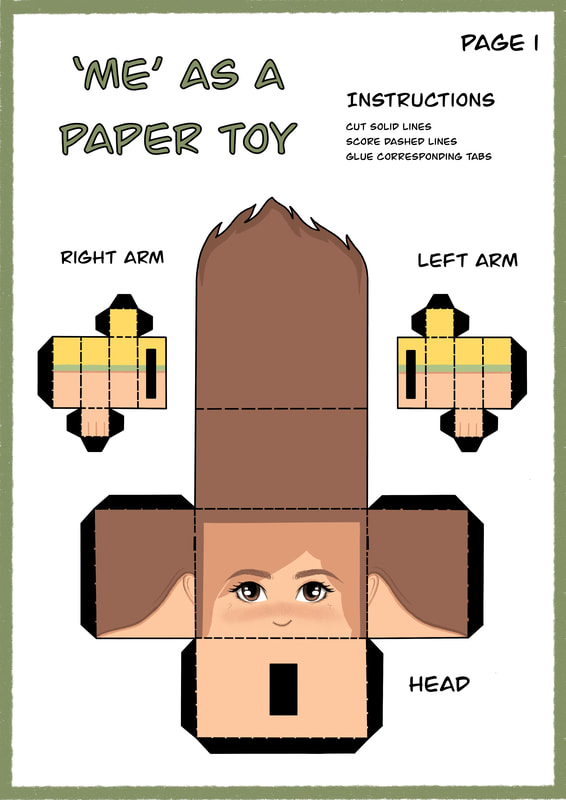
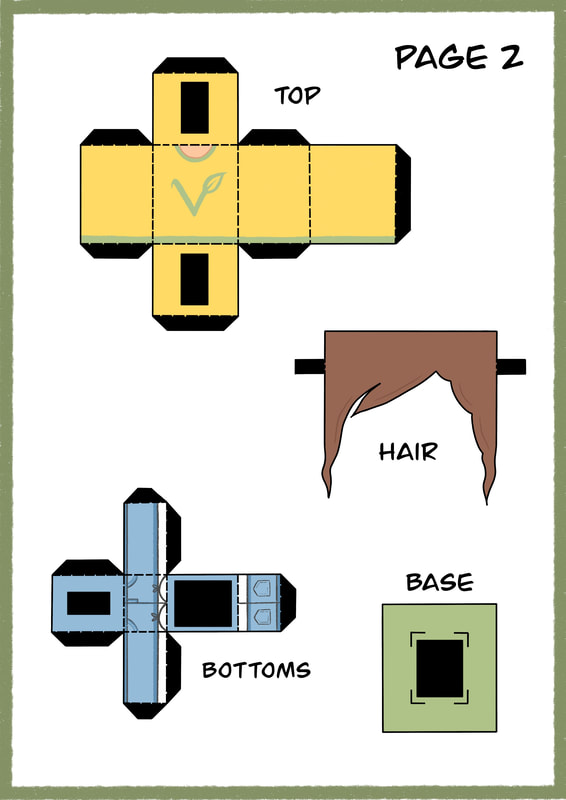
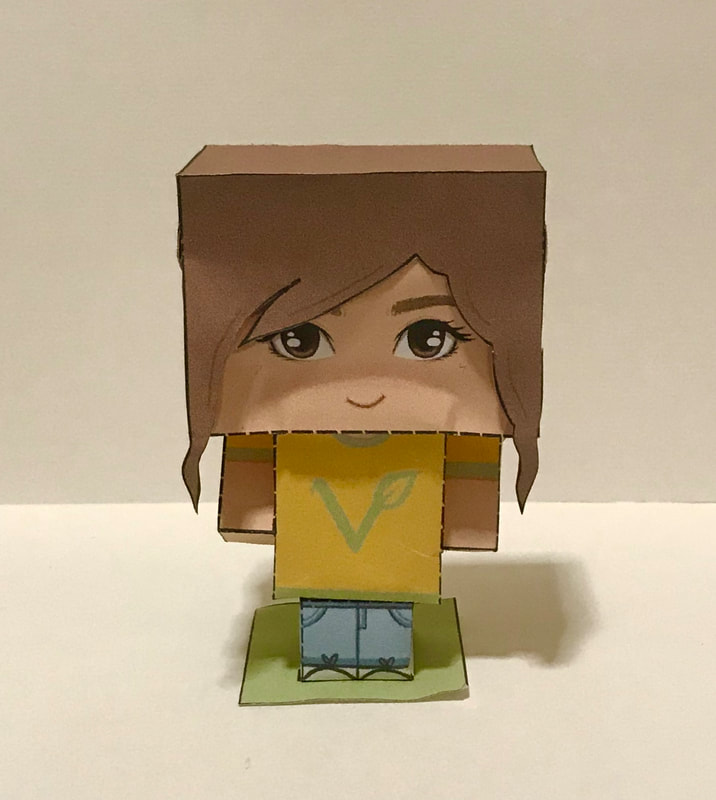
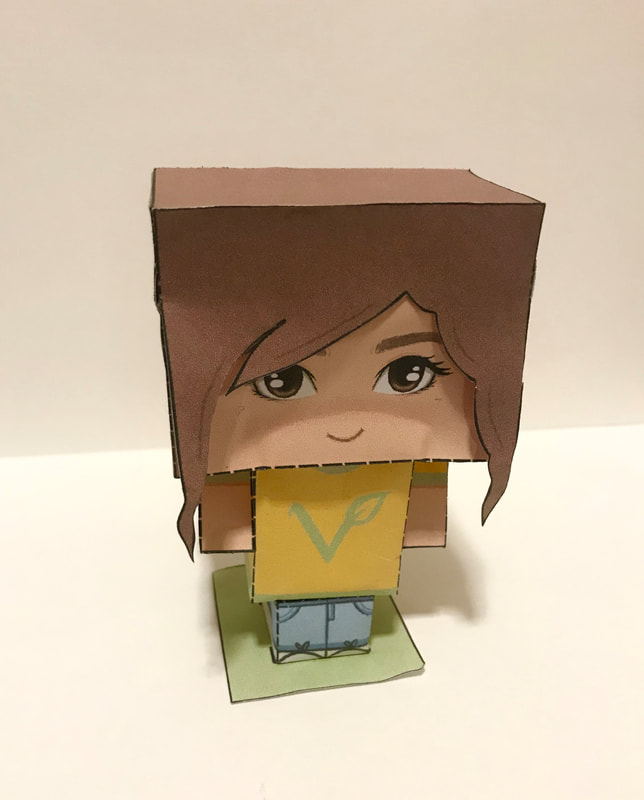
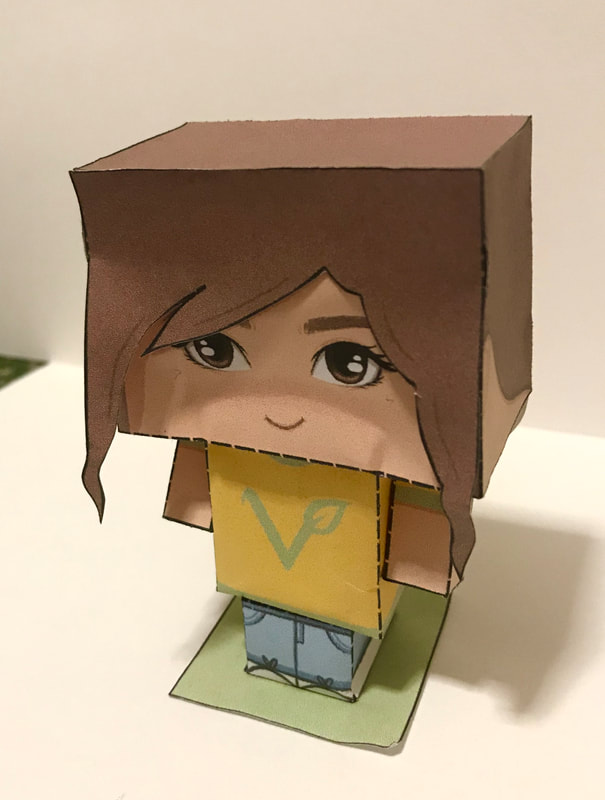
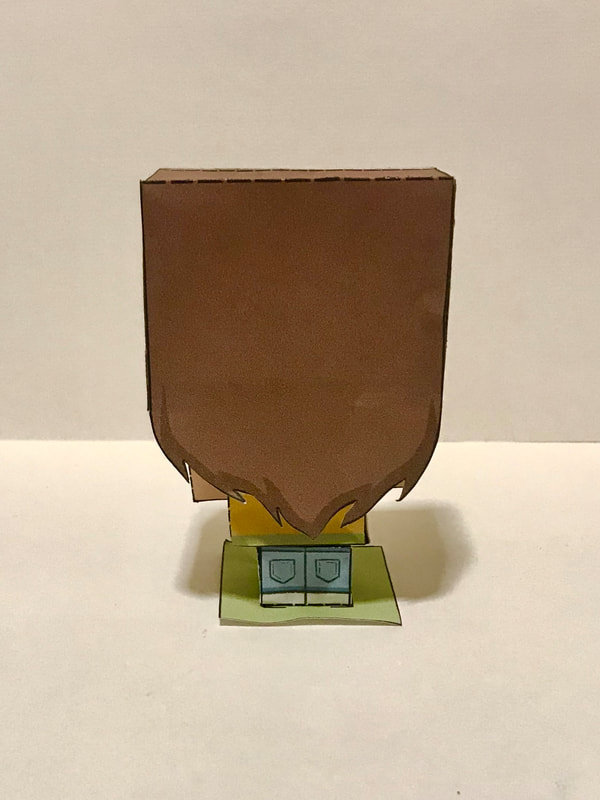
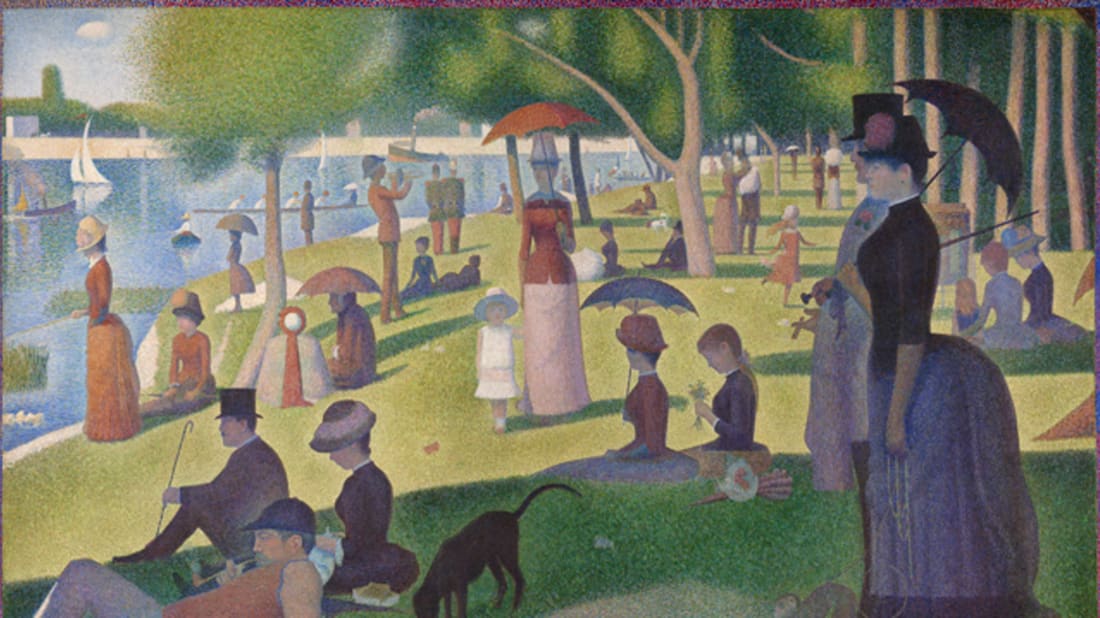
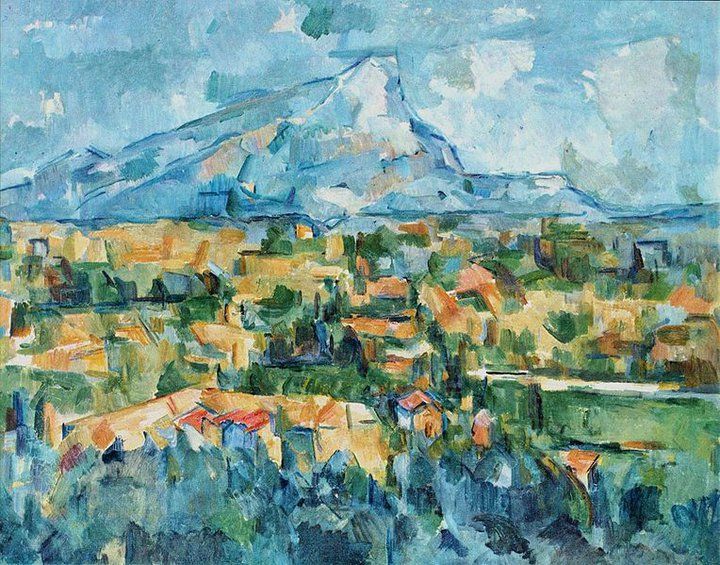
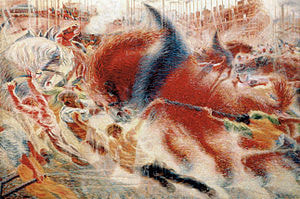

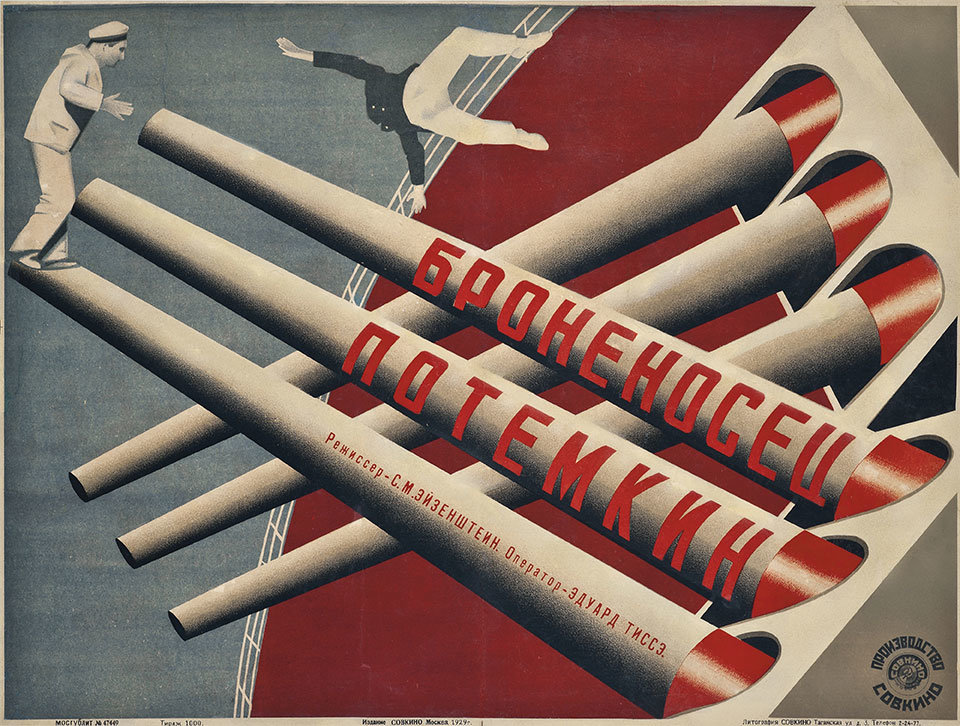
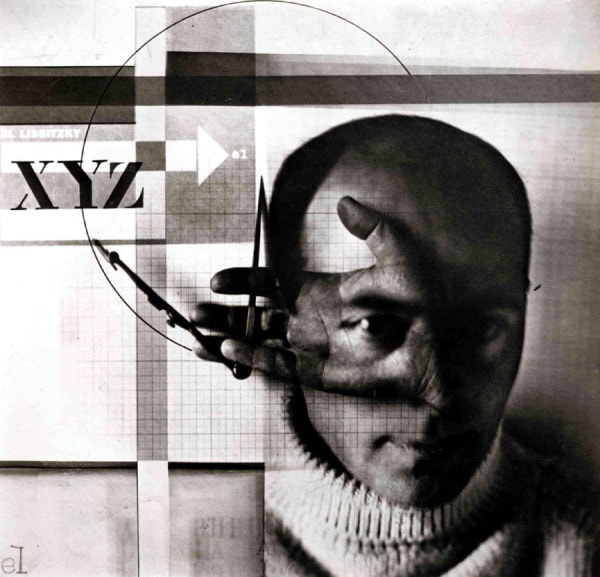
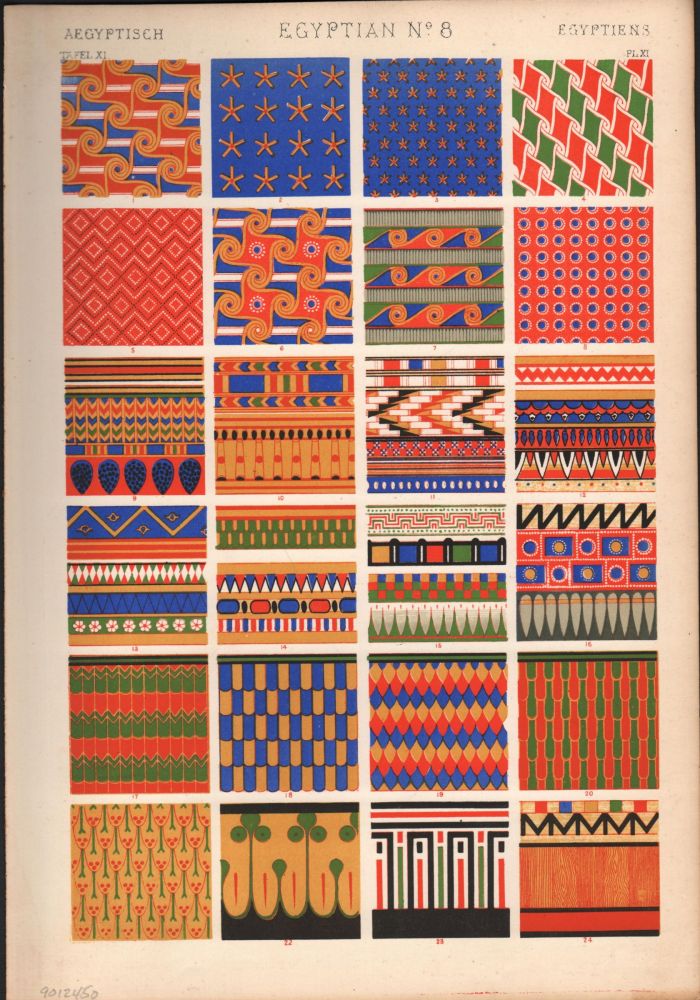
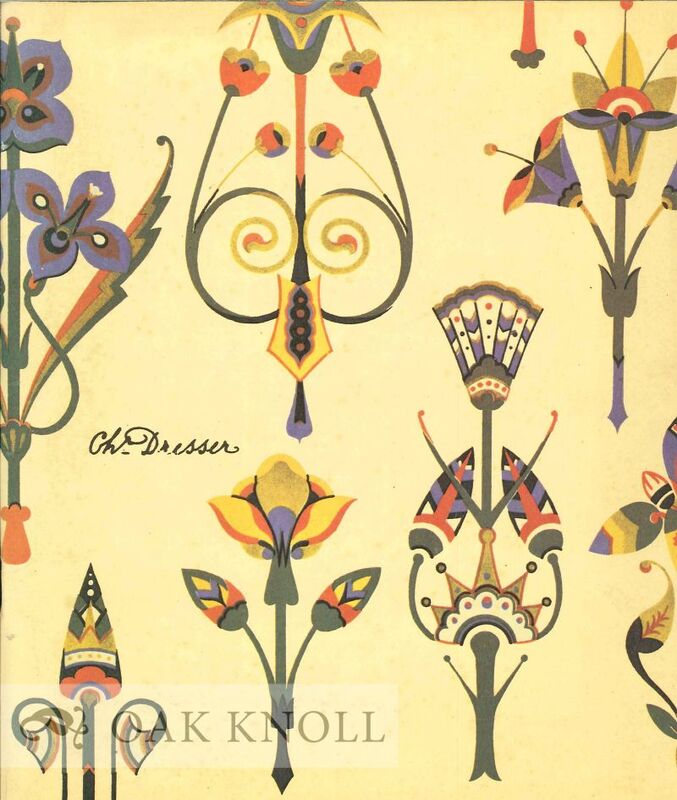
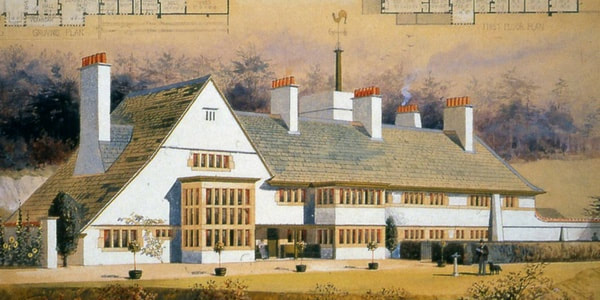
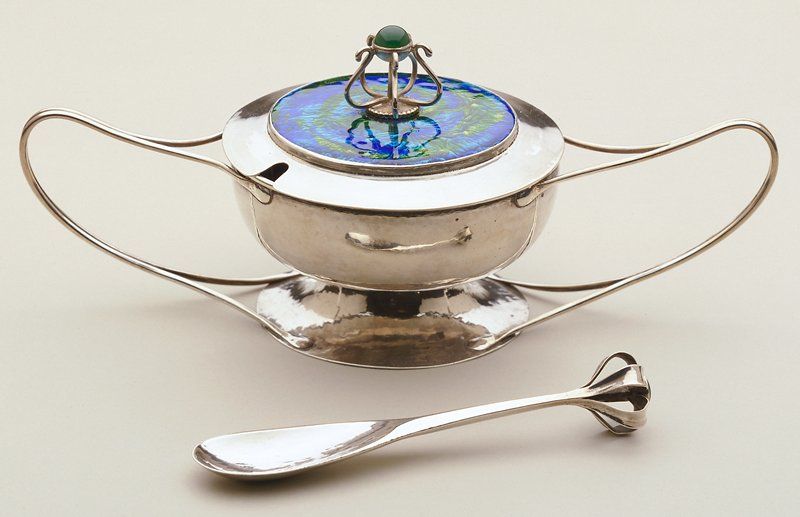
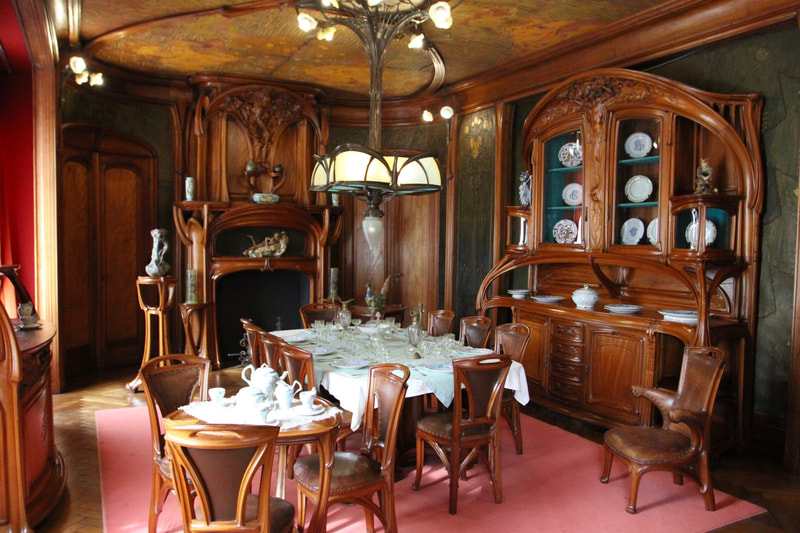
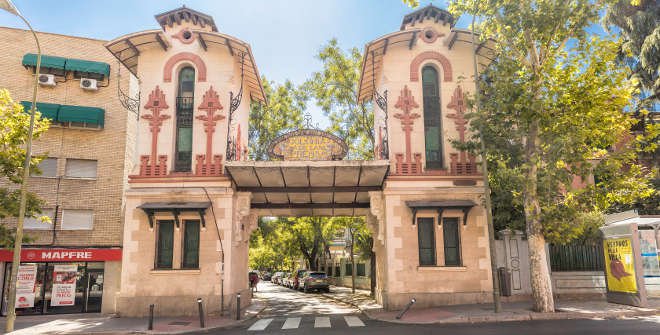
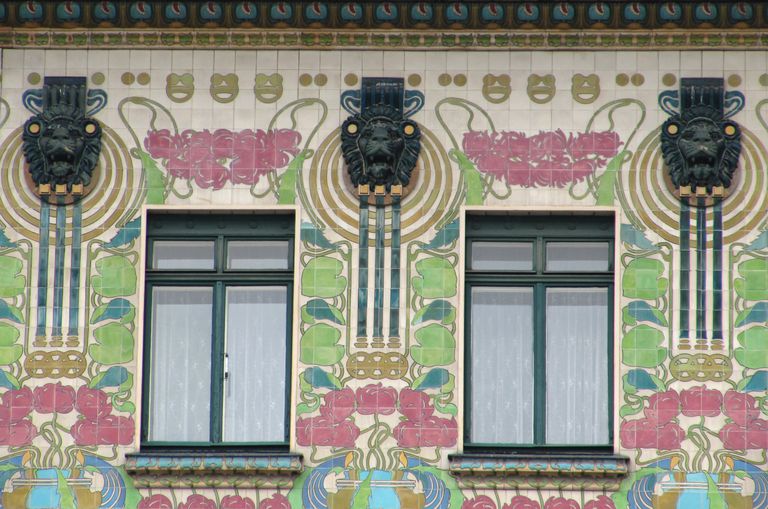
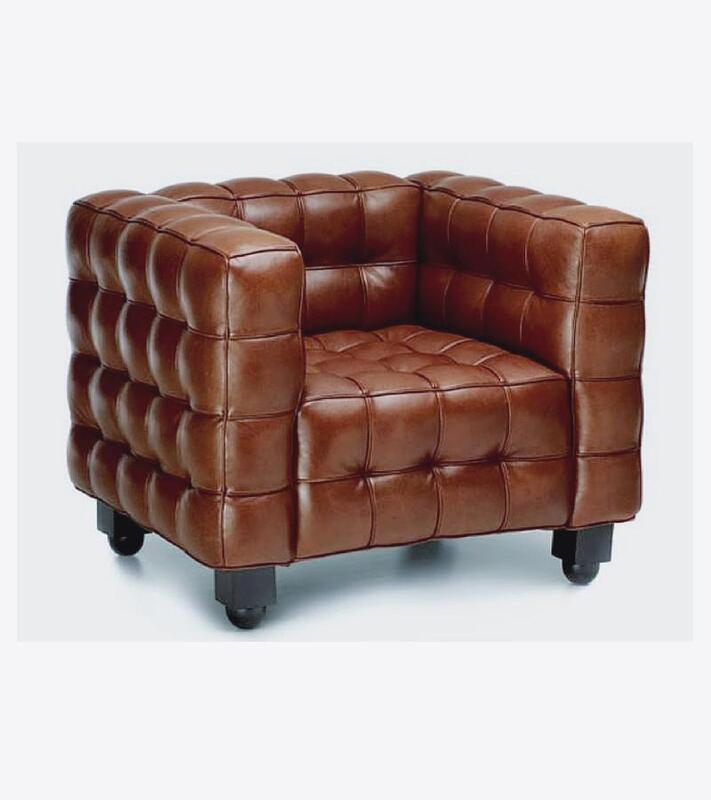
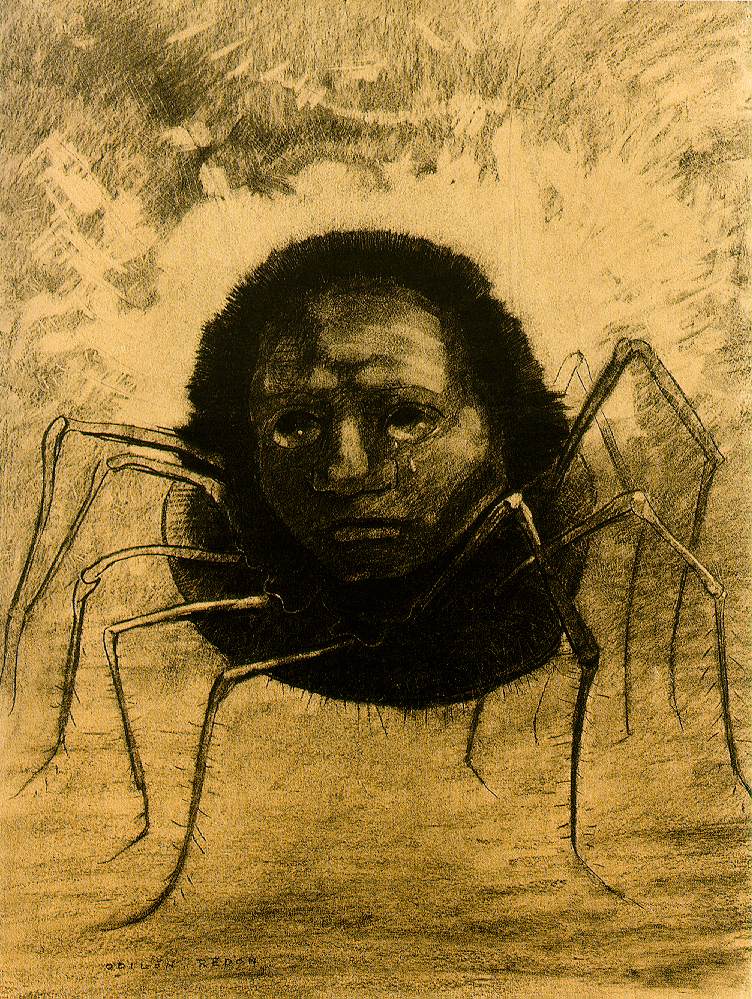
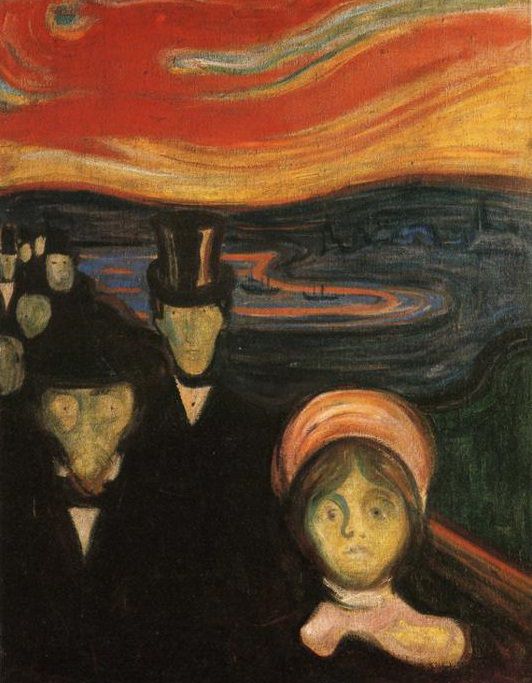
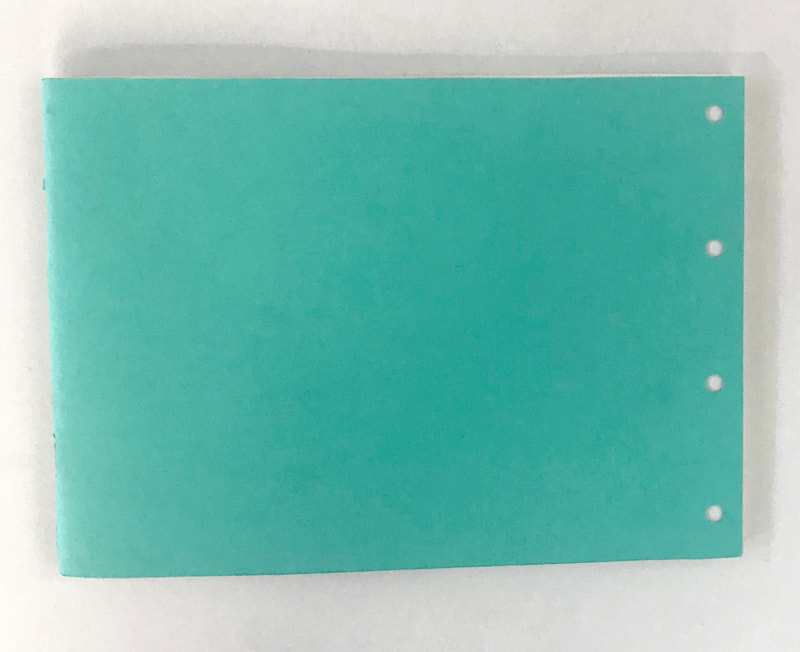
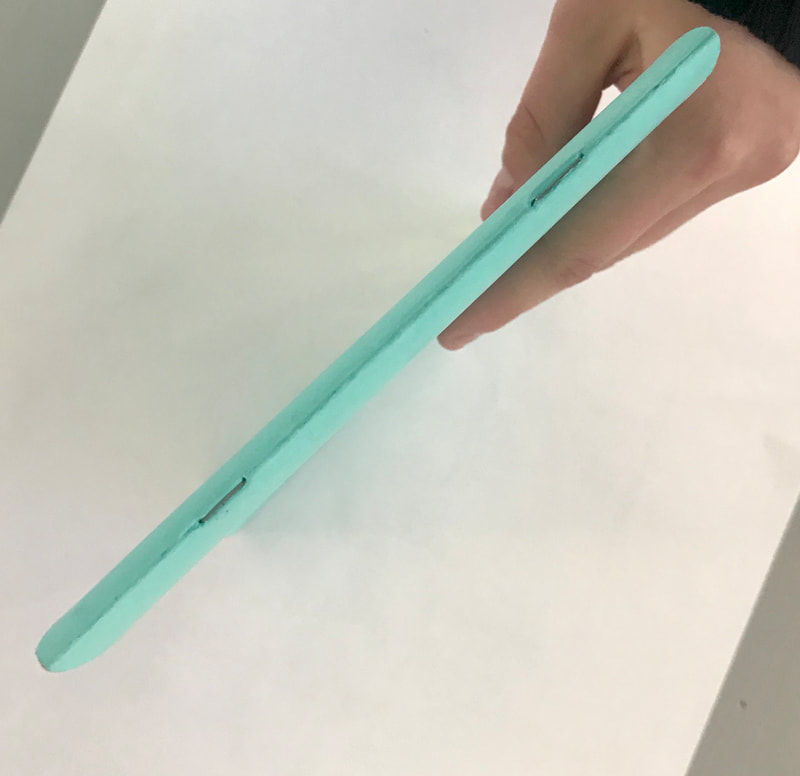
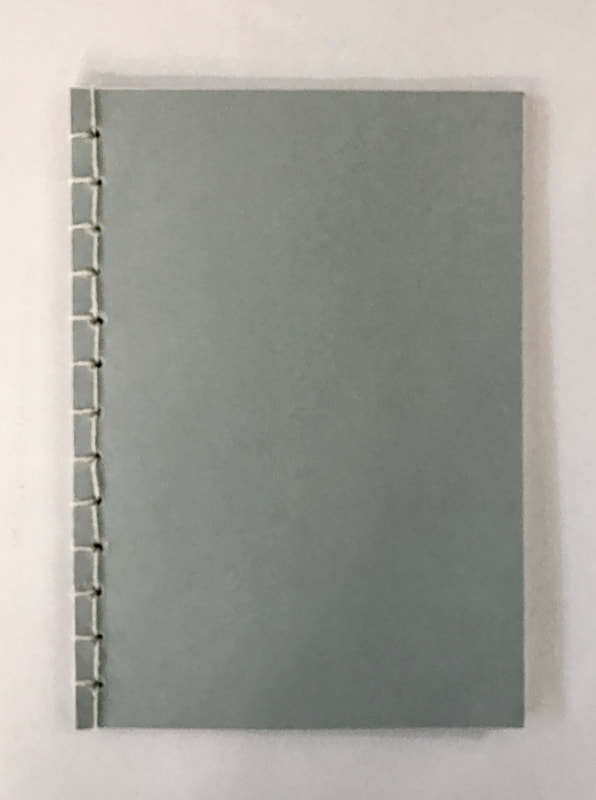
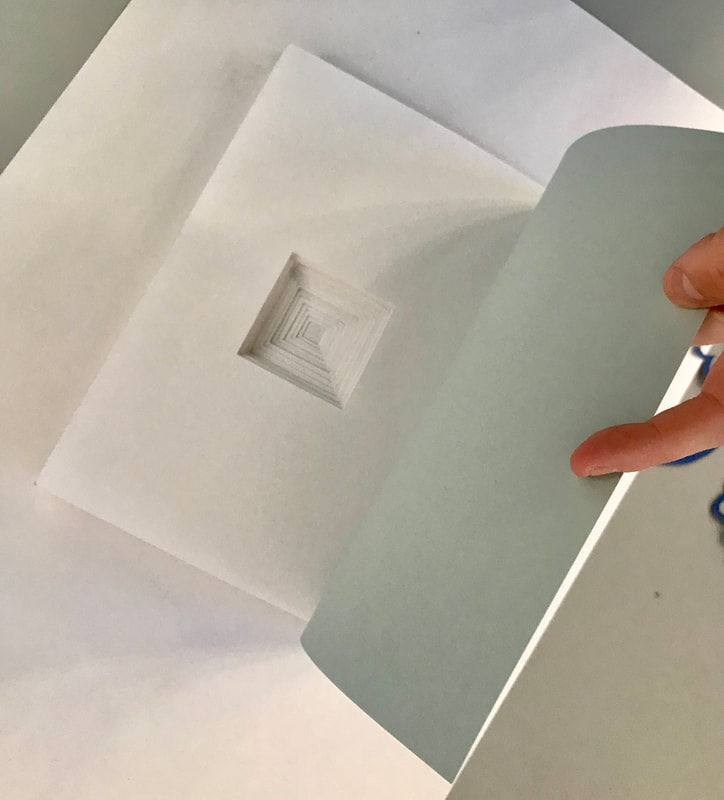
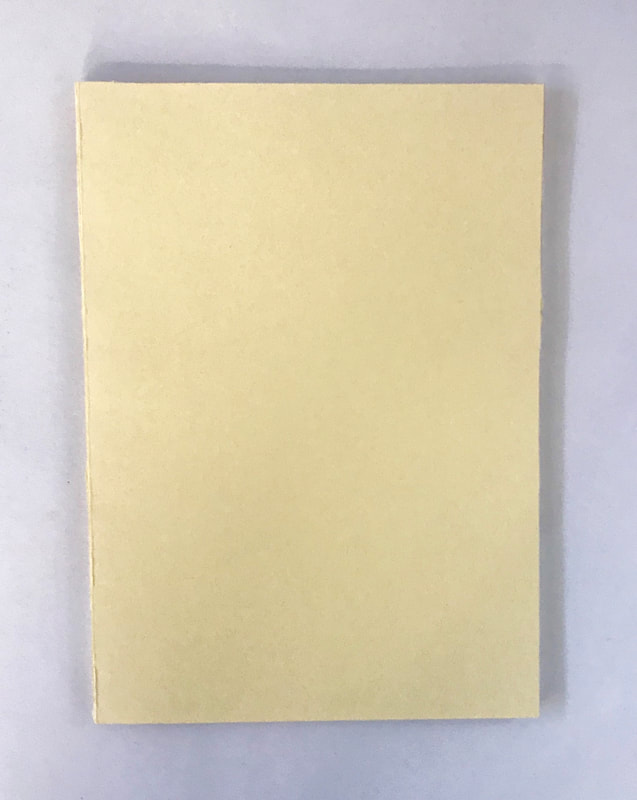
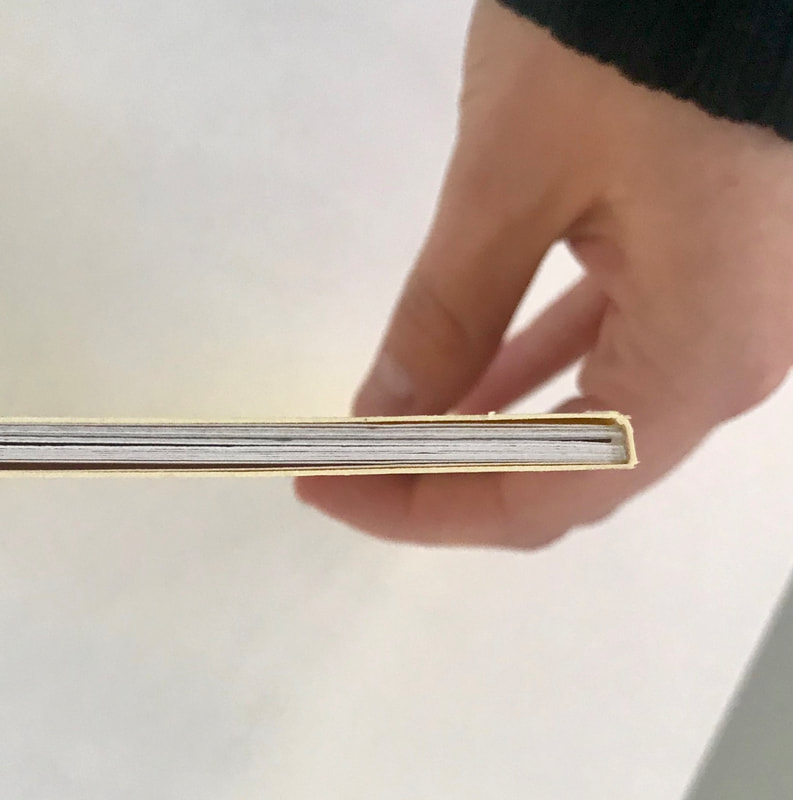
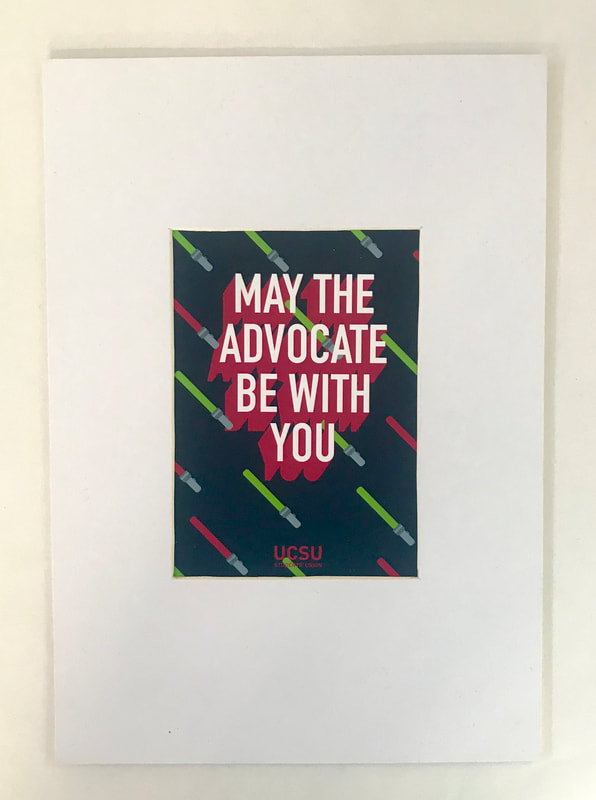
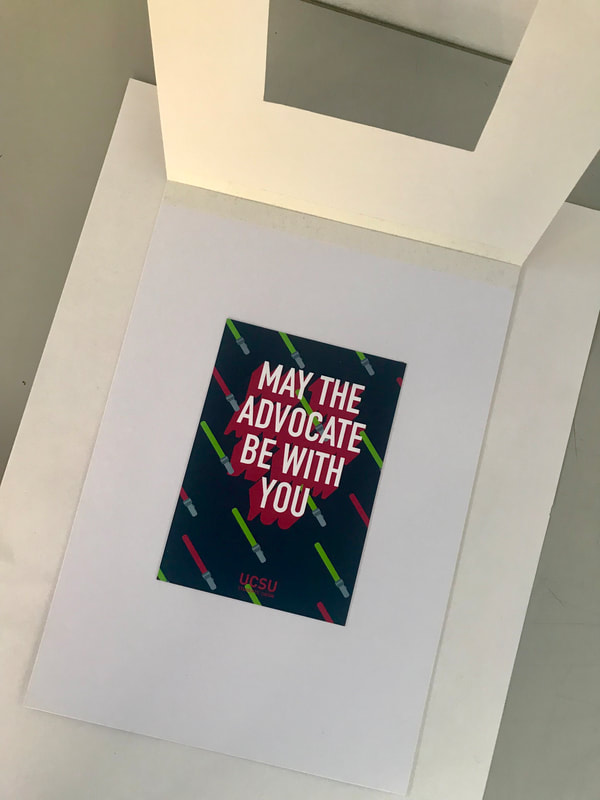
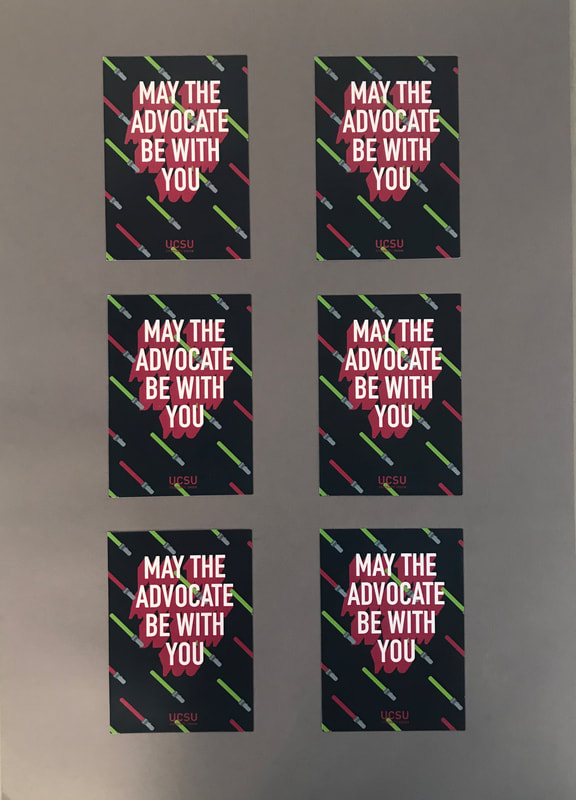
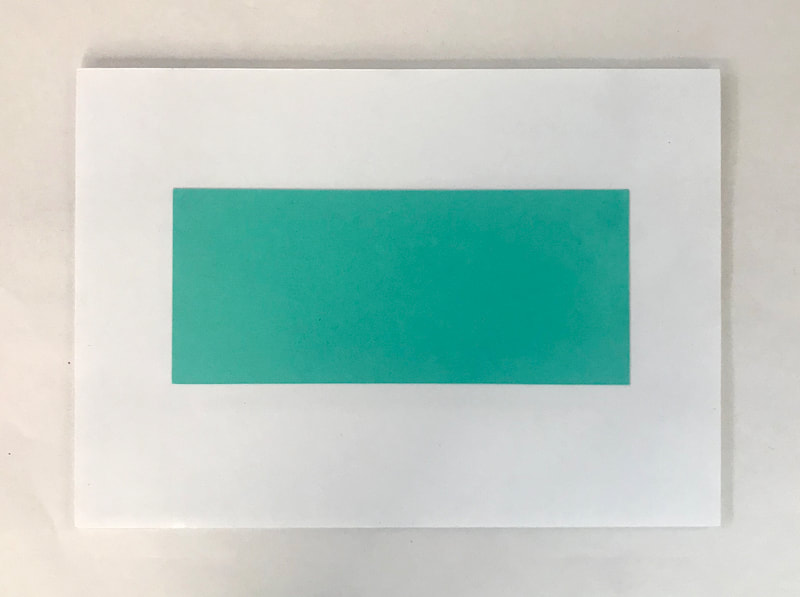
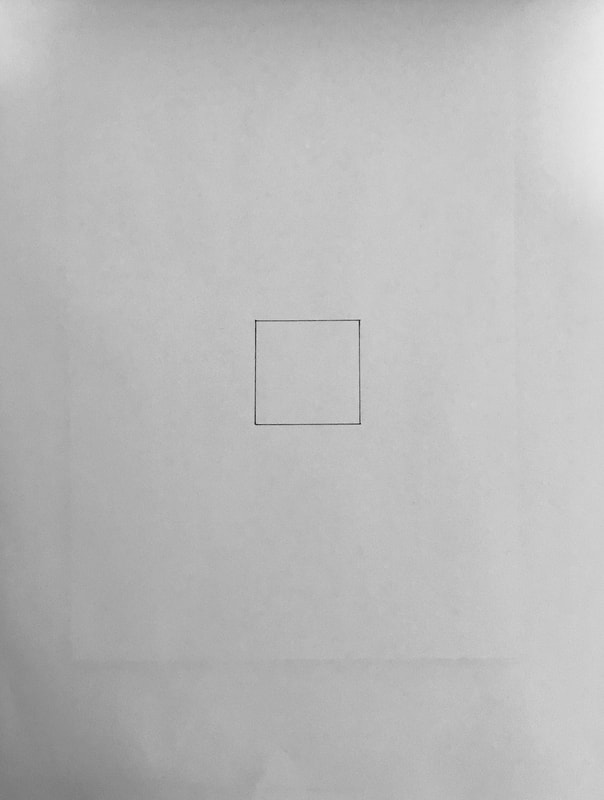
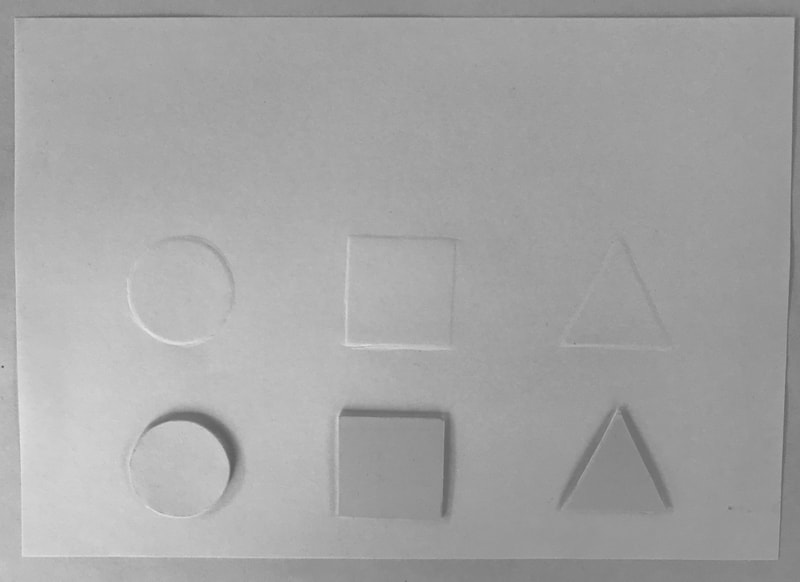
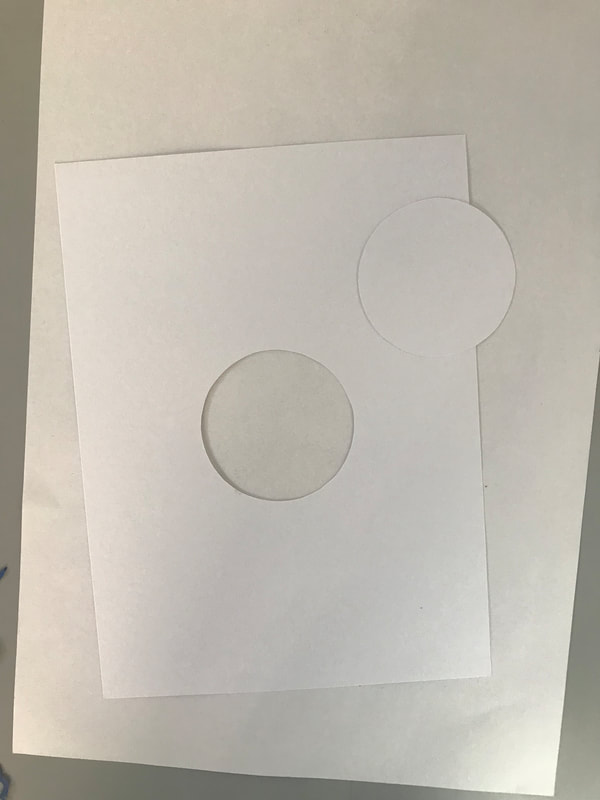
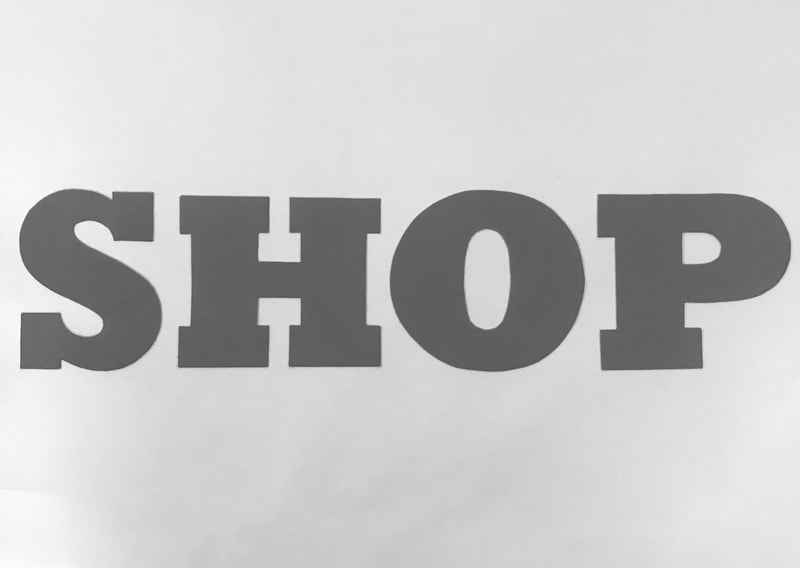
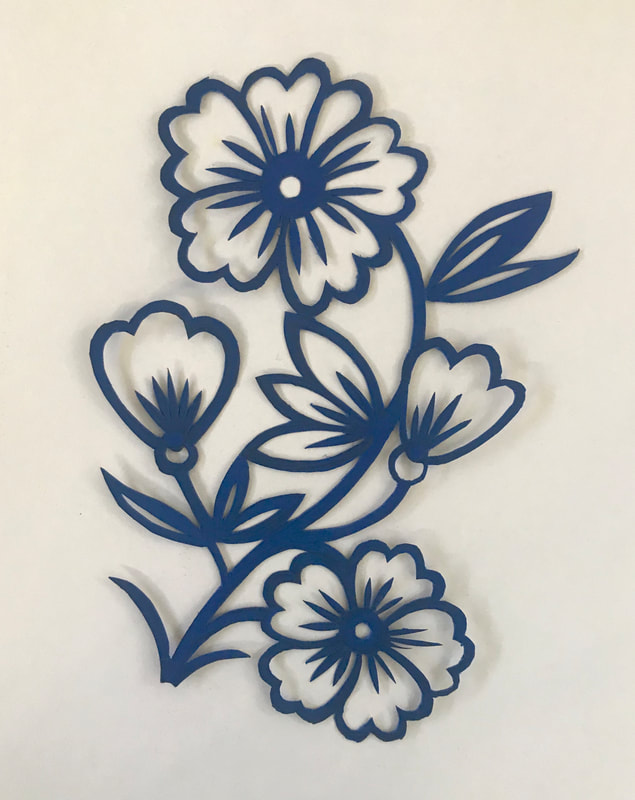
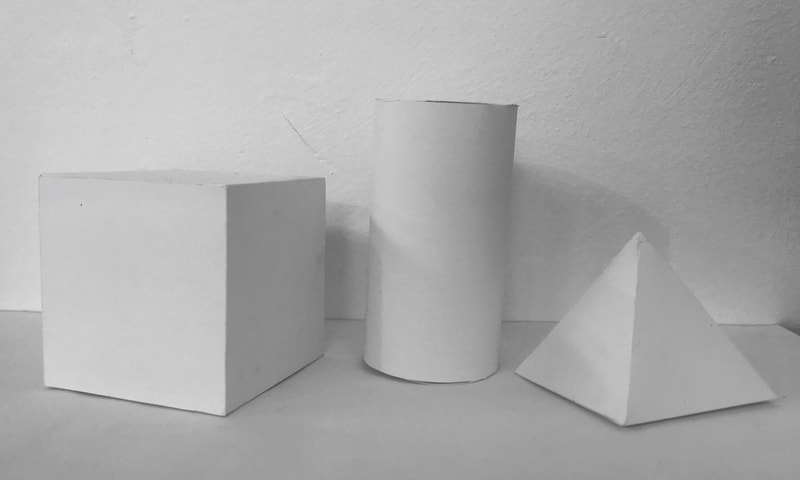
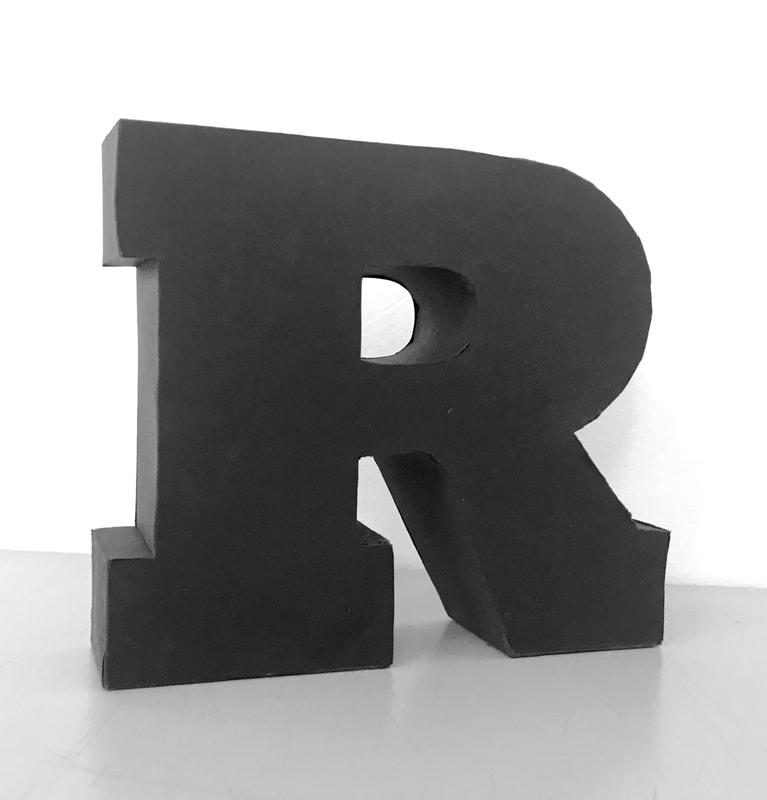
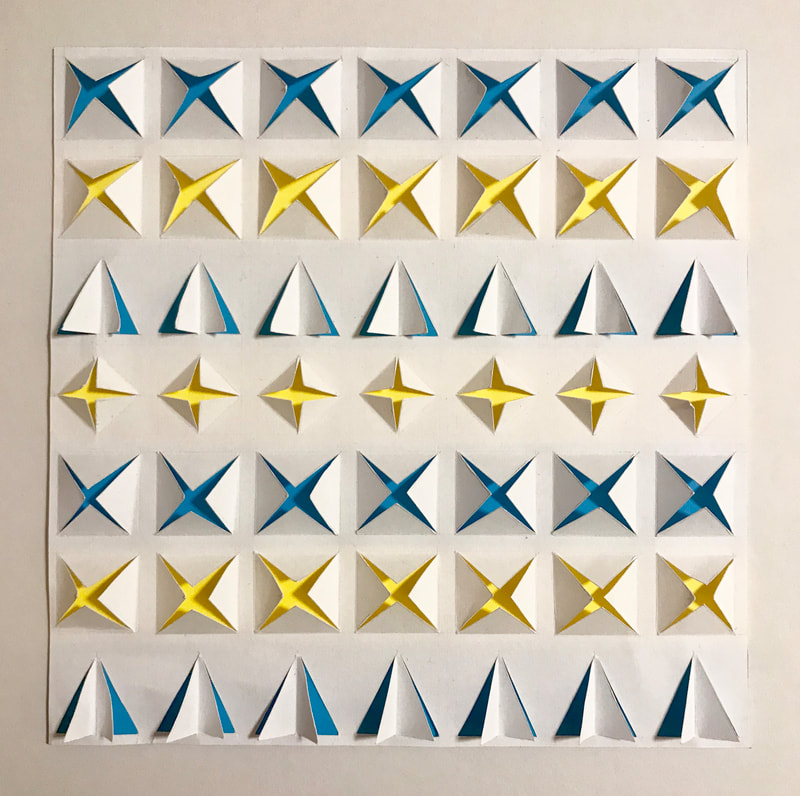
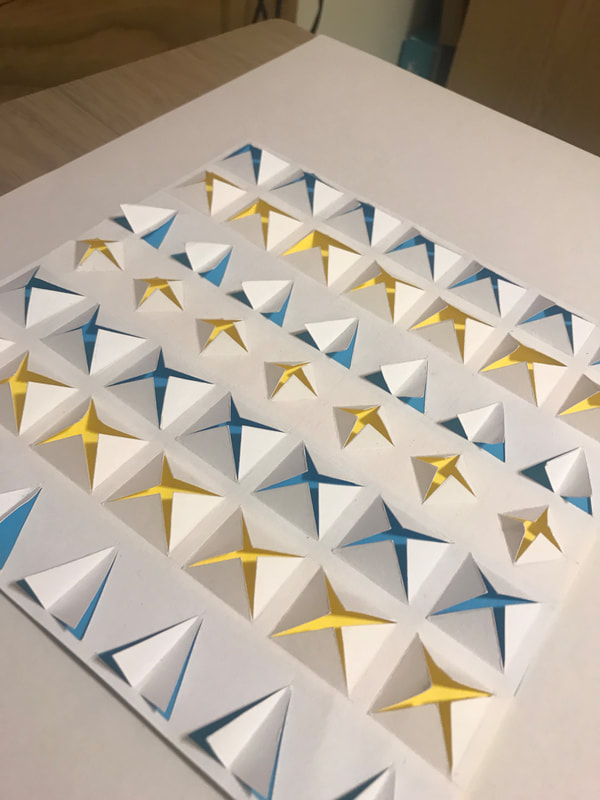
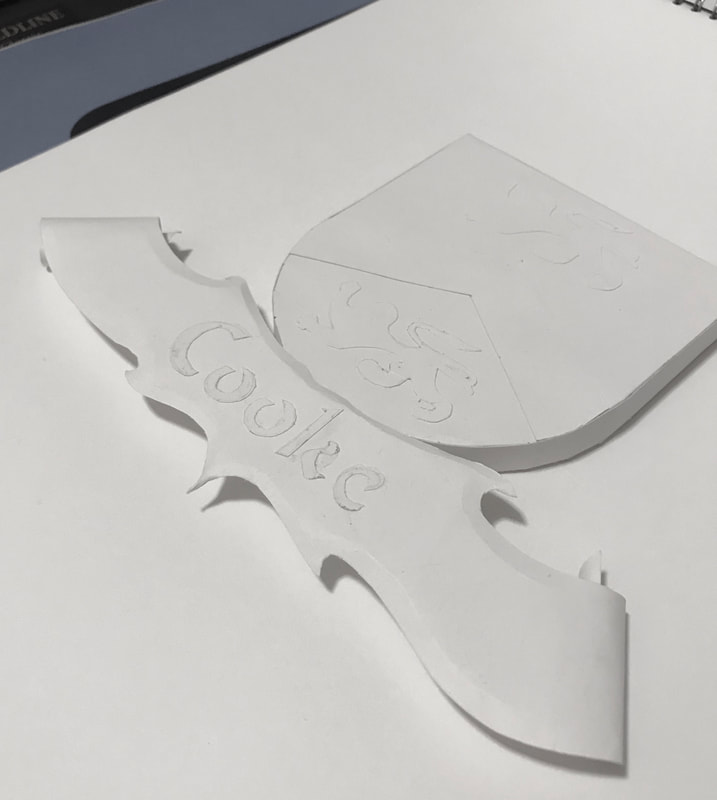
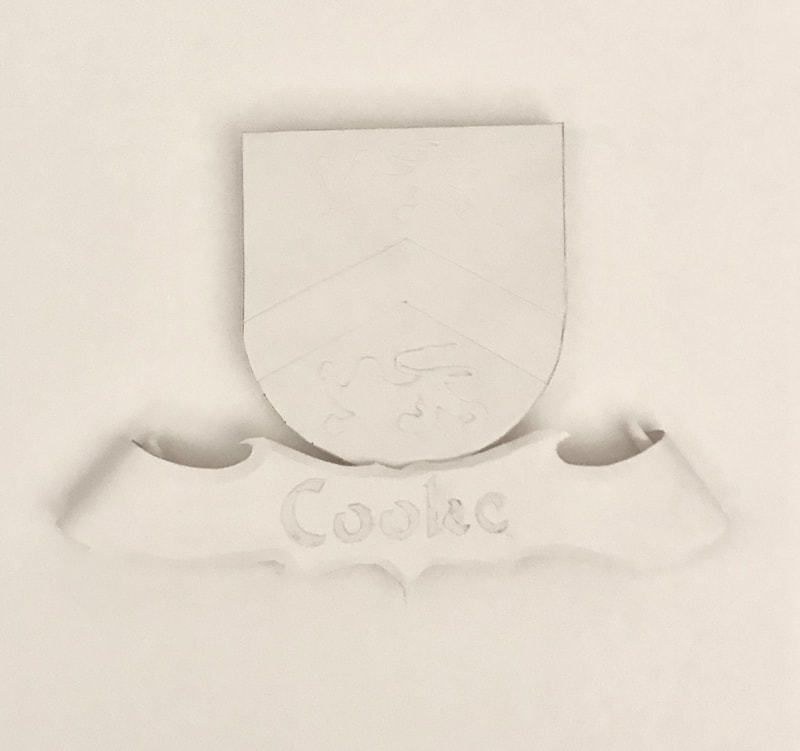
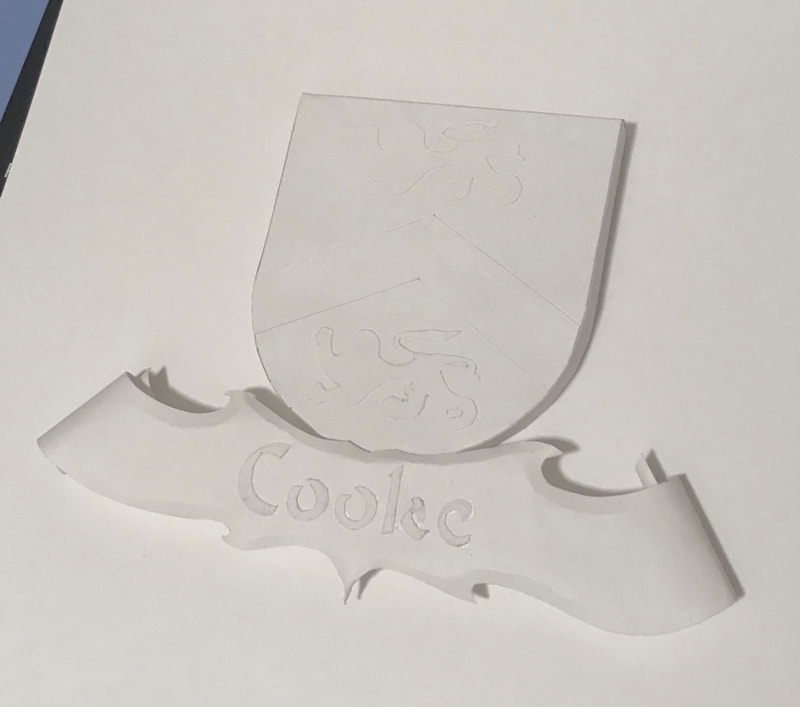
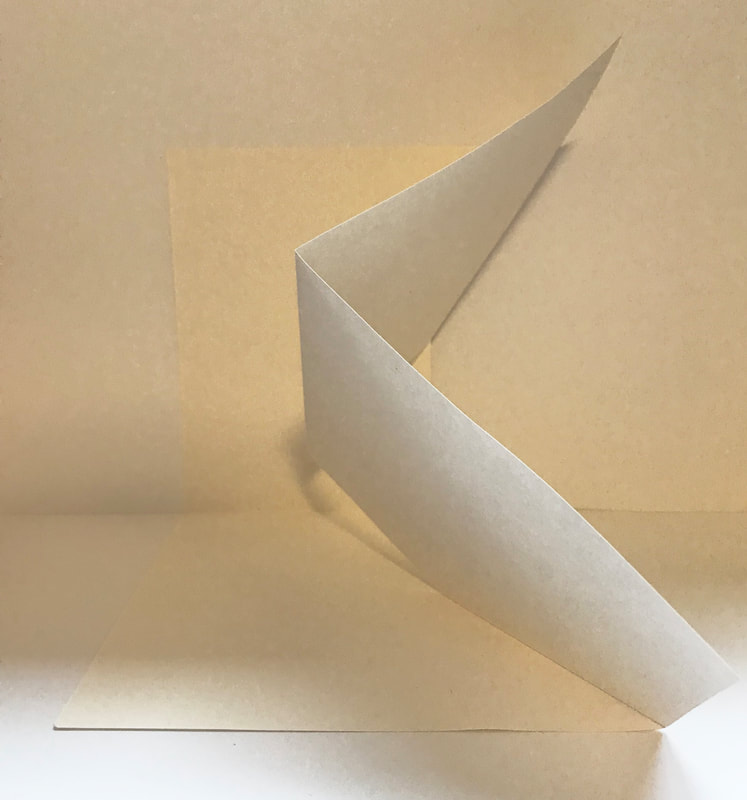
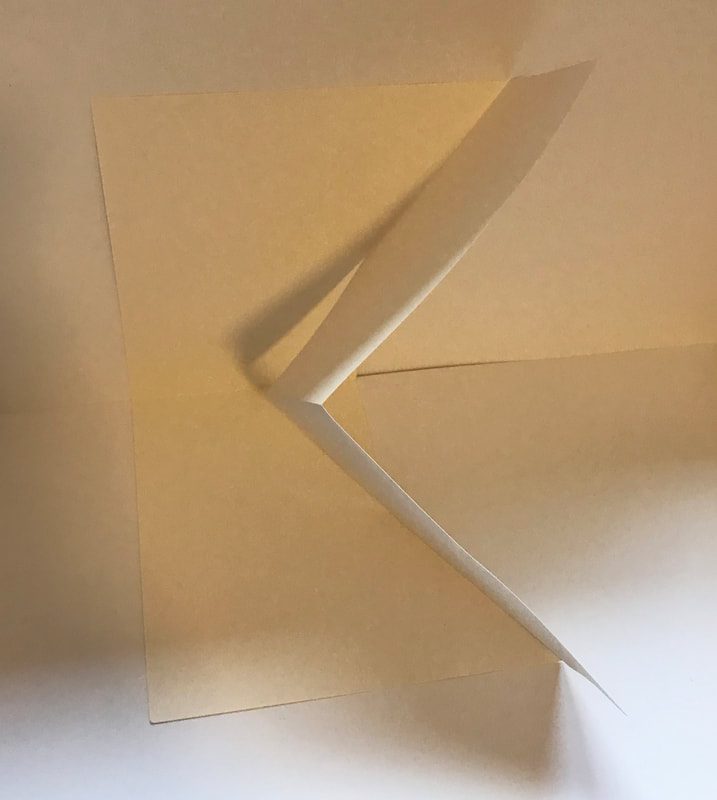
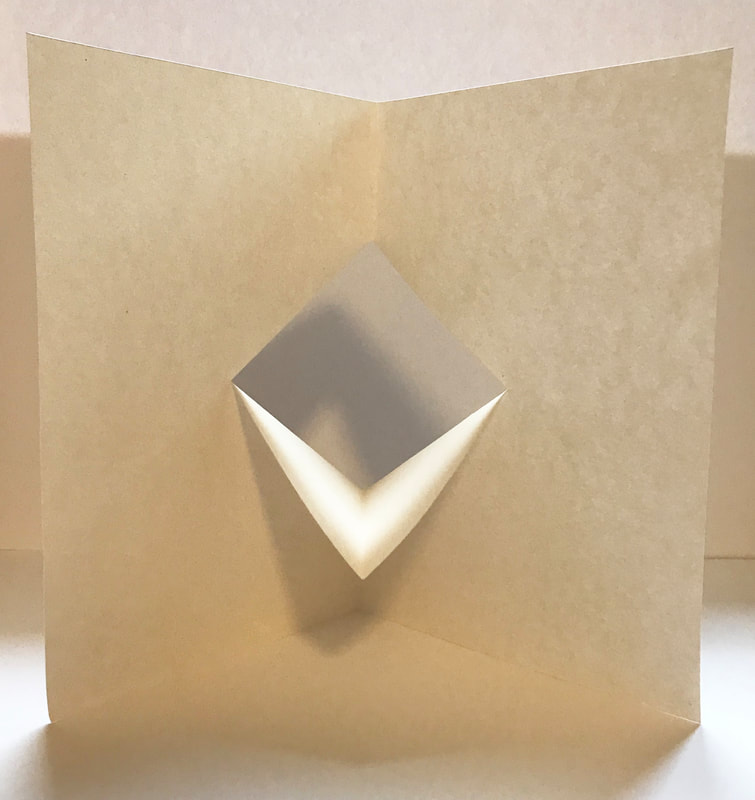
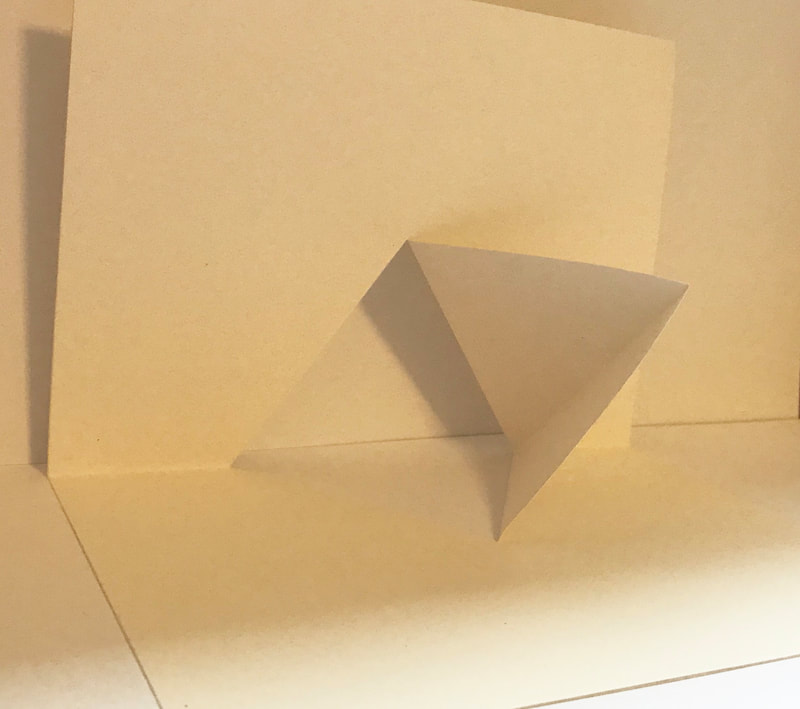
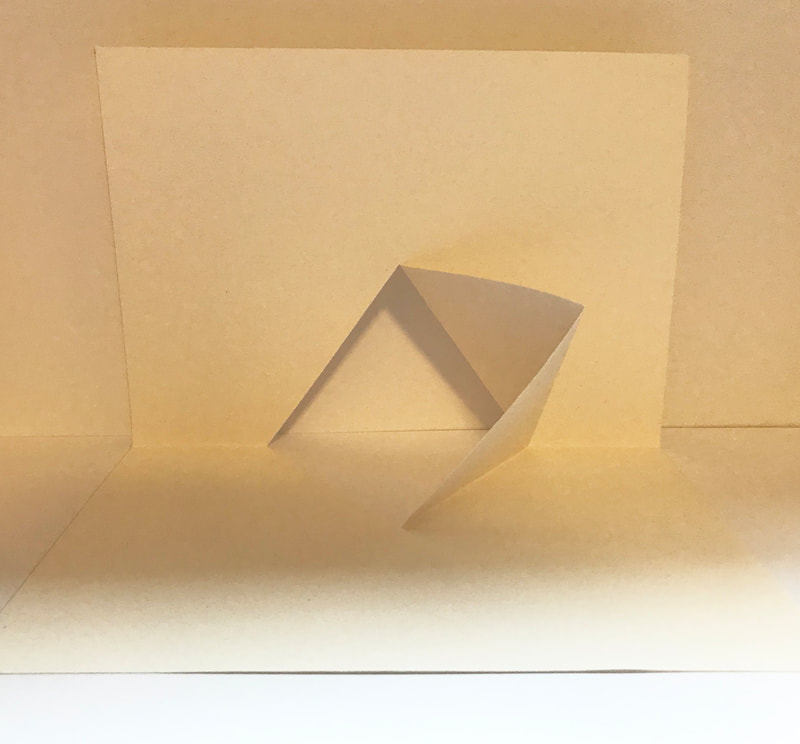
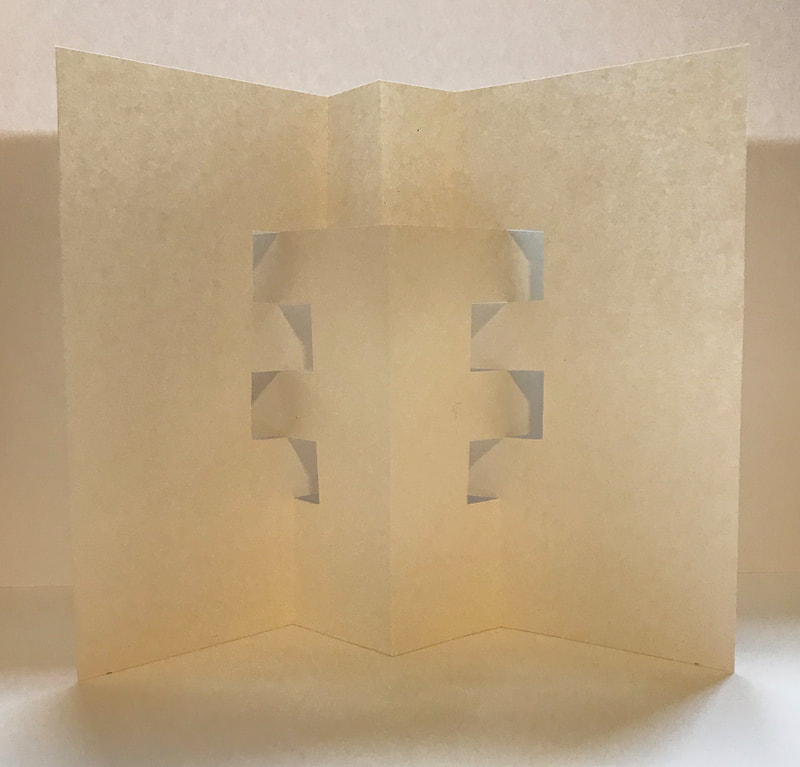
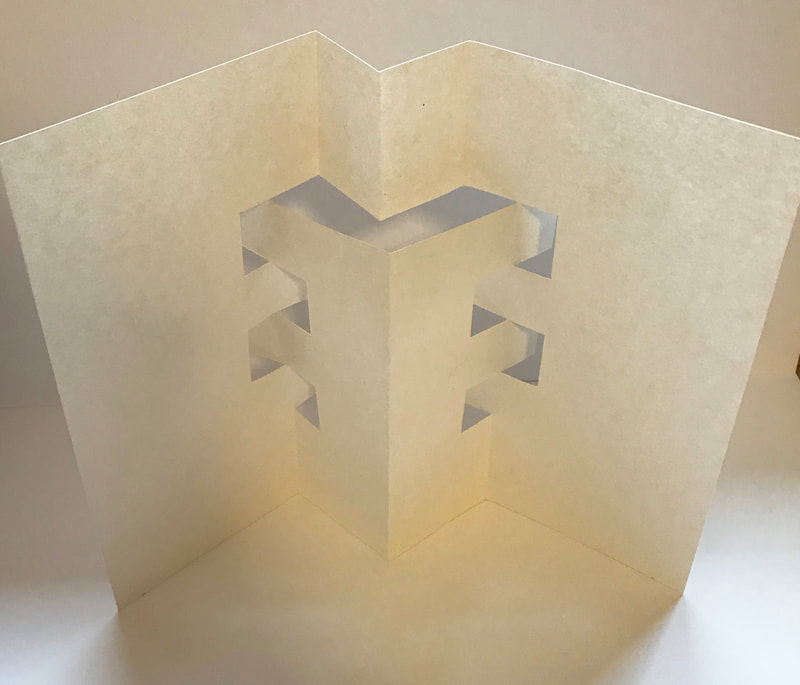
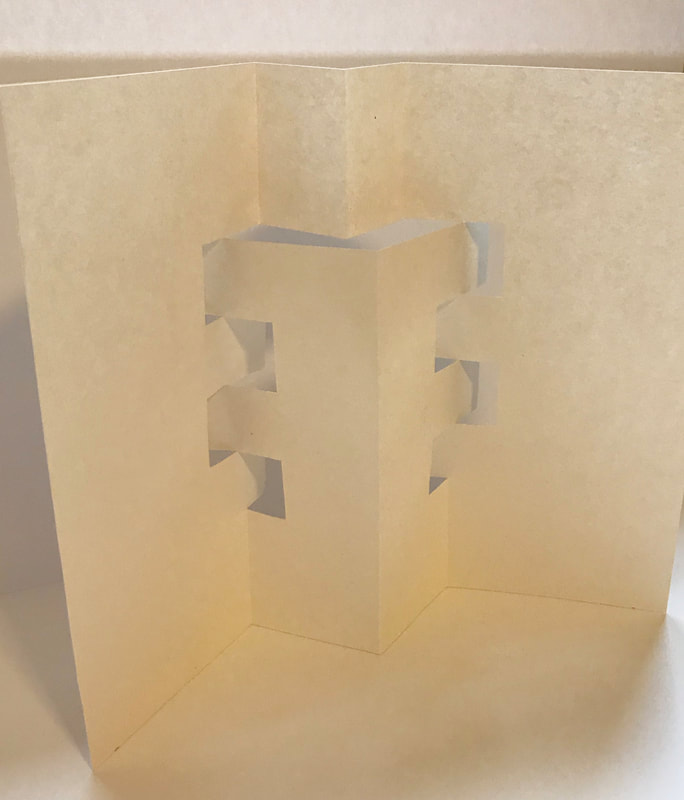
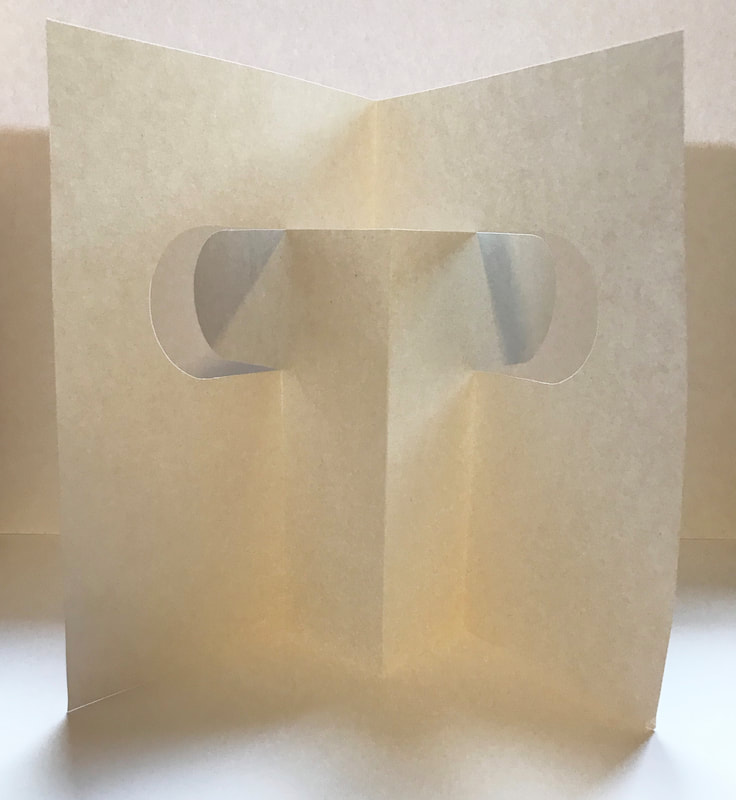
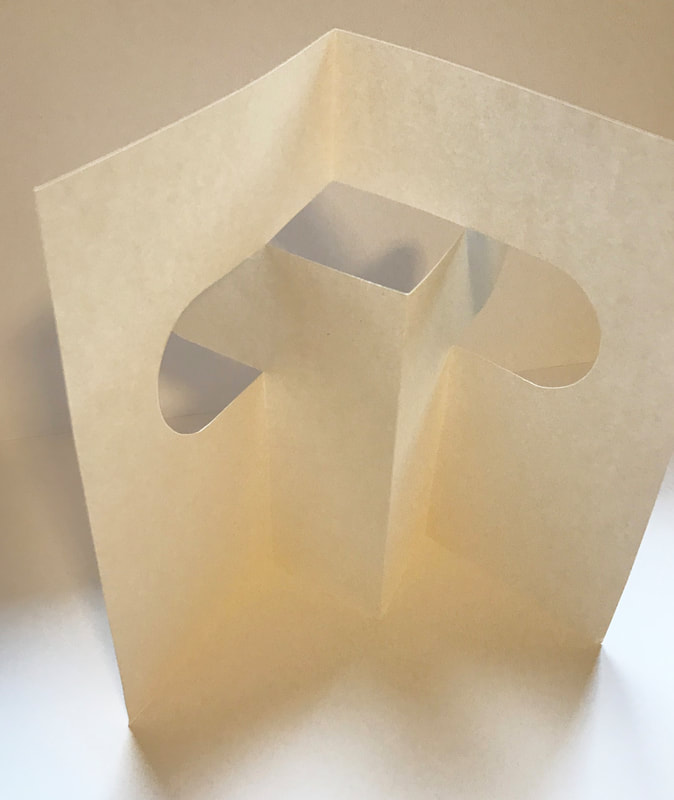
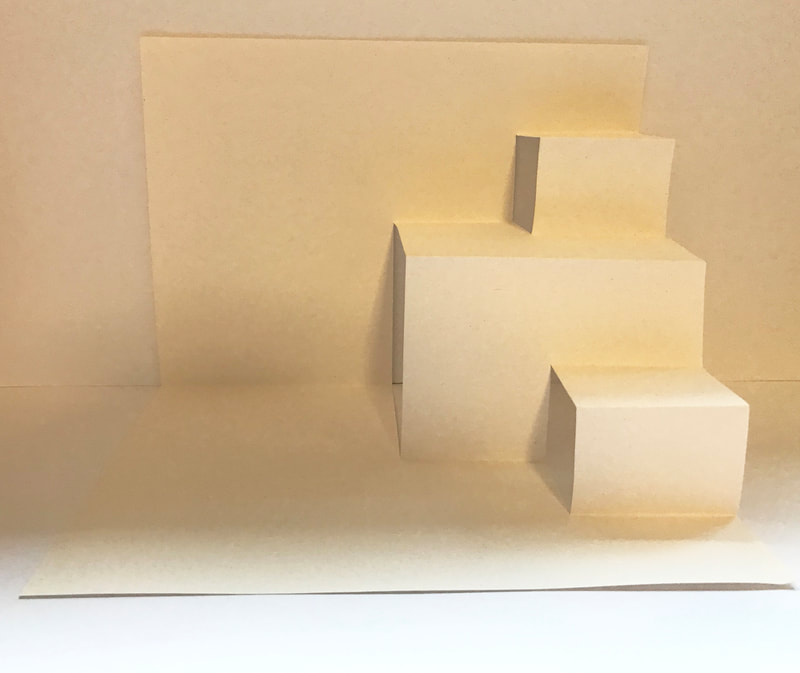
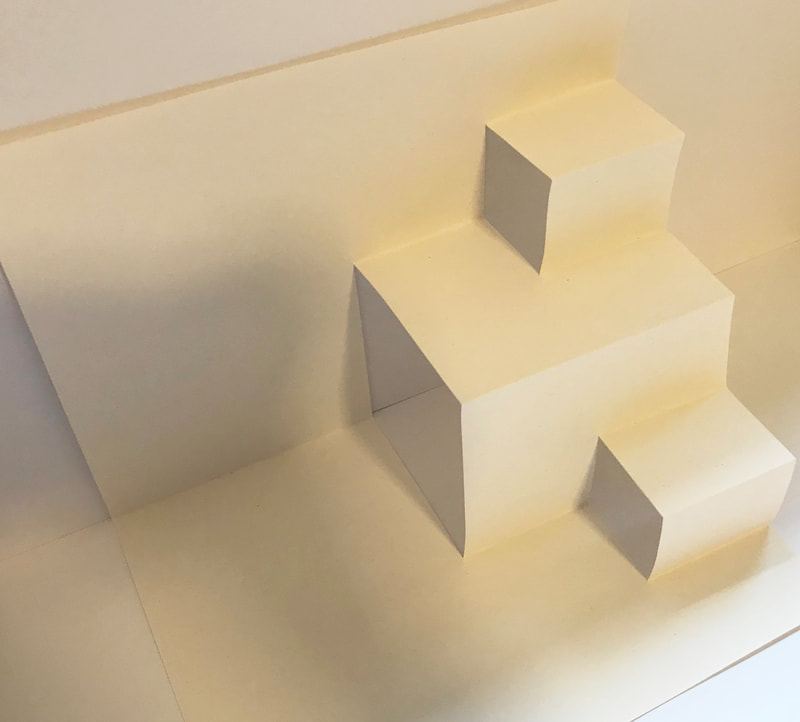
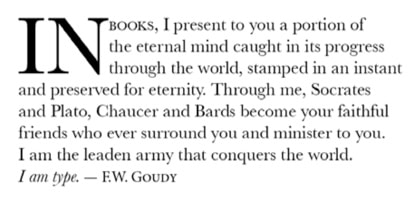
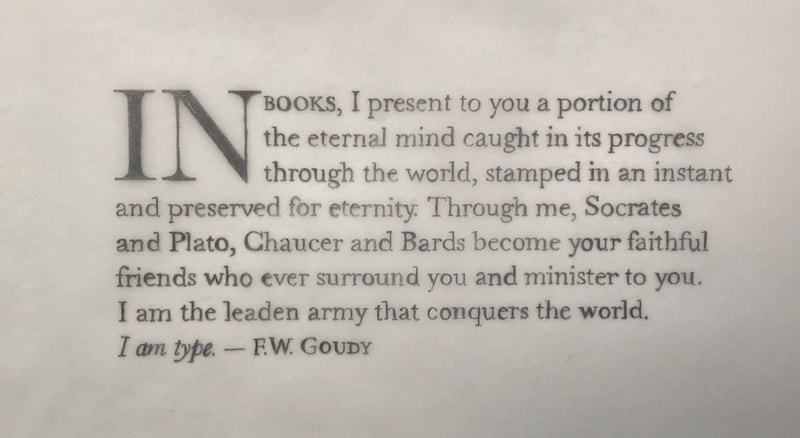
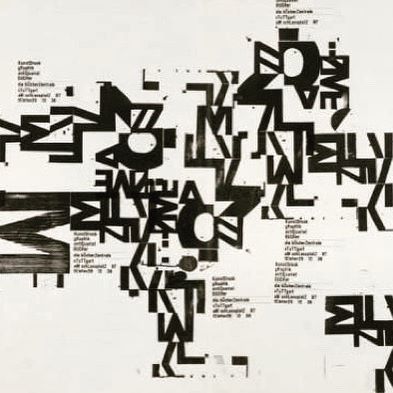
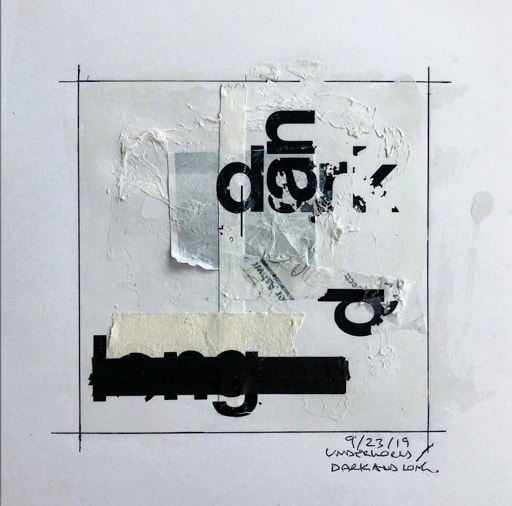
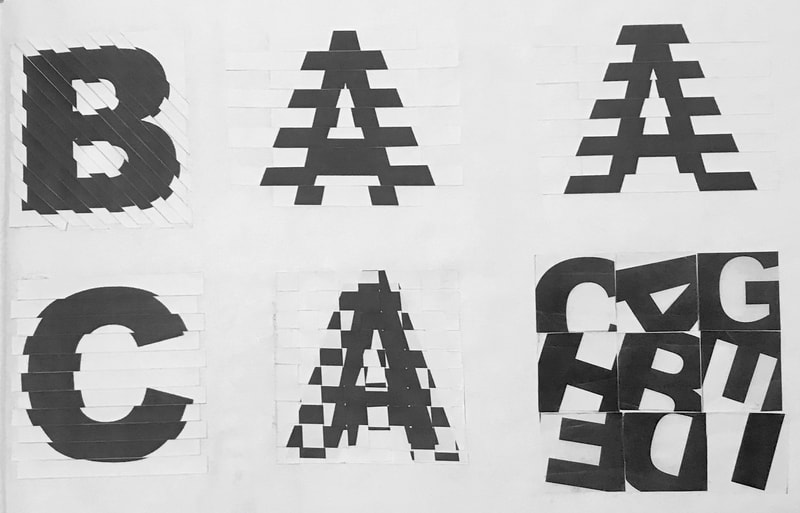
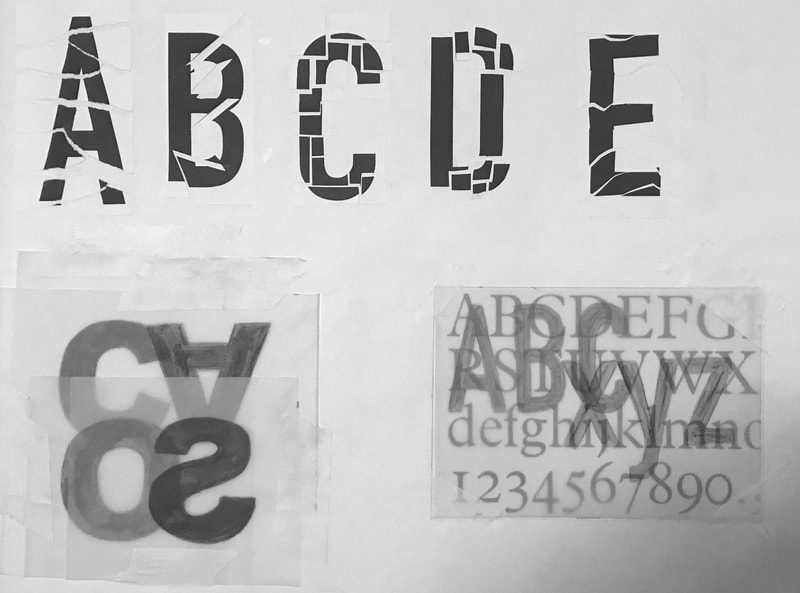
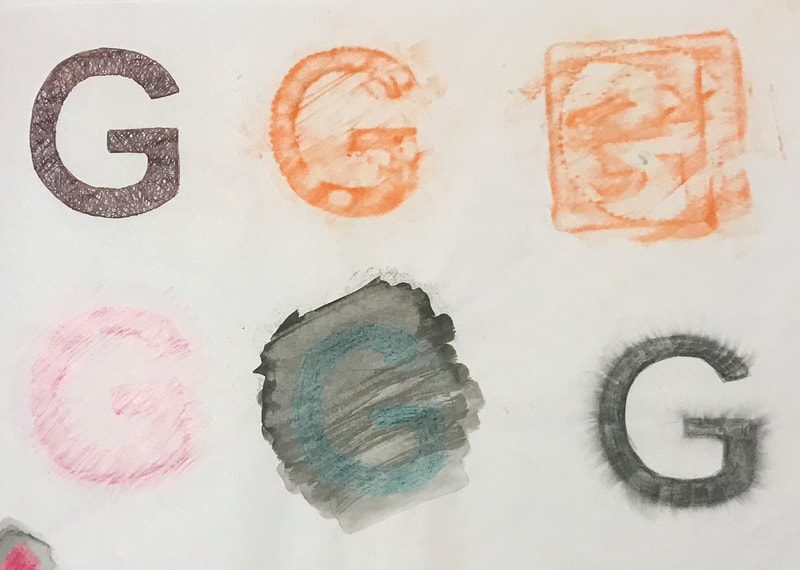
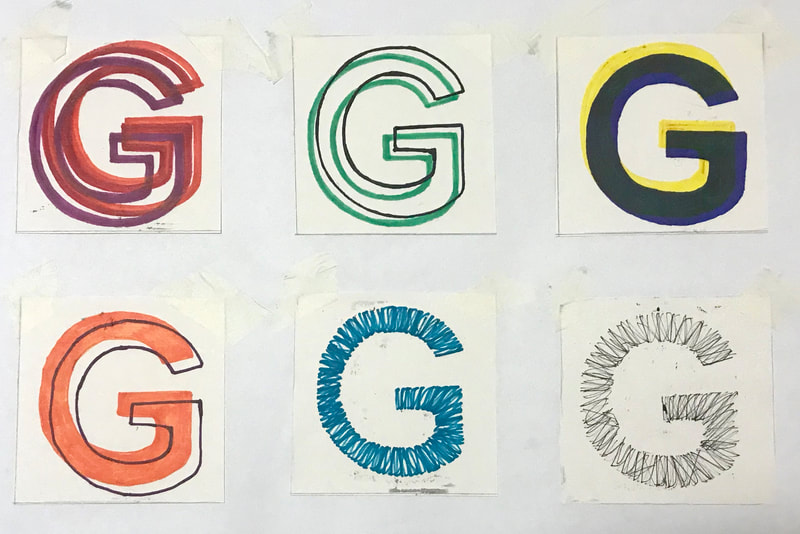
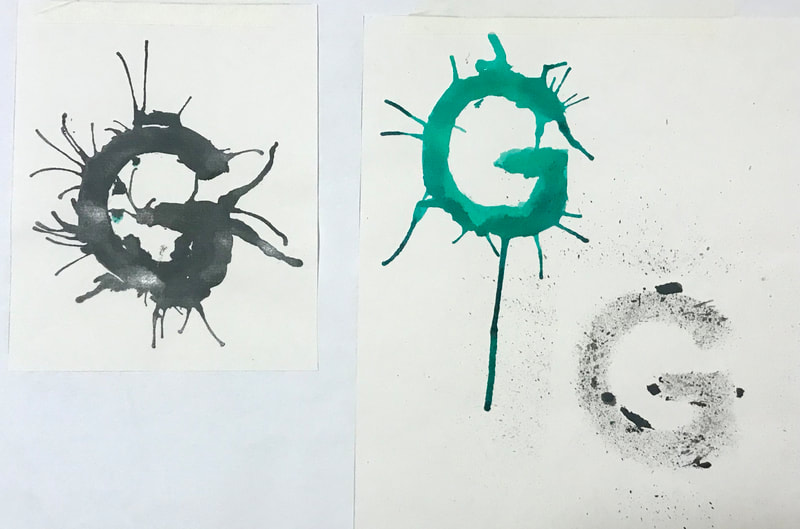
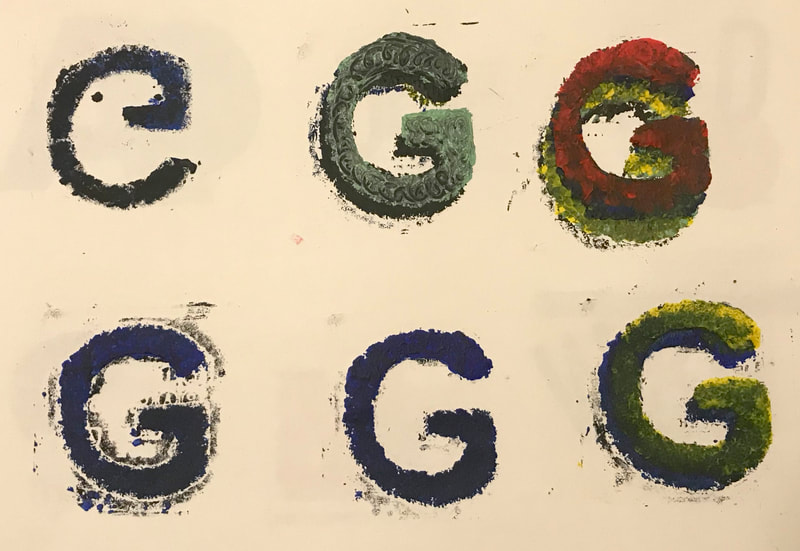
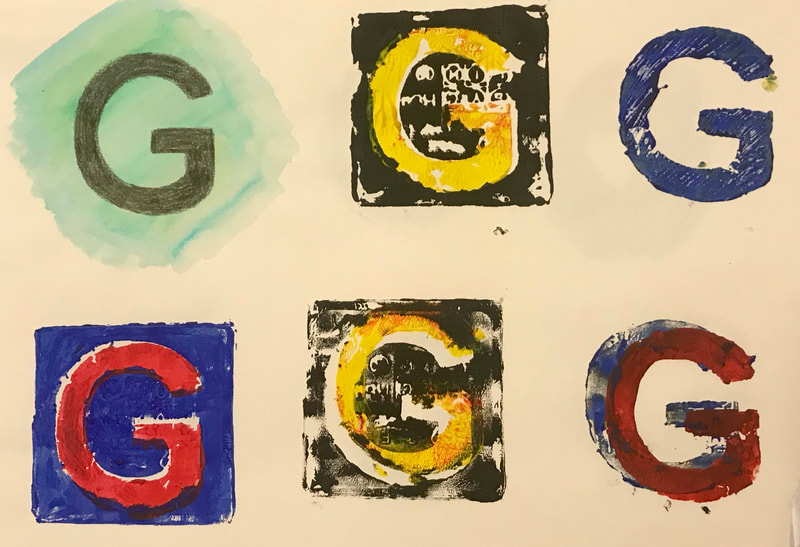
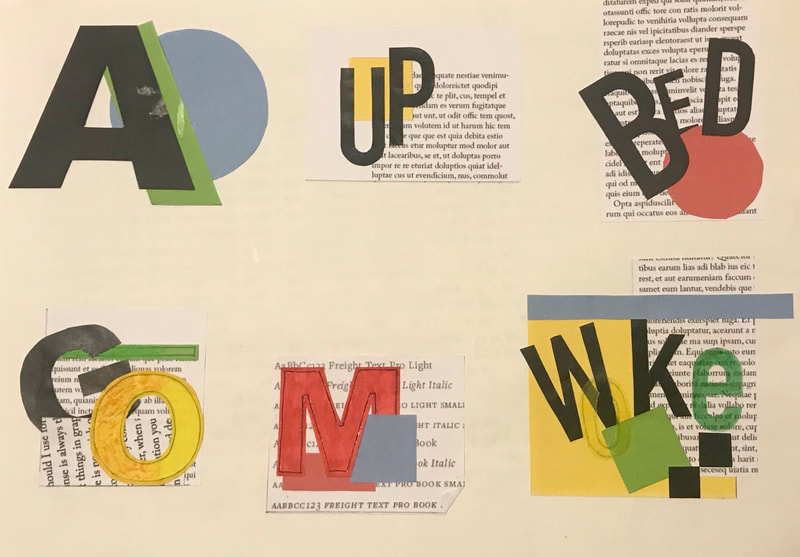
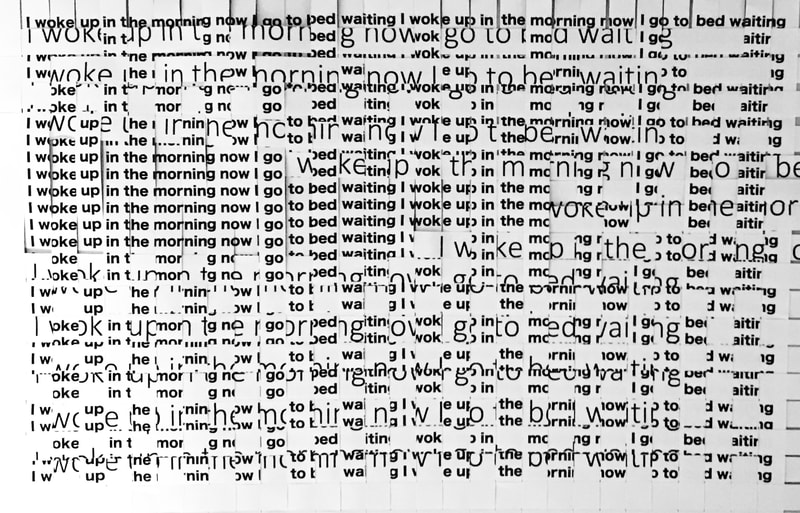
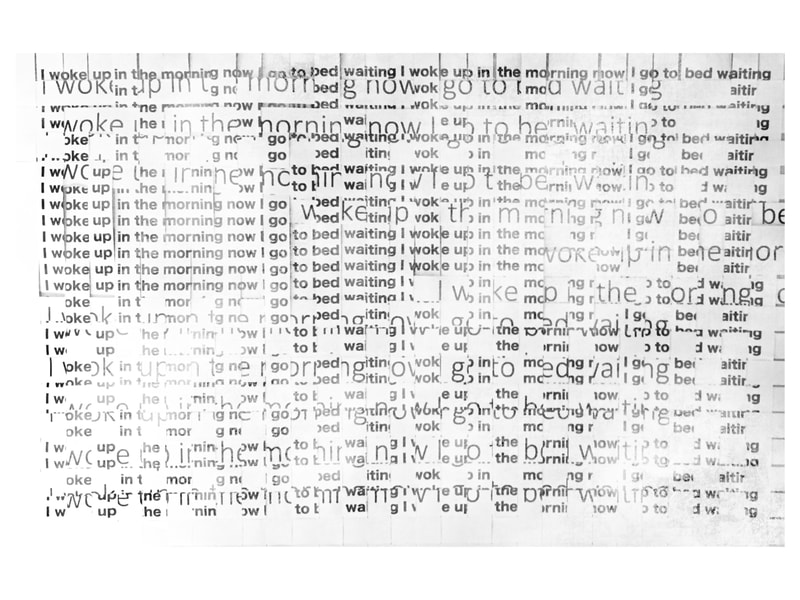
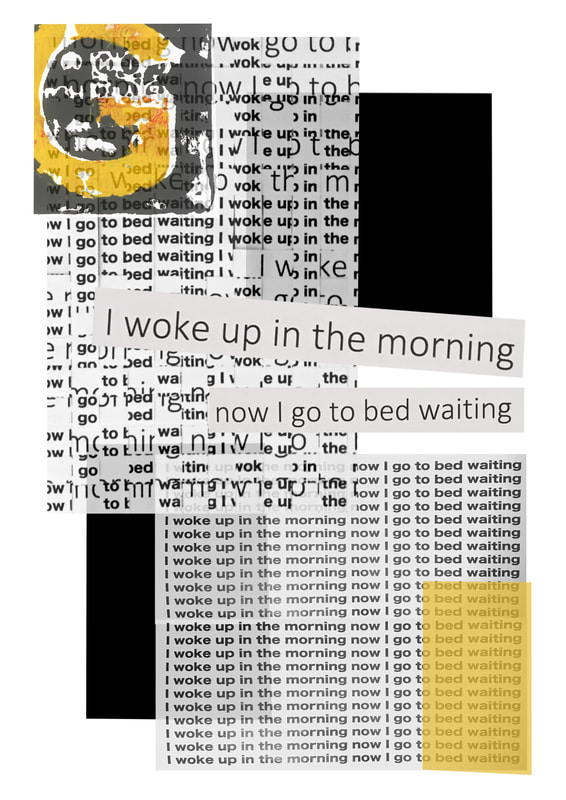
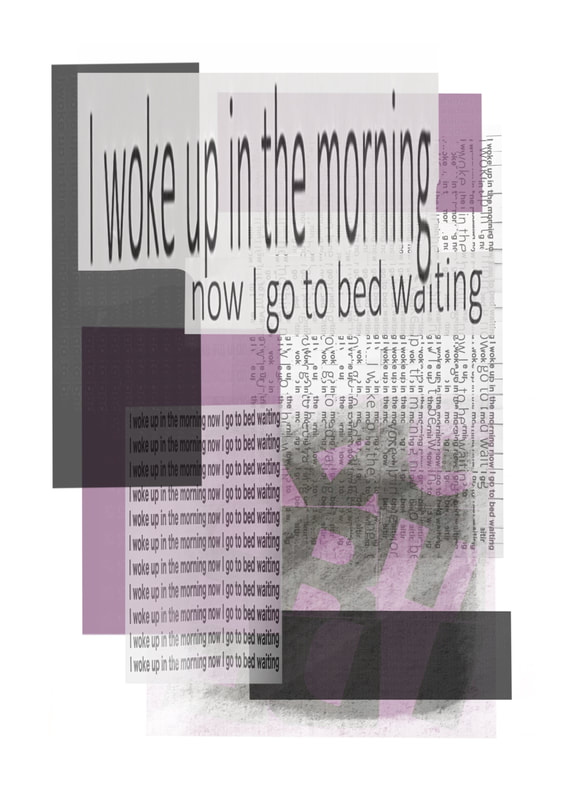
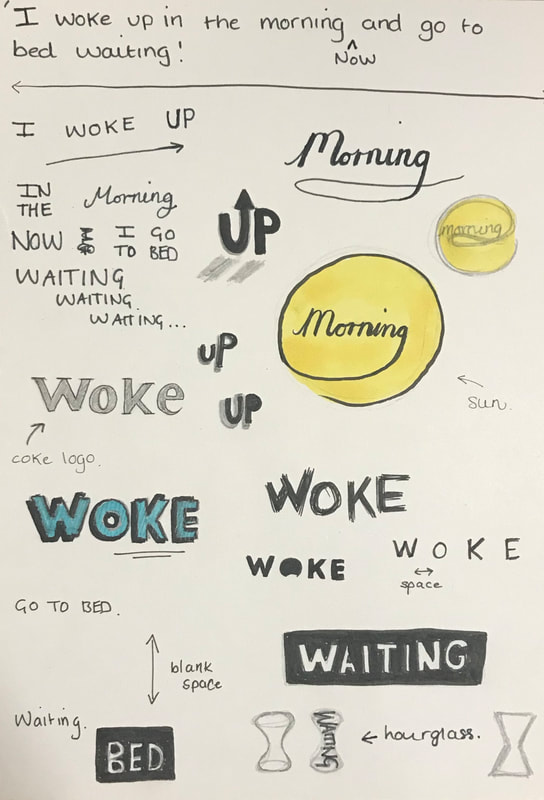
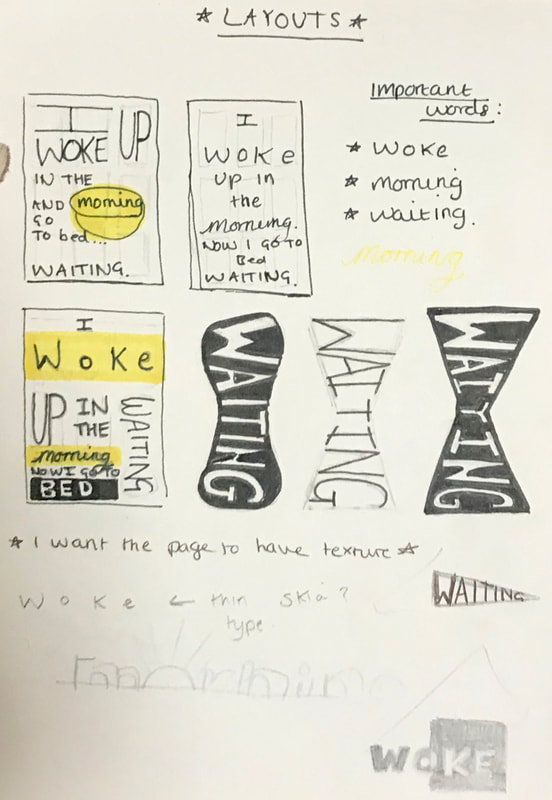
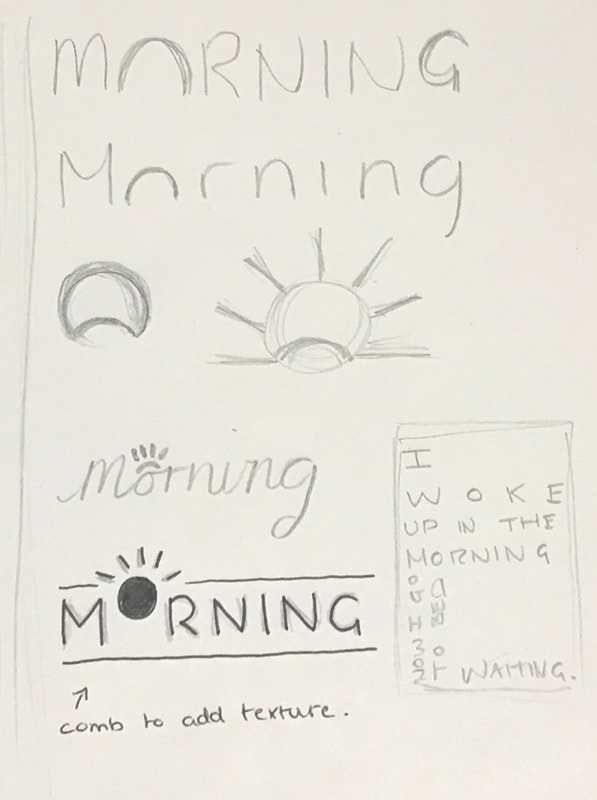
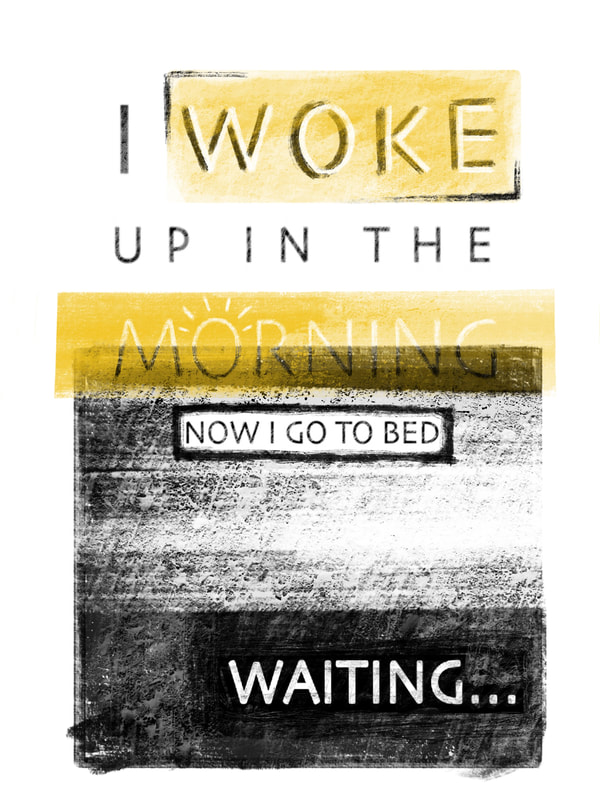
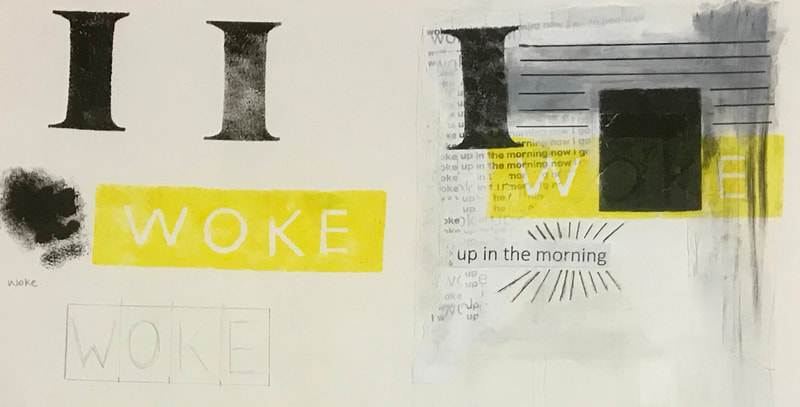
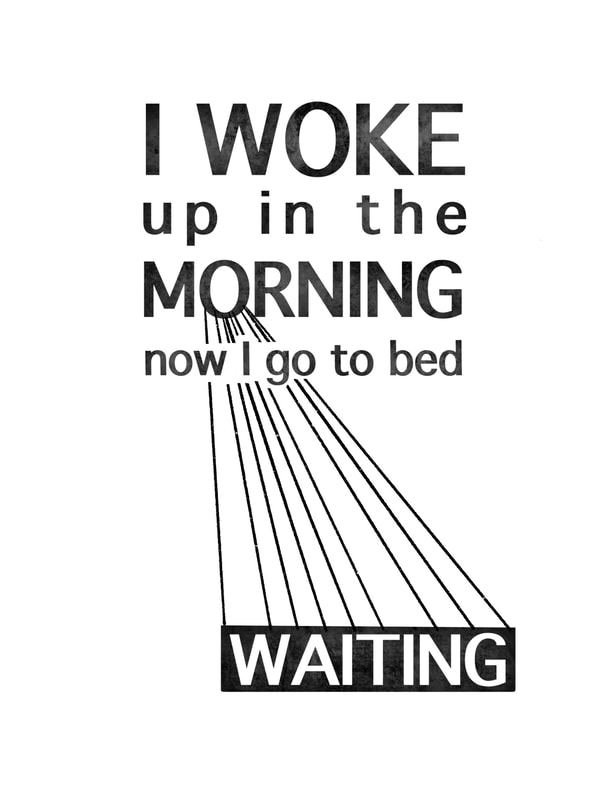
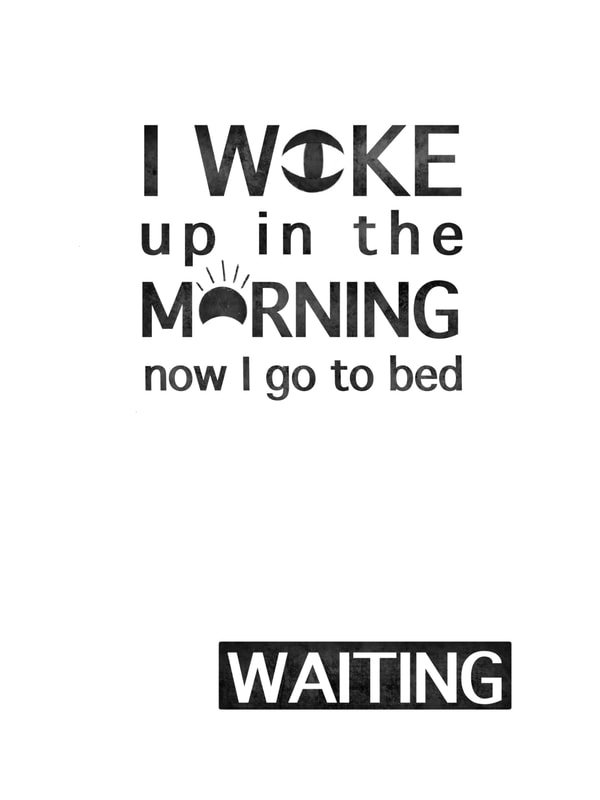
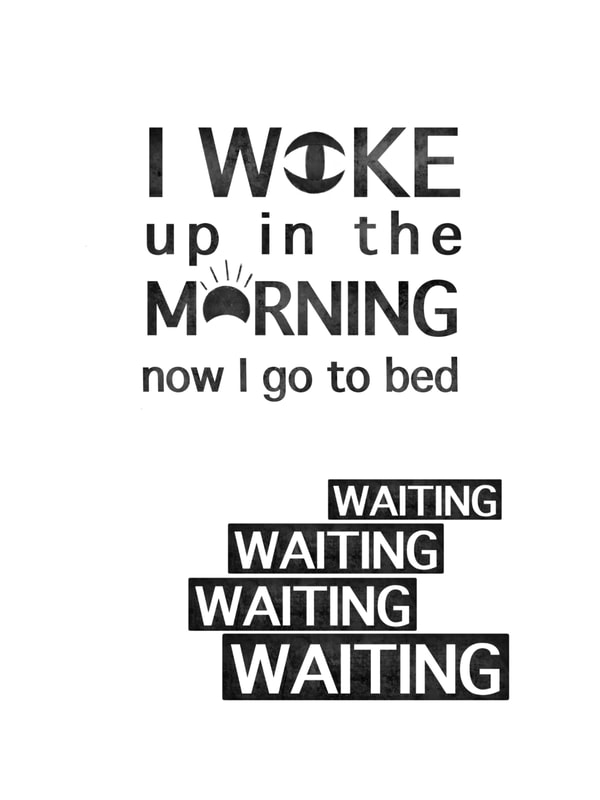
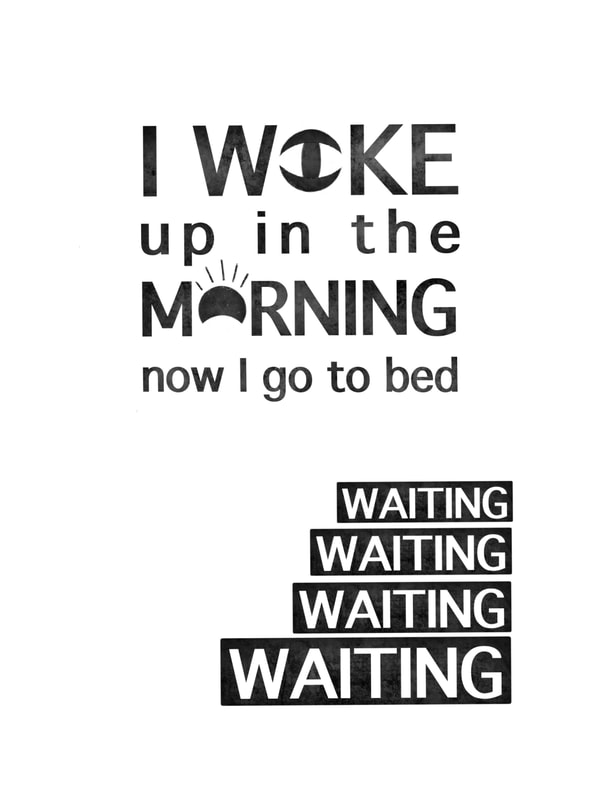
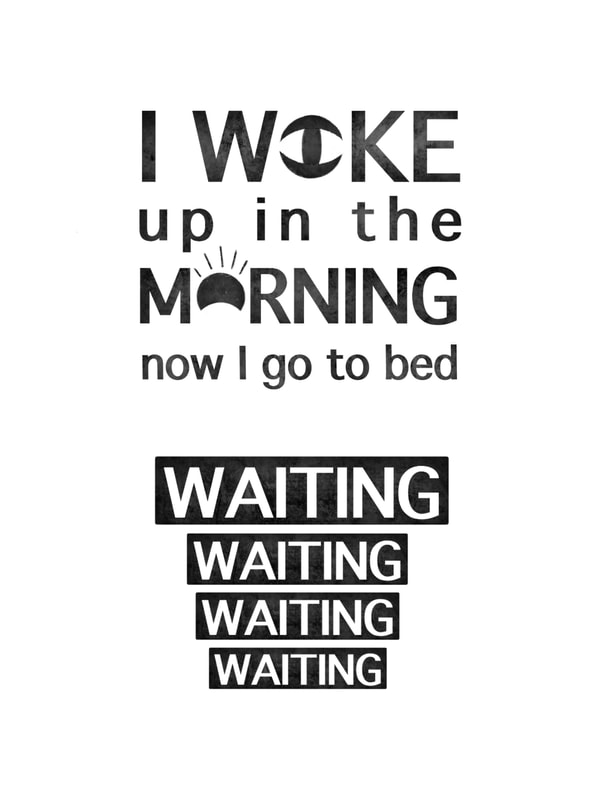
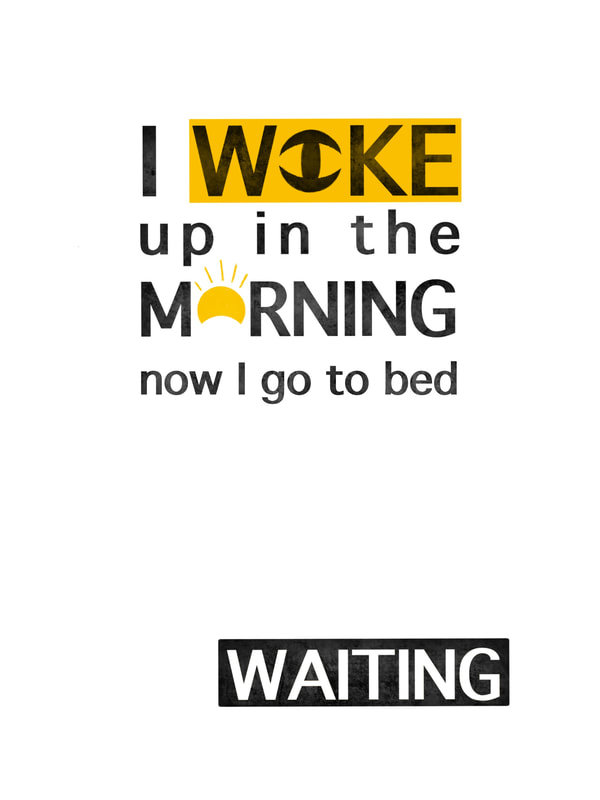
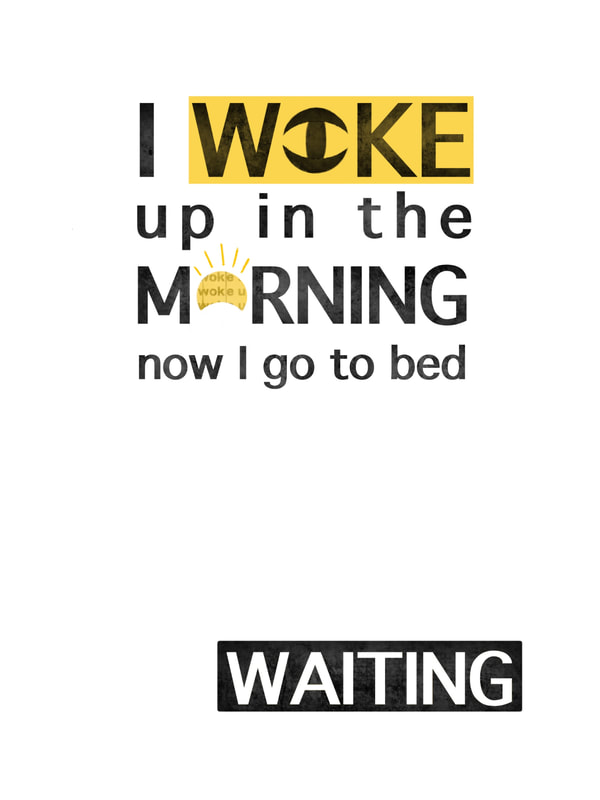
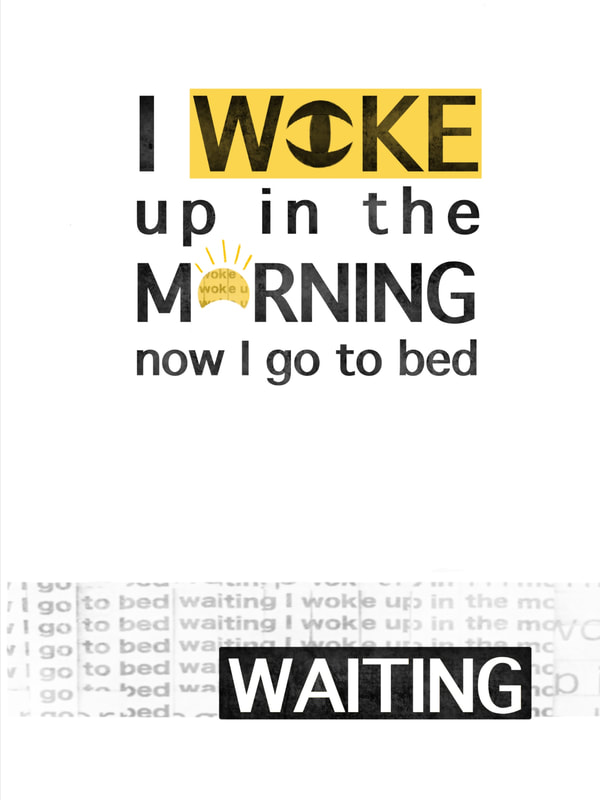
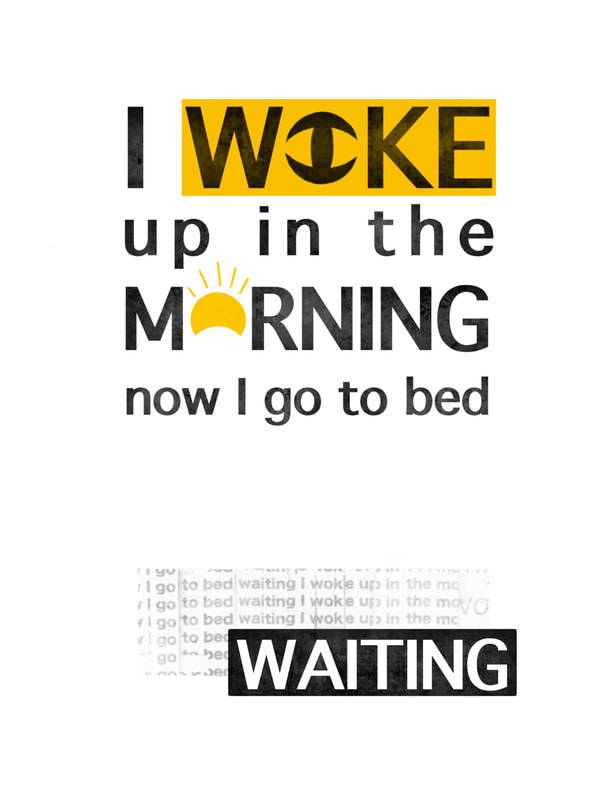
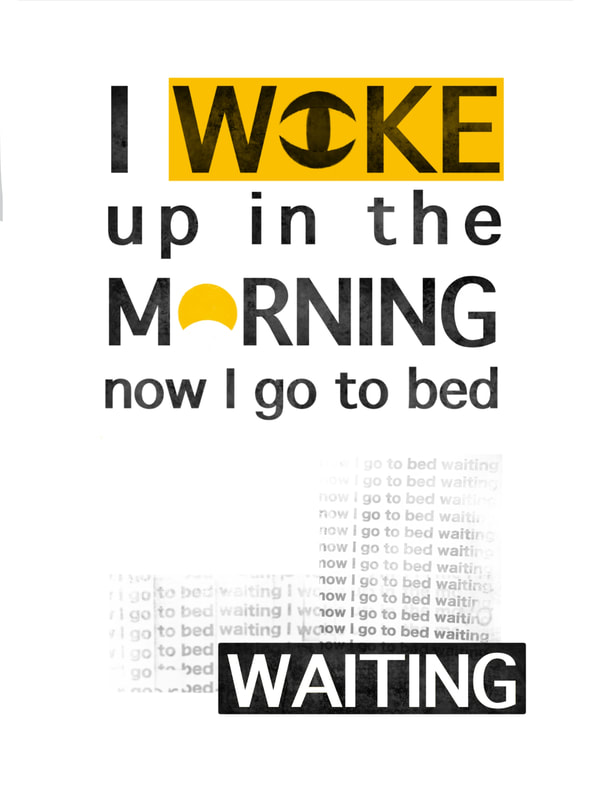
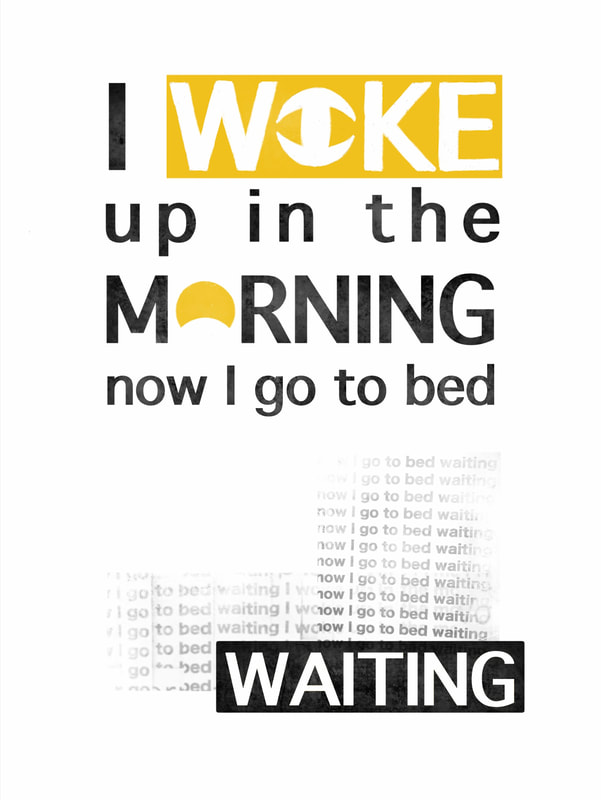
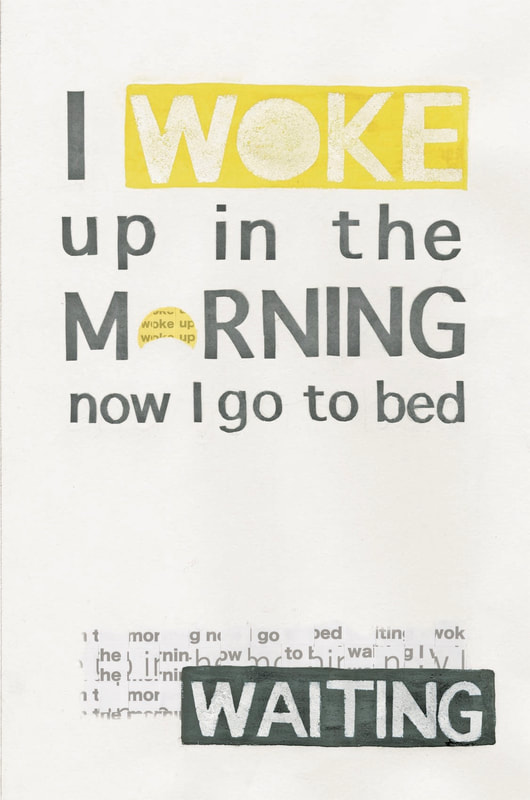
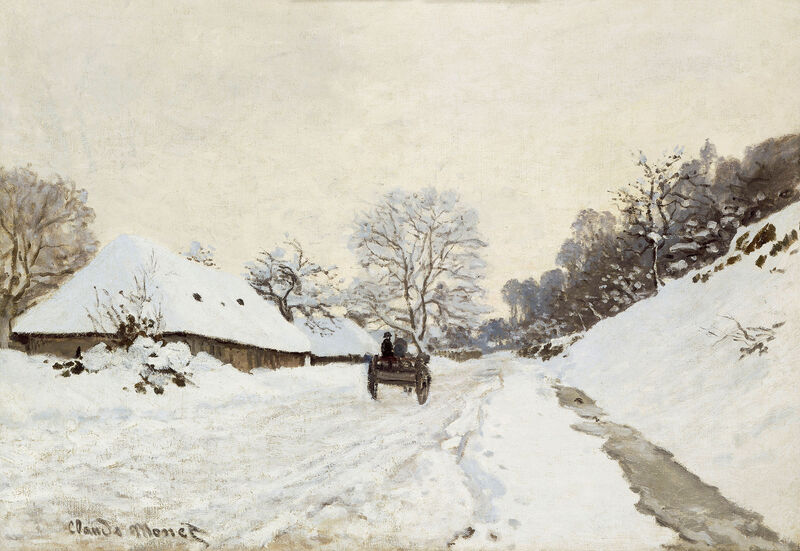
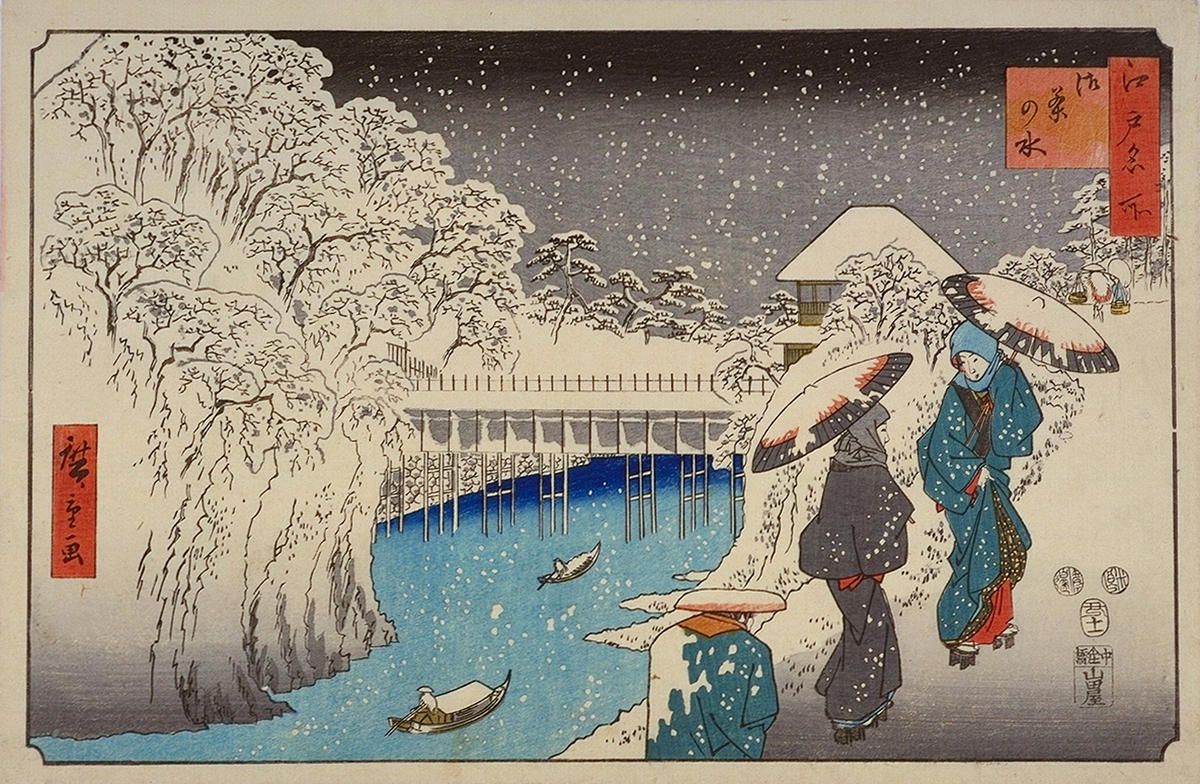
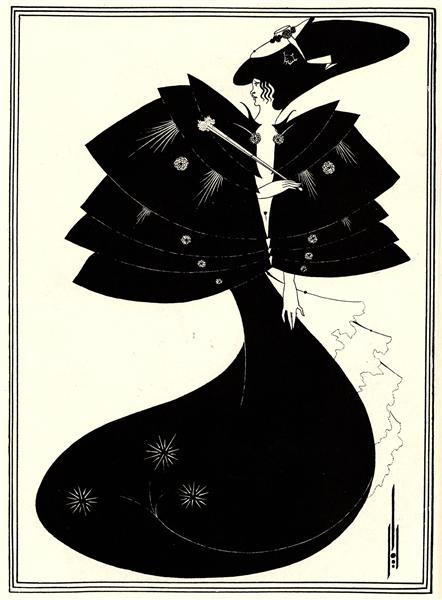
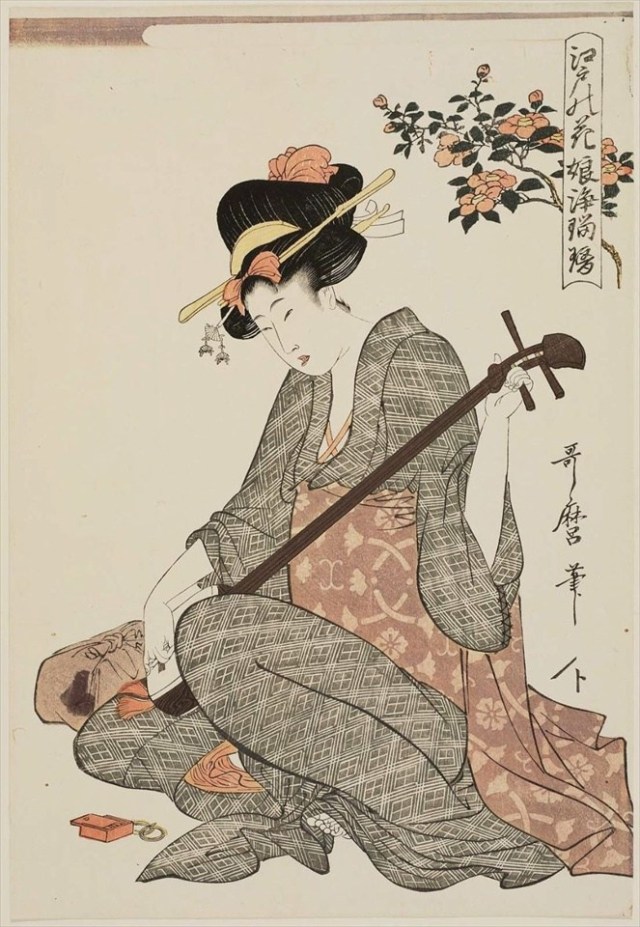
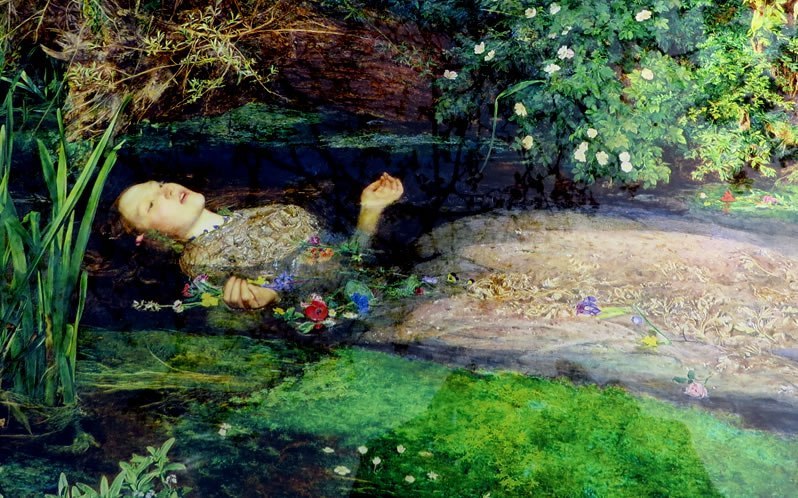
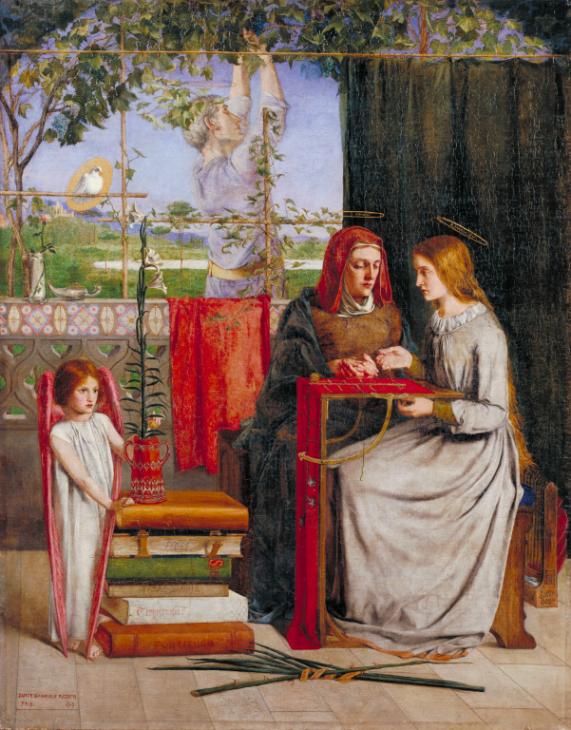
 RSS Feed
RSS Feed